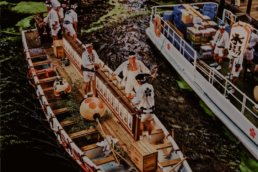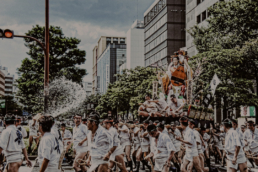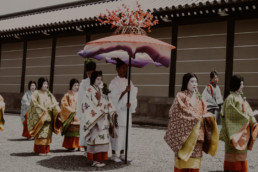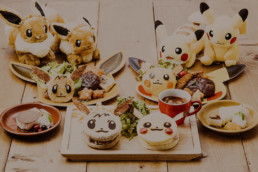Japan Tradition: Tenjin Matsuri
The Japanese summer is characterized by the famous matsuri, including the Tenjin Matsuri (天神祭) of which we speak today.


photo credits: Pic tures, jtabn99
Ranked as one of the three largest Matsuri in Japan, Tenjin Matsuri takes place in Osaka. It started in the 10th century, but today it takes place between 24 and 25 July each year. However, the major celebrations take place on the second day, including the procession along the river together with the fireworks display.
This particular festival is dedicated to the Tenmangu Temple and its main deity Sugawara Michizane, God of scolars. Like other famous matsuri (Gion Matsuri di Kyoto and Kanda Matsuri di Tokyo) also here the festivities begin in the temple.
Le festività


It all starts with the opening ceremony. Here the deity is invited to leave the temple and then a parade begins. The inhabitants of Osaka entertain the divinity with exuberant festivities, before bringing it back to the temple.
This becomes an opportunity for everyone to fully enjoy the hot days of summer. In fact, you can see people wearing traditional costumes and spectacular parades.
The Tenjin Matsuri in detail
As we have said, the Tenjin Matsuri takes place over two days. The first day, on the morning of July 24th, the festival begins at the Tenmangu Temple. Here people gather for a traditional ritual and then move on to pray by the river. The inhabitants of Osaka in this way in fact ask for prosperity and security for their city.
In the afternoon of the same day, the drums are played by men with big red hats. This serves to inform the population that preparations for the festival are complete.
However, the culmination of the celebrations takes place at 3.30 pm on the second day, July 25th. At this time, the drum players with red hats lead the procession.
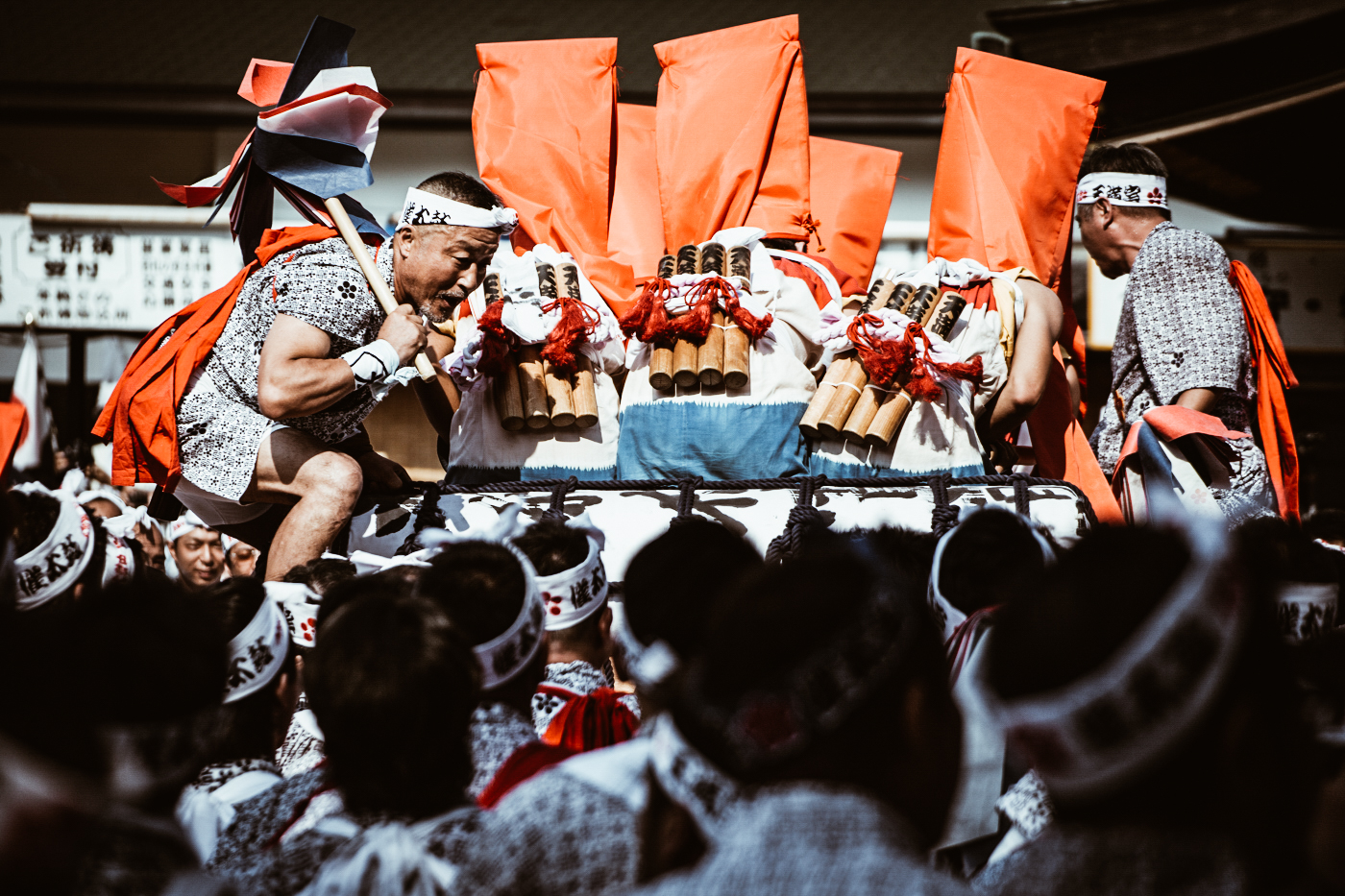
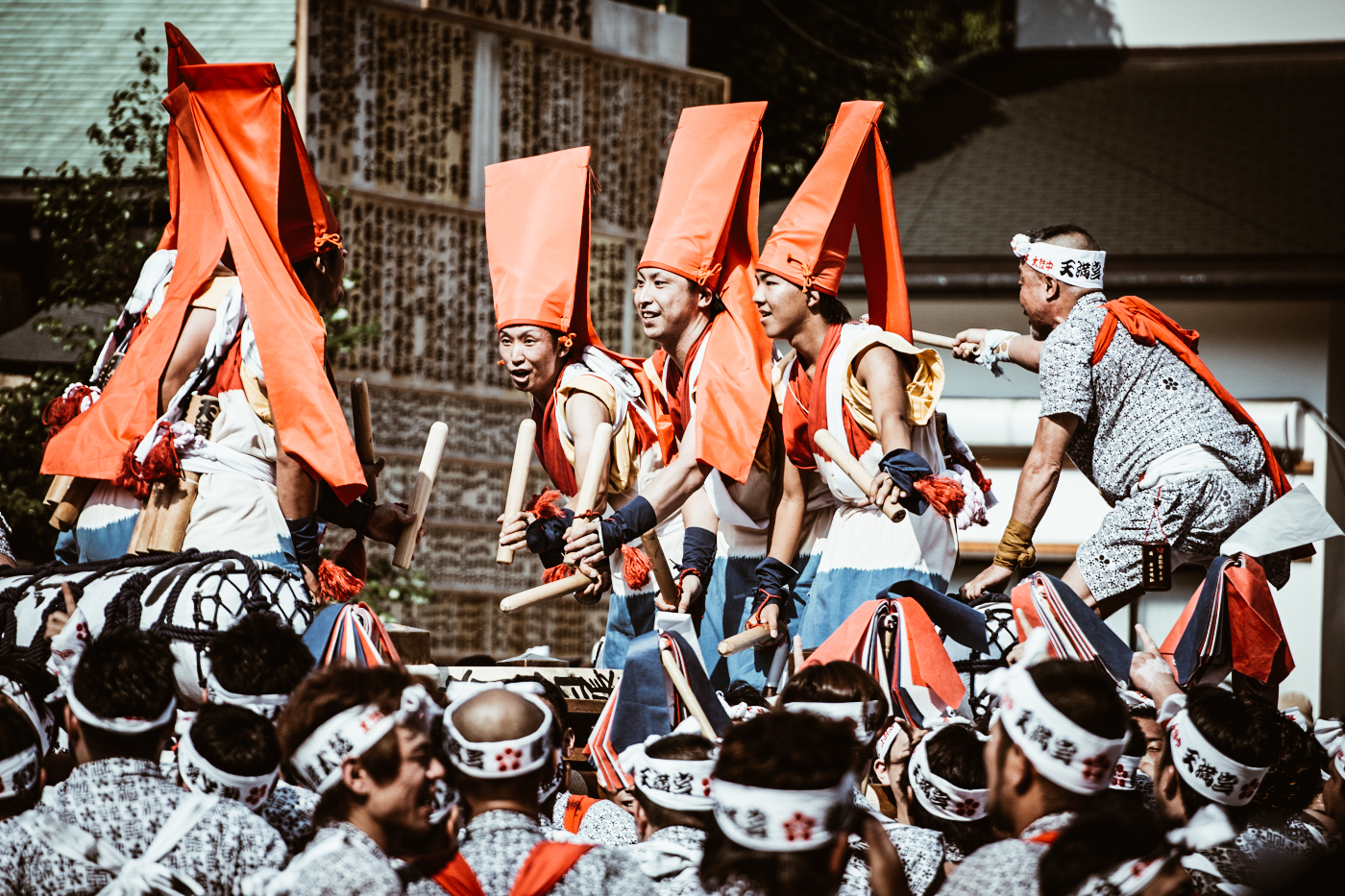
photo credits: hyossie
Starting from the Tenmangu Temple, the parade crosses the streets of Osaka. In this long procession, we find characteristic masks. We cannot fail to mention the Sarutahiko, a long-nosed goblin riding a horse. These masks are accompanied by inflatables, festival music, dancers of various kinds and other attractions.
An hour after the procession begins it is time for the mikoshi to leave the temple. This "portable temple" contains within it the deity Sugawara Michizane. On this occasion, the mikoshi follows a girl and a boy who have the task of guiding a sacred ox, the messenger of Michizane. During the parade other mikoshi appear, but if you want to see the one dedicated to Michizane, keep your eyes open for the temple with the phoenix.
At 6 pm, the parade arrives at the Okawa river. Here the people and the mikoshi are loaded onto the boats to continue the parade on the river.


photo credits: jtabn99, pasteis de nata
The Tenjin Matsuri and the "stage boats"
It is also possible to find "stage boats". In fact, on some of these boats, it is possible to watch performances of the traditional Noh and Bunraku theater. Moreover, in the midst of all these boats, you can also see the Dondoko, small boats that easily navigate the river thanks to young rowers.
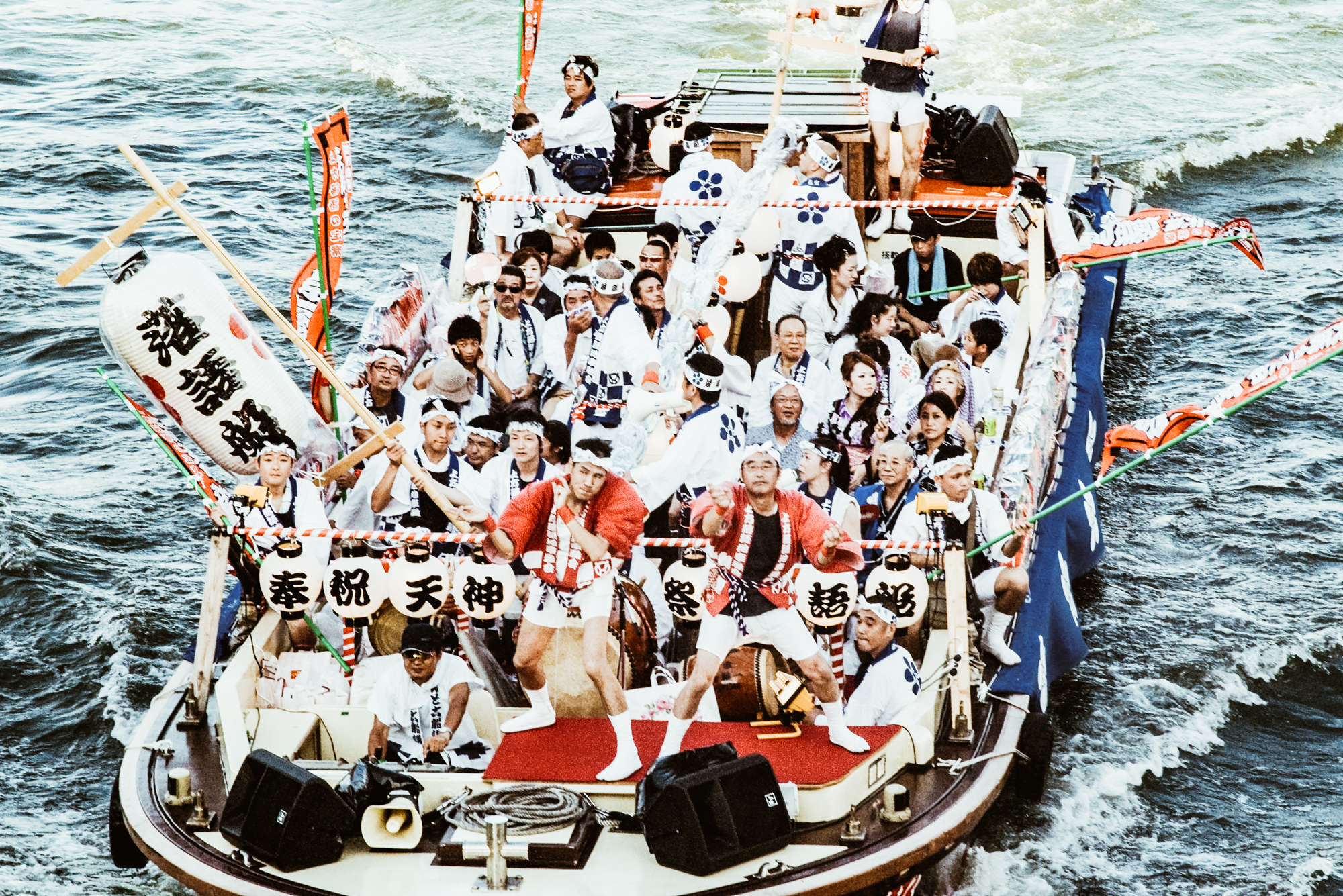
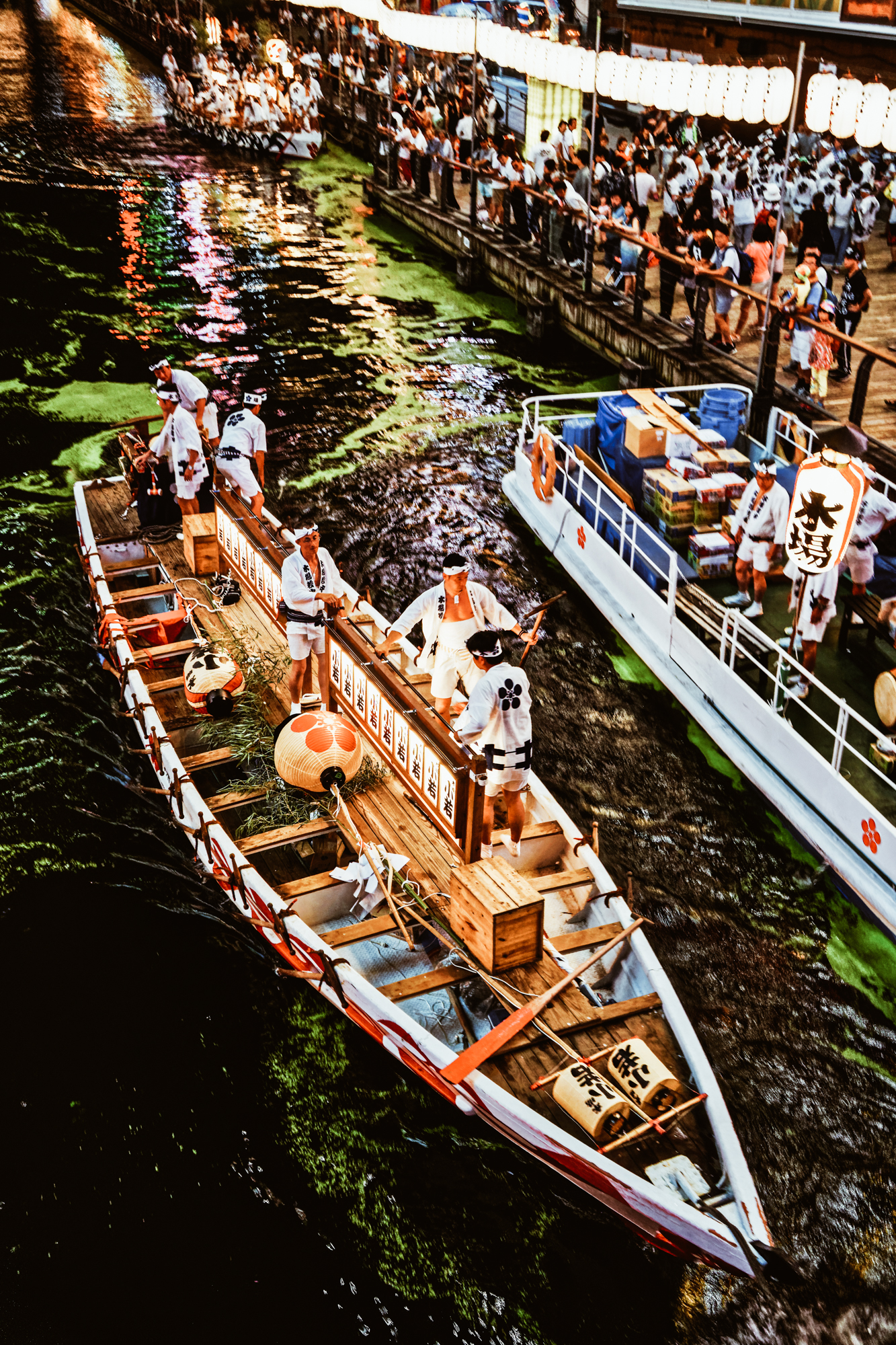
photo credits: elmimmo, wolf4max
We cannot then forget the endless delights of street food in Osaka, an extremely famous city for its food.
The procession continues while the celebrations go on during the evening. The climax is reached again from 19:30 to 21:00 when the fireworks show begins. Japan is known, it is famous for its fireworks show. However, those of the Tenjin Matsuri along with its illuminated ships reflecting on the river, offer a unique show of its kind.
After the end of the fireworks, the mikoshi land and return to the temple at 22:00, marking the end of the festival.
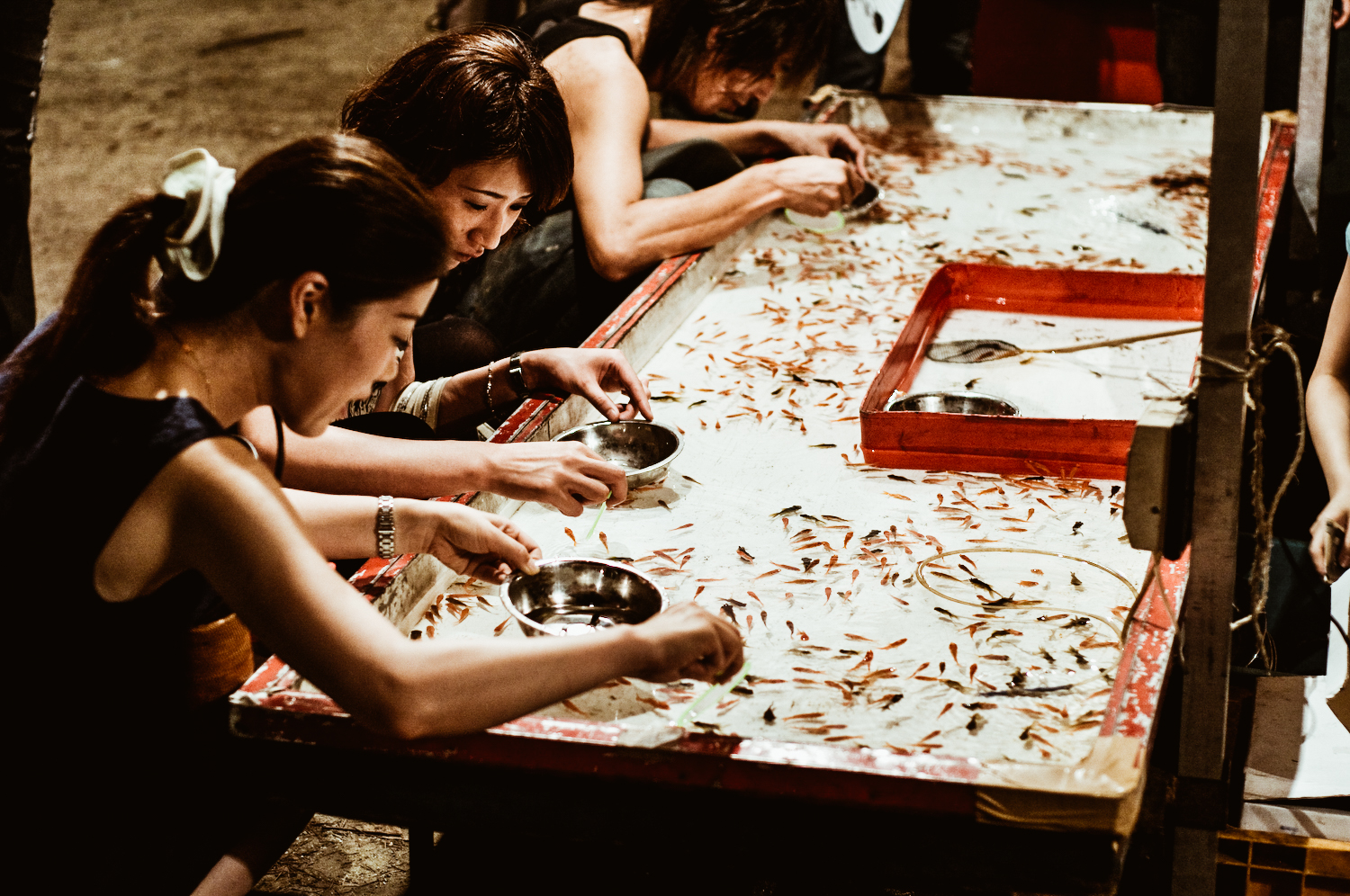


The turnout
Tenjin Matsuri is usually one of the busiest times of the year, especially along the banks of the river during the evening show. In fact, to watch the fireworks show it's really hard to find the right place to fully enjoy the show.
However, there is the possibility of purchasing tickets for seating located near Temmanbashi station. The cost is about ¥6000 and requires reservations in advance. This will allow you to have a good view of the procession but not a perfect view of the fireworks.

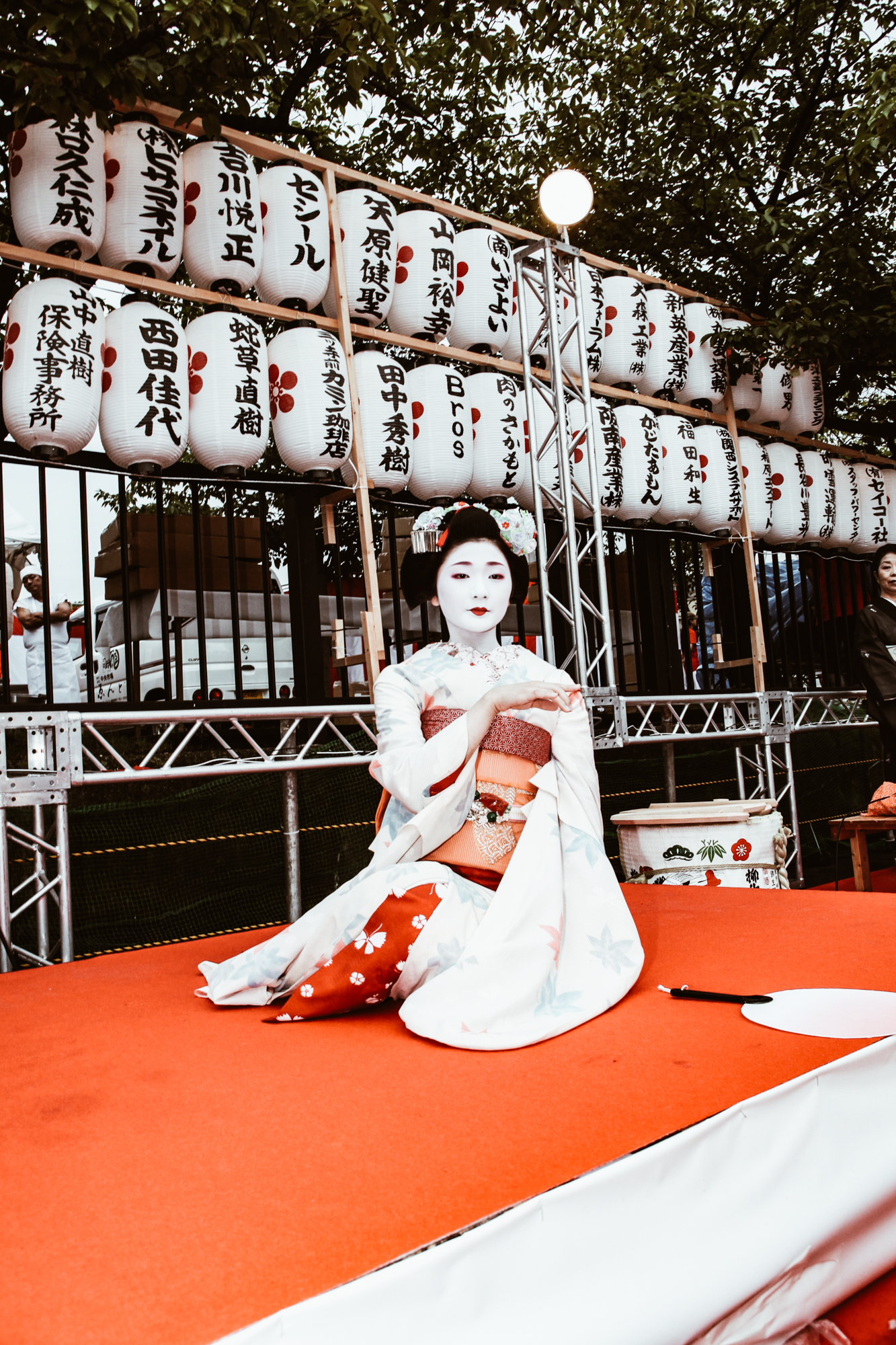
photo credits: japannewbie, Mi-Shin Shinoyama
The bridges along the Okawa River are closed during the parade and offer a privileged place as a viewing spot. However, visitors cannot stay long to ensure smooth traffic for all those present. Instead, the Kawasaki bridge is also closed to the public also because common people are not allowed to look at the temple deity from above.
The town decorated
During the Tenjin Matsuri, Osaka is decorated with thousands of colors, lights, torches, and lanterns all along the city center. A show not to be missed for both locals and tourists!
If you have witnessed past matsuri or are planning to attend the next one coming, let us know what you think!

photo credits: Laura Barrio
Focus on: Japanese street food
If you love Japan you surely love its culture for food and in particular Japanese street food.
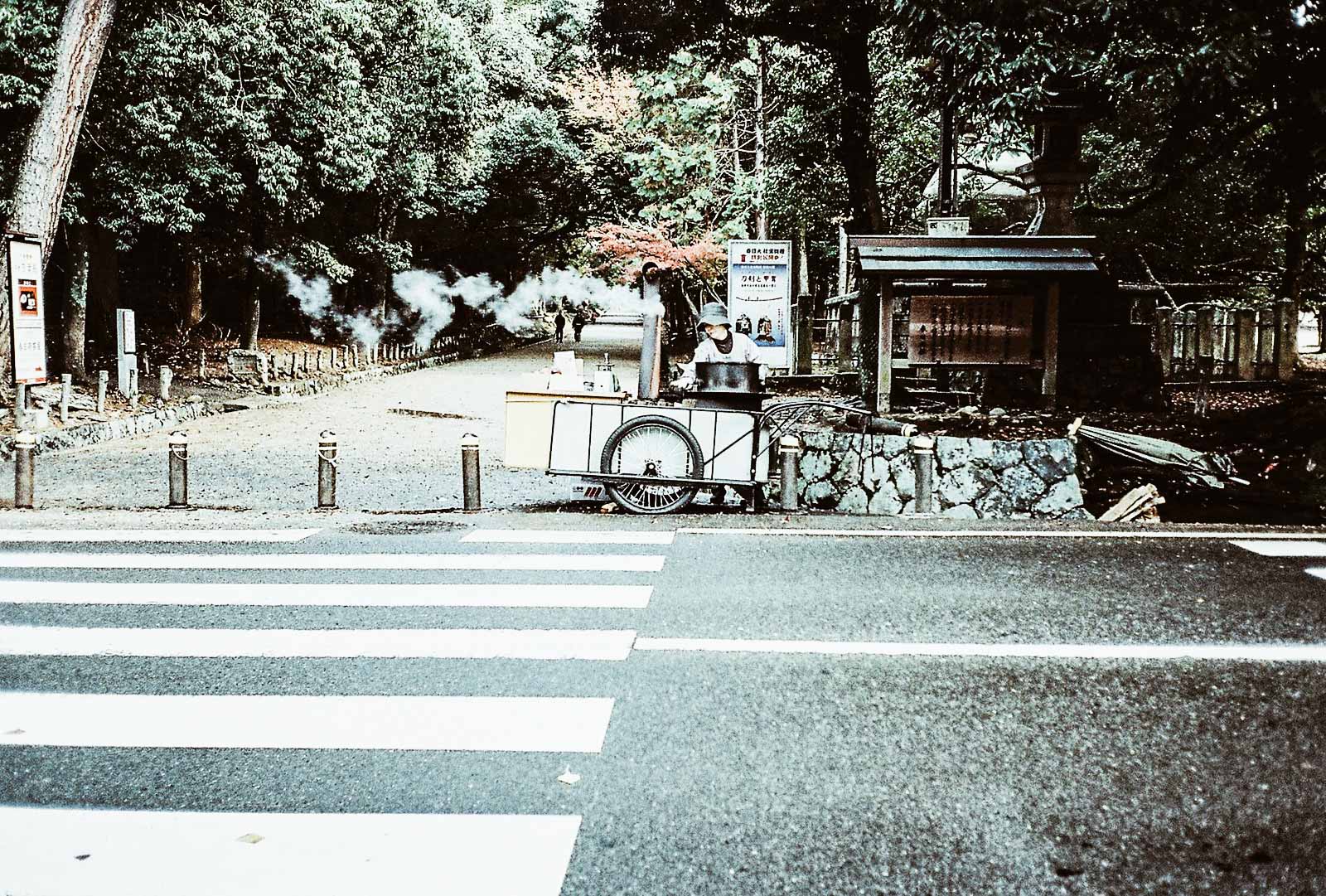
photo credit: jackwilson
Perfumes, colors and flavors mix on the streets of Japan. Whether it's special events or an ordinary day, the traditional street food stalls, commonly called Yatai, offer culinary wonders. Sweet or savory, these delicacies are not normally found in restaurants or have a much more intense taste cooked by the street vendor.
All the tasty on-the-go dishes are particularly cheap, but always of the highest quality. The selection that the Yatai offer often varies between the seasons and also between the regions of Japan. Despite this, the list of delicacies is so vast that I prefer not to dwell on talk: let's start this special sensory journey immediately!
Some of the most famous street food

photo credits: jmettraux
Okonomiyaki
Especially widespread in Osaka it is also known as "Pizza of Osaka". The お好み焼き literally okonomi = what you want, yaki = grilled, is the Japanese version of a classic pancake. However this dish is not sweet but based on cabbage flakes, flour and eggs, with the addition of ingredients like meat and fish. Everything is cooked on a hot plate. There are variations in Hiroshima and Tokyo, but this sort of "omelette" has become famous also thanks to the anime "Ai shite Naito" (愛してナイト), known by us as "Kiss Me Licia". Do you remember Yaeko's father (Licia), Shige-San (for us Marrabbio)? In fact, he was the owner of the okonomiyaki-ya, the typical okonomiyaki restaurant!
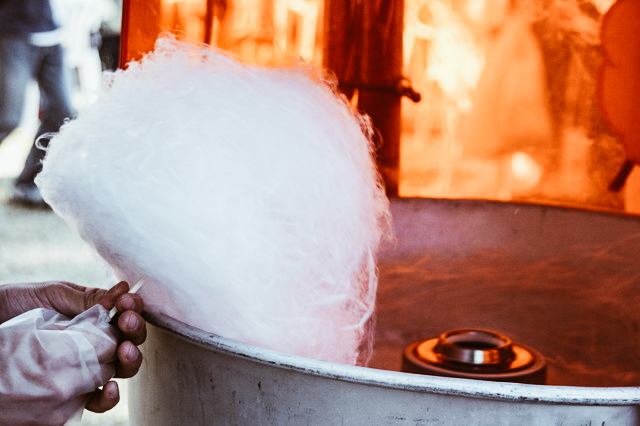
photo credits: favy-jp.com
Wataame
Imagine being able to eat a soft cloud and you will have Wataame or Watagashi (綿あめ), the sweet Japanese cotton candy. This simple delicacy loved above all by children can be found everywhere. In fact we find them at the Yatai, where you can see their realization, or buy it ready-made and packaged in colorful packages and often decorated with manga characters.
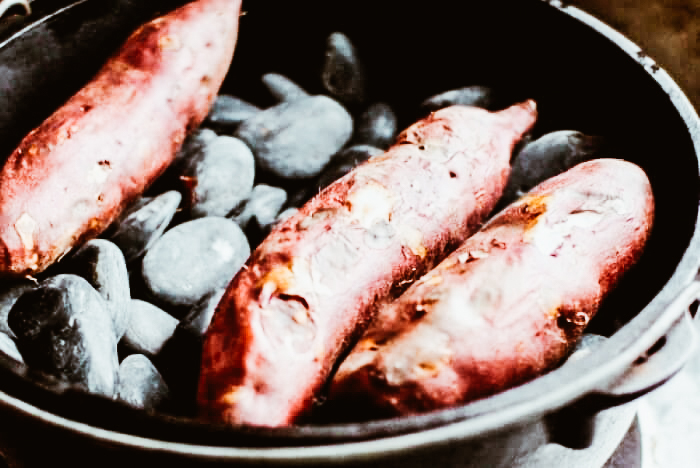
photo credits: jpninfo.com
Yaki Imo
Yakiimo or Ishi Yaki Imo (焼き芋/石焼き芋) is a small authentic autumnal treasure of the Japanese tradition. Made with satsuma-imo, a Japanese sweet potato with a caramel flavor, it cooks in a wood-fired oven and is served wrapped in brown paper. It is easy to identify the yatai that offers this specialty. In fact, if you prick up your ears, you can hear songs that spread through the streets to attract customers!
Long ago, yaki imo ya san (焼き芋屋さん, as they are called roast potato vendors) crossed the city streets with carts. However, today it is easier to see them moving on small trucks.
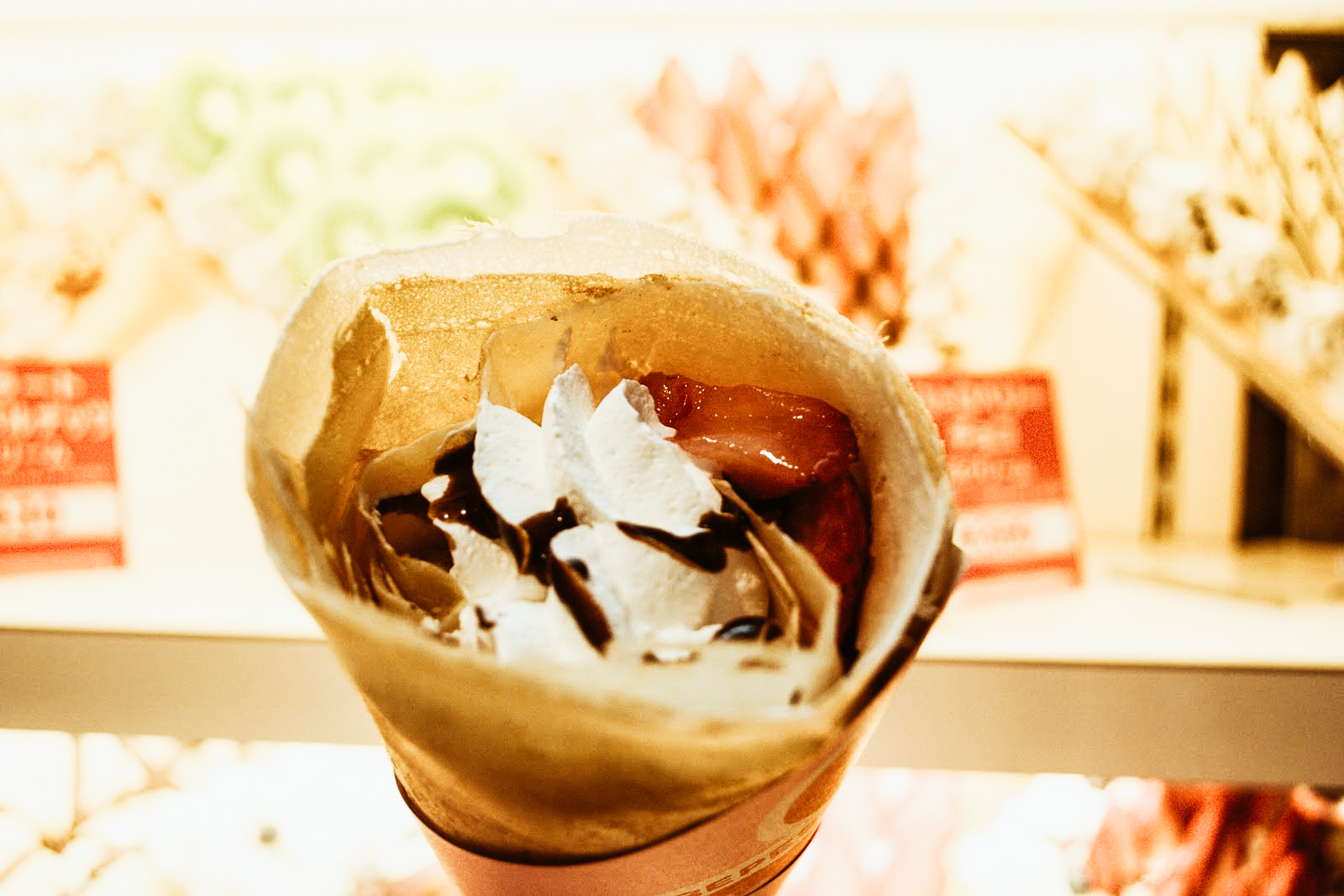
photo credits: littlejapanmama.com
Crepes
The crepes, originating from France, soon spread also in the Rising Sun. in fact, towards the end of the 1970s, they became the sweet snack on the go, especially in the Harajuku district. The classic batter is cooked on the hot plate and filled with nama kurimu (delicately sweet whipped cream), chocolate, ice cream and fruit, variegated with various syrups, folded into the typical cone shape and served wrapped in paper for easy consumption.

photo credits: nonilo.com
Imagawayaki
Imagawayaki (今川焼き) is a dessert that is often found for sale at festival stalls. Based on the region its name varies in Ooban yaki (大判焼き) or Kaiten Yaki (転焼き). However, "wagashi" (和菓子) is the original name of this dessert that spread during the Edo period. The batter, made from flour, eggs and water, is poured into a special plate and filled with red beans (azuki). Over time, many variations have become widespread that provide a wide variety of fillings. In fact we can find vanilla cream, cream and fruit jams, curry, meat, vegetables and potatoes.
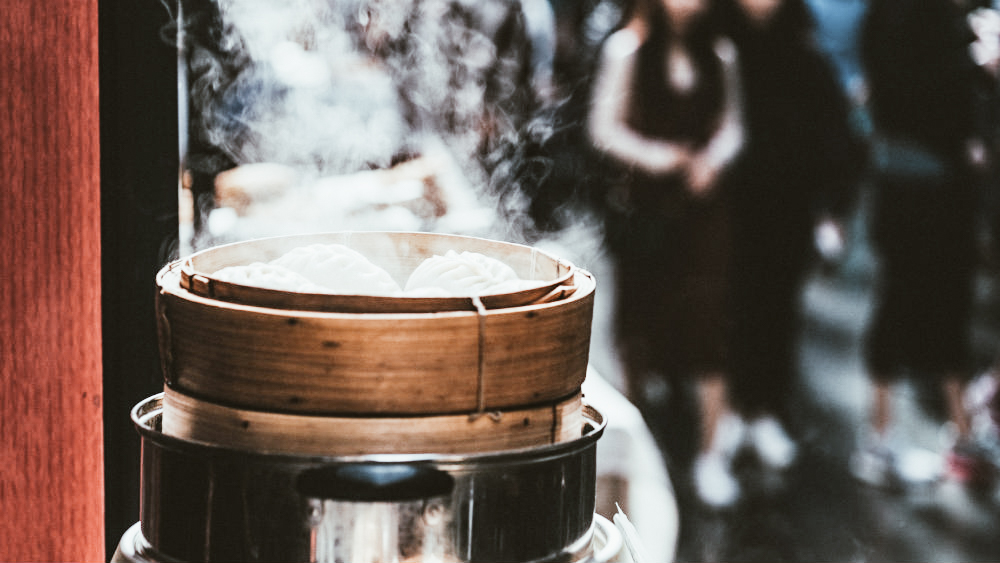
photo credits: italianfoodacademy.com
Nikuman
These irresistible round rolls stuffed with meat (niku) usually pork (buta) and steamed, are an institution in Yokohama! Their name however varies from Nikuman (肉まん) in the Kanto region to Butaman (豚まん) in the Kansai region. Savored alone or accompanied by soy sauce, they are a perfect snack, a must try!
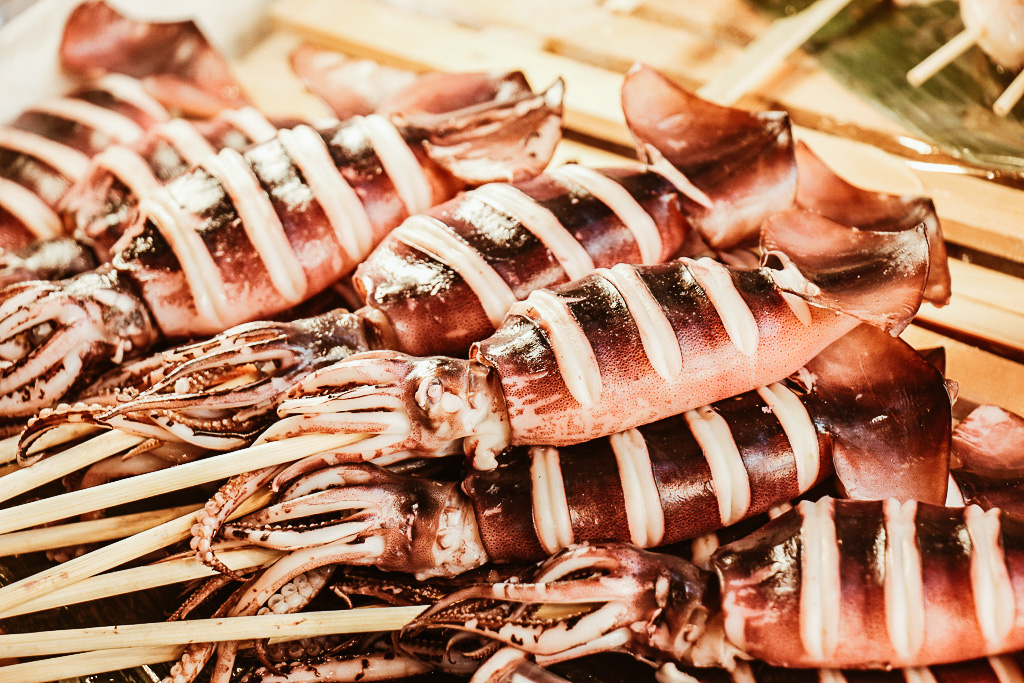
photo credits: jetsettingfools.com
Ikayaki
Ikayaki (いか焼き, イカ焼き or 烏賊焼, baked or grilled squid) is one of the Japanese's favorite street snacks! They are usually accompanied with soy sauce, teriyaki or a traditional sauce that typically includes rice wine, miso paste, ginger and soy sauce. What makes these squids tender and plump is their quick preparation and are served immediately off the grill.
Finding ikayaki is quite simple: local markets, shrines and festivals always offer this delicacy!
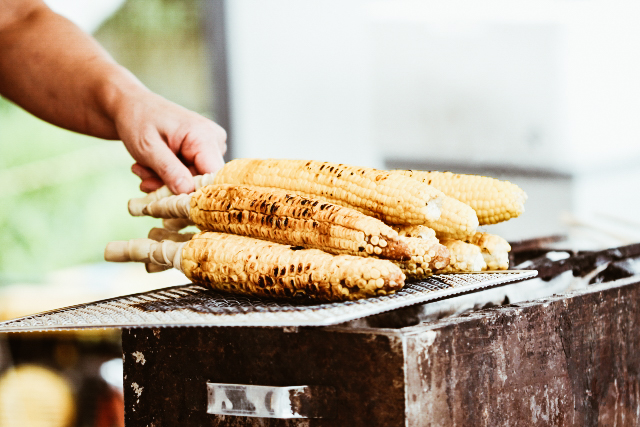
photo credits: zojirushi.com
Yaki Tomorokoshi
In Japan, Yaki Tomorokoshi (焼きうもろこし) is one of the seasonal street food that can be found at fairs and during festivals. It consists of a grilled panicle, covered with a mixture of sweet soy sauce and spicy pepper.

photo credits: favy-jp.com
Choco Banana
An extremely simple yet unique dessert: choco bananas are a must for Japanese festivals! Delicious frozen bananas covered with any kind of chocolate and decorated with sugar or hazelnut grains. Serve on a stick, the choco bananas can make us westerners smile thanks to their equivocal shape, but once you taste them you won't be able to do without them!
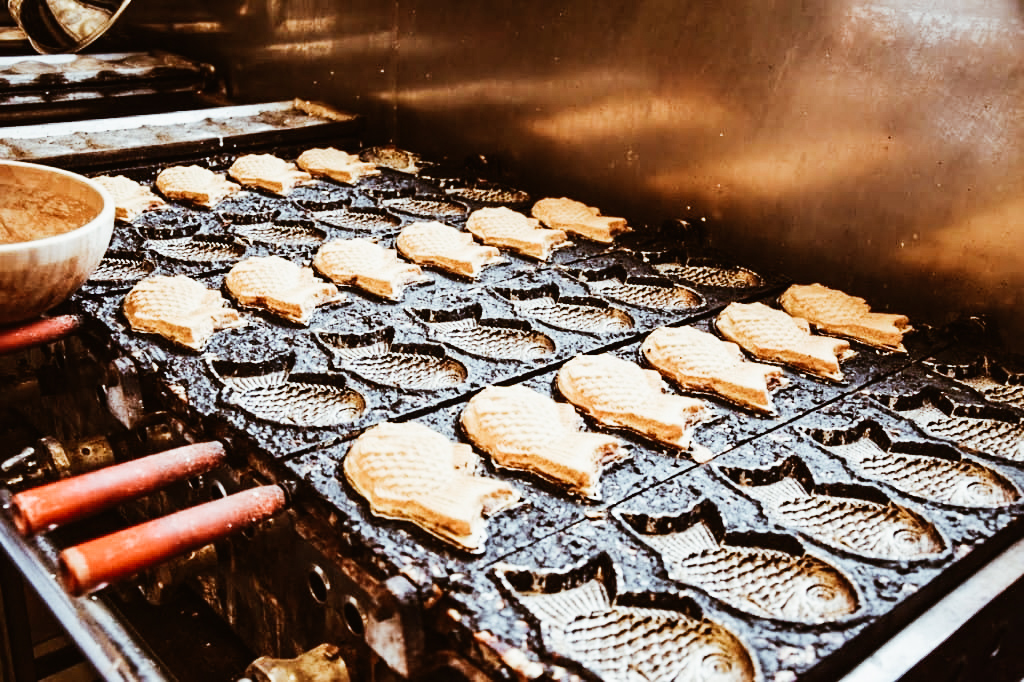
photo credits: matcha-jp.com
Taiyaki
The paradisiacal scent of Taiyaki (たい焼き) is unique and it is impossible to resist it! Their shape is typical "a pesce" ("tai", stuffed with cream of red beans or cream, but also many seasonal variations such as sweet potatoes and chestnuts!
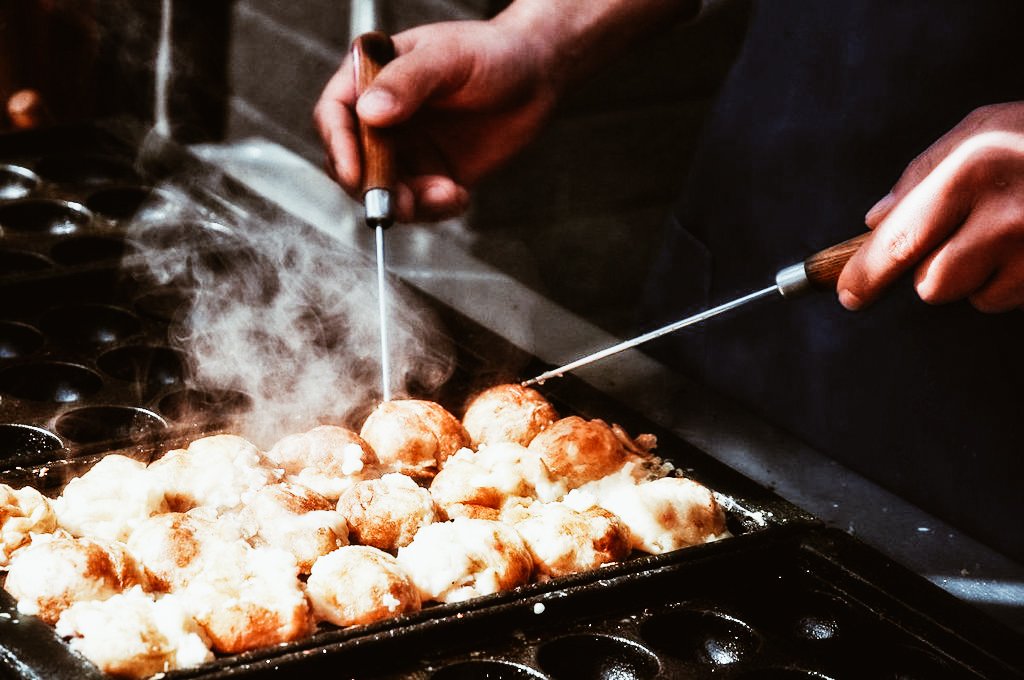
photo credits: Hayley Casarotto
Takoyaki
Takoyaki (たこ焼き fried or grilled octopus) are fried balls of batter filled with octopus, green onions, ginger and pieces of tempura. They are then seasoned with an Otafuku sauce, minced aonori seaweed, mayonnaise and katsuobushi (dried and smoked striated tuna flakes). It is a specialty of Osaka cuisine, but the sellers of these delights can be found in almost every country.
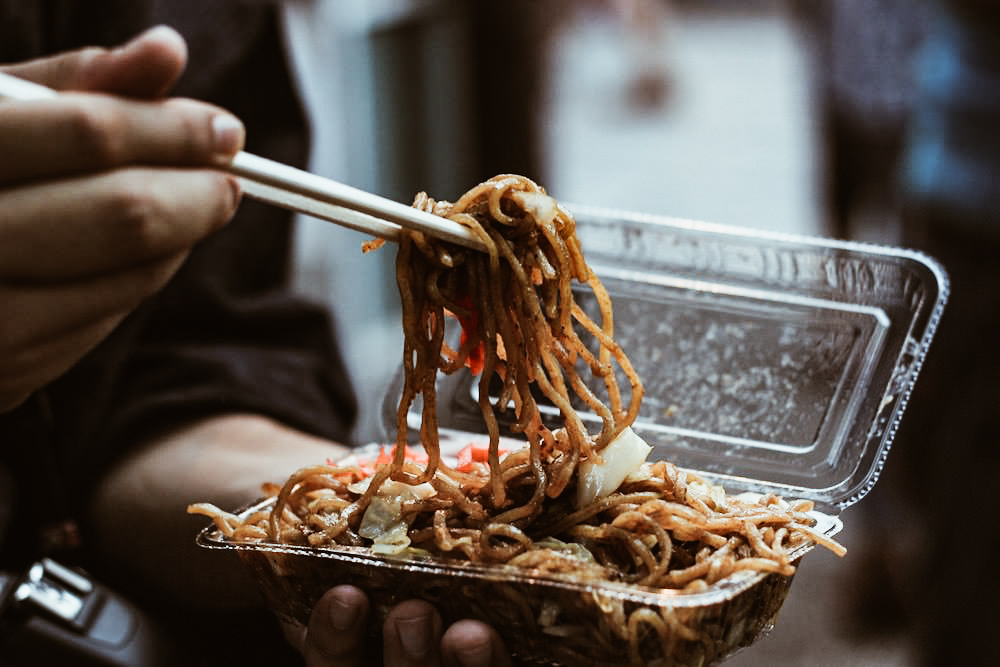
photo credits: hubjapan.io
Yakisoba
Yakisoba (焼きそば, sautéed spaghetti) are one of the quintessential comfort-foods of Japanese cuisine and one of the best-selling snacks from stalls during festivals! The dish consists of stir-fried noodles with pieces of pork. Accompanied by various vegetables such as cabbage, carrots and onions and seasoned with a special sauce that gives them the typical spicy flavor. On the street you can even find them served in a hot-dog style inside a sandwich and seasoned with mayonnaise and pickled ginger!
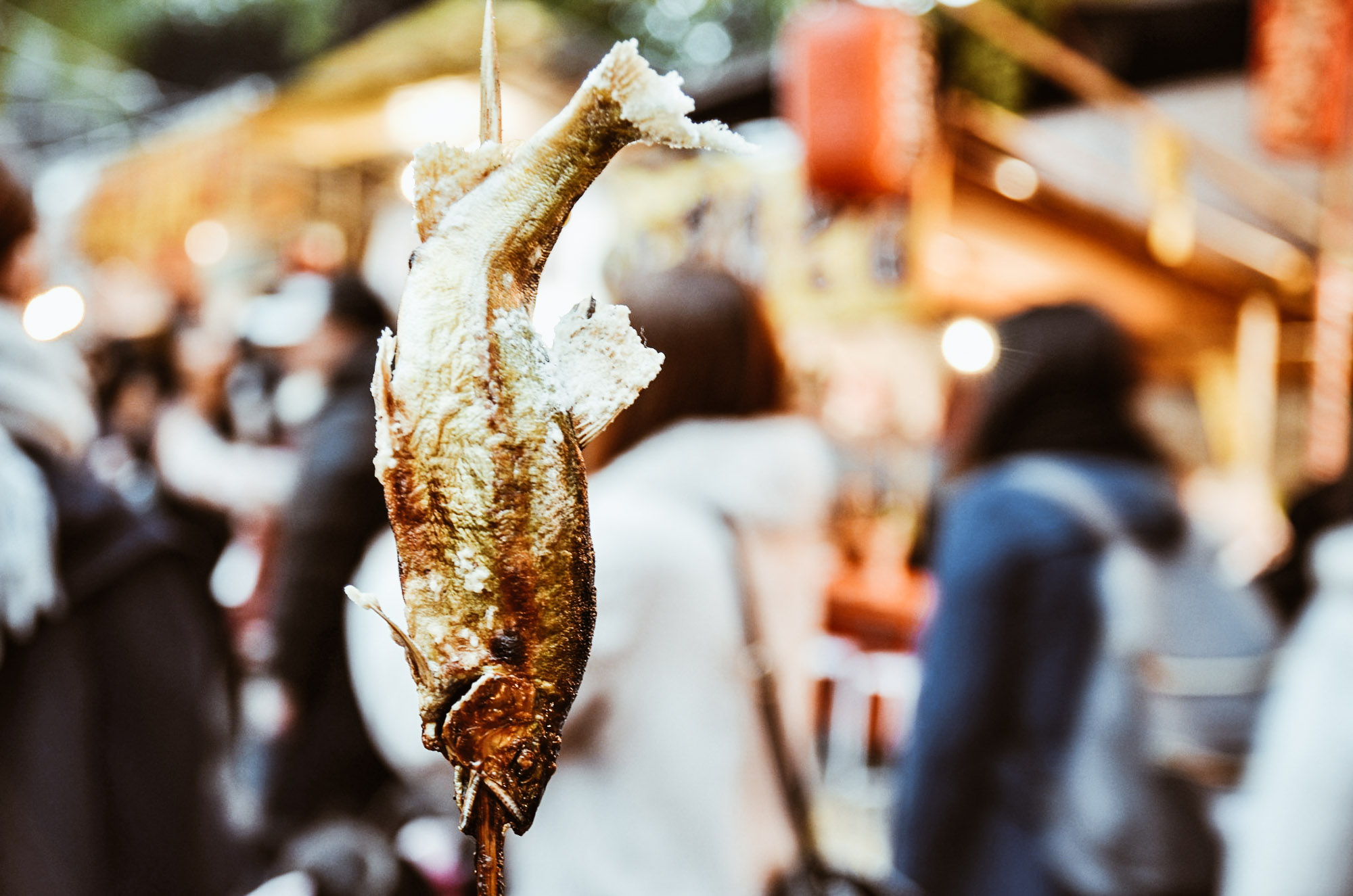
photo credits: pellgen (@1179_jp)
Ayu No Shioyaki
The Ayu no Shioyaki (鮎の塩焼き) are pieces of typical Japanese fish grilled and seasoned only with salt. These are then impaled on the skewer and represent a summer must that recalls the peace and energy of the rivers.

photo credits: e-sumida.gr.jp
Kare Pan
Kare pan (カレーパン) is an unusual and tasty snack consisting of Japanese curry wrapped in a slightly sweet, breaded and fried dough. The curry used is very different from what we know here in the West. In fact, it is dark in color and has a more delicate flavor that is well suited to this particular recipe.
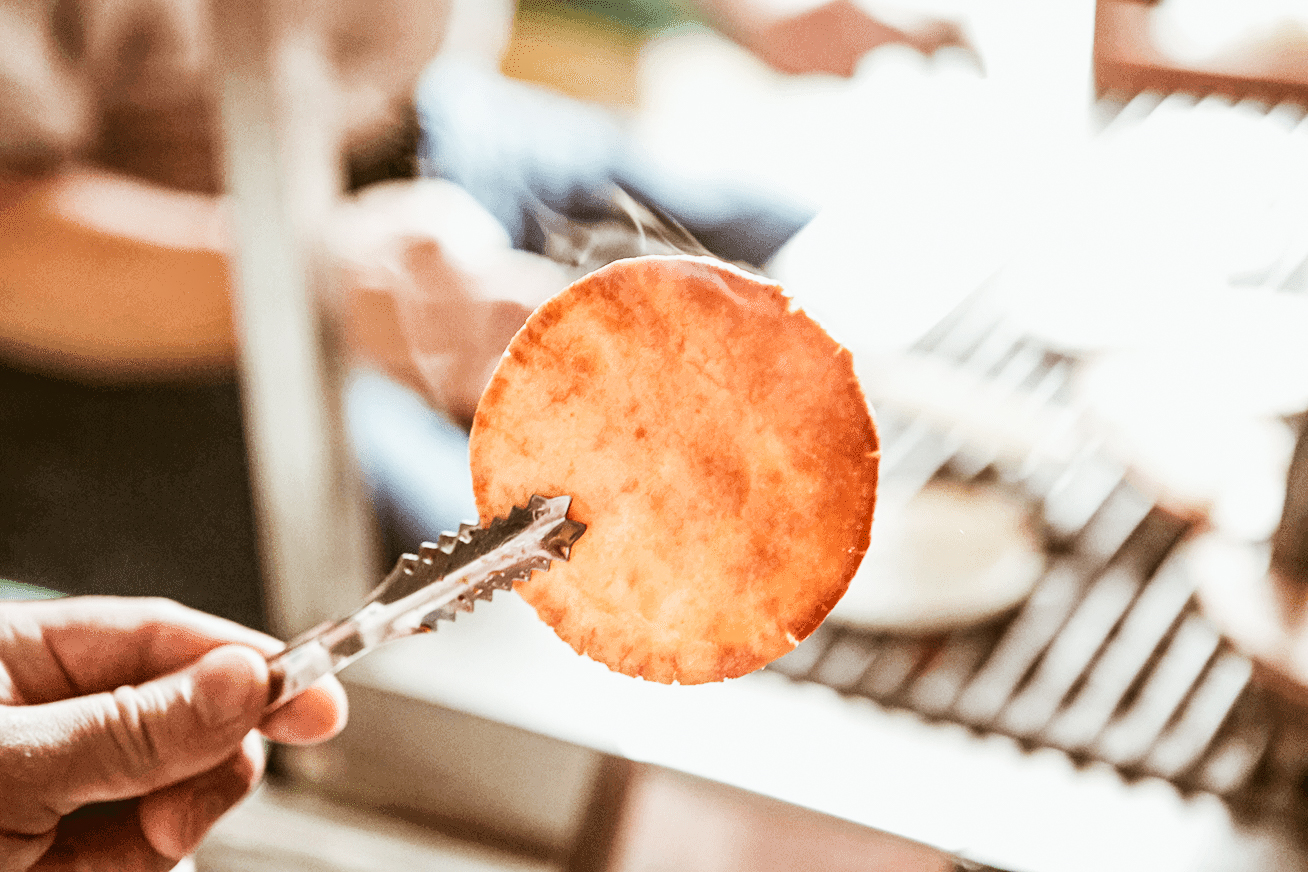
photo credits: e-sumida.gr.jp
Senbei
A charcoal grill, rice flour, water and a myriad of flavors are the foundations of Senbei (せんべい). Also known as Japanese rice crackers, nobody can resist. Sweet or savory, the crunchy senbei are of various shapes and sizes and for 300 yen. A must try snack!

photo credits: M's photography
Dango
Outside the Shintoist temples, the dango vendors (団子) peep! These firm, round glutinous rice flour and water dumplings are typically served on a skewer and there are different types. An-Dango are the most popular in Japan based on sweetened anko. Instead, Bocchan Dango are the most famous and aesthetic. In fact, we are used to seeing them almost everywhere online and in Anime. They are available in 3 colors: the first is colored by red beans (red), the second by eggs (Yellow), and the third by green tea (green).
The Chichi dango instead are slightly sweet, while the Goma dango have sesame seeds and can be either savory or sweet. Then we pass to the Kinako dango based on toasted soy flour and to the Mitarashi dango covered with a glaze of sweet soy sauce.
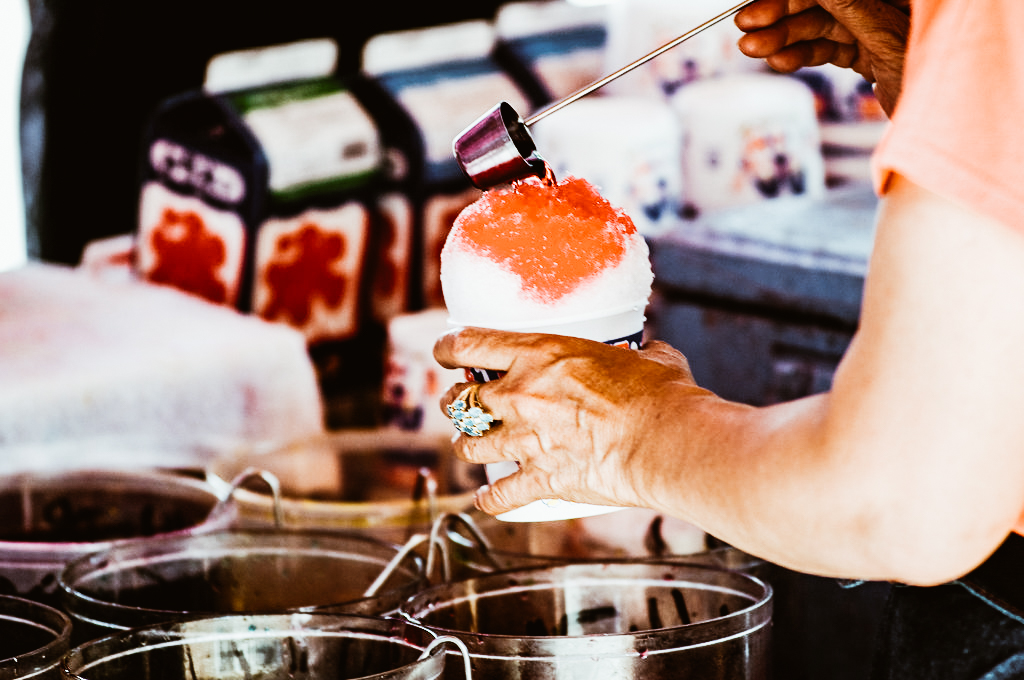
photo credits: Justin C.
Kakigōri
It would be a heresy to define kakigōri (き氷) as a granita: it is something more special, with a soft consistency like snow! The chopped ice is flavored with a fruity syrup (strawberry, cherry, lemon, green tea, grapes, melon, sweet plum) and sweetened with condensed milk. There is an original version of Kagoshima, the shirokuma (白熊, literally "polar bear"), flavored with condensed milk, small colored mochi, fruit (mandarin, cherry, pineapple and raisins) and sweet bean paste (azuki).
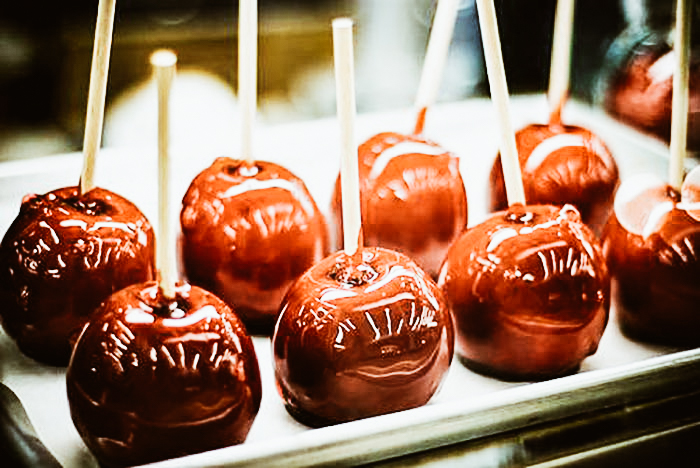
photo credits: yutaka.london
Candy Fruits
Candied fruit is among the most widespread on the roads of the Rising Sun. Ichigo Ame (candied strawberries), Mikan Ame (candied Japanese mandarin), Ringo Ame (candied apples) and Anzu Ame (candied apricots) are irresistible. If you are a sweet lover you cannot miss it. Juicy fruits dipped in caramelized syrup and skewered by a skewer to be eaten on-the-go while your eyes are filled with the wonders of Japan!
These street foods are only a hint of all that Japan can offer. However, if you get hungry while you are walking down the street because a good smell has tempted you, then do not hesitate! Run to taste these specialties and let us know what you think!
Hakata Gion Yamakasa Matsuri
Every festival in Japan is overly attractive, especially the Hakata Gion Yamakasa Matsuri. Traditions so different and distant from ours that they deserve to be lived at least once. Colors, vivacity, and spirituality are mixed in a vortex of emotions that only the Rising Sun is able to offer.
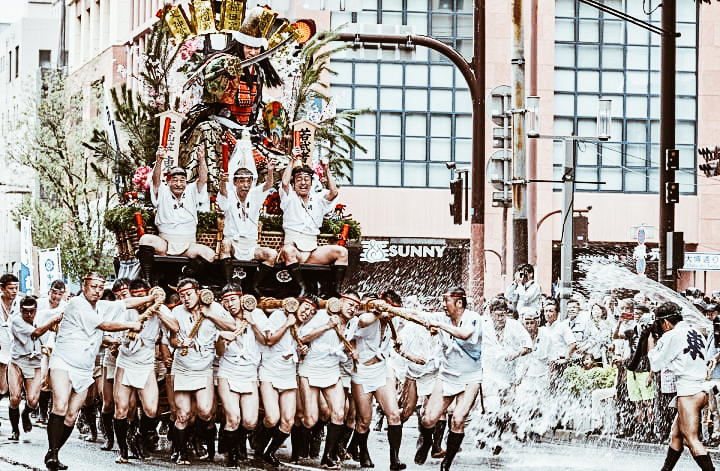
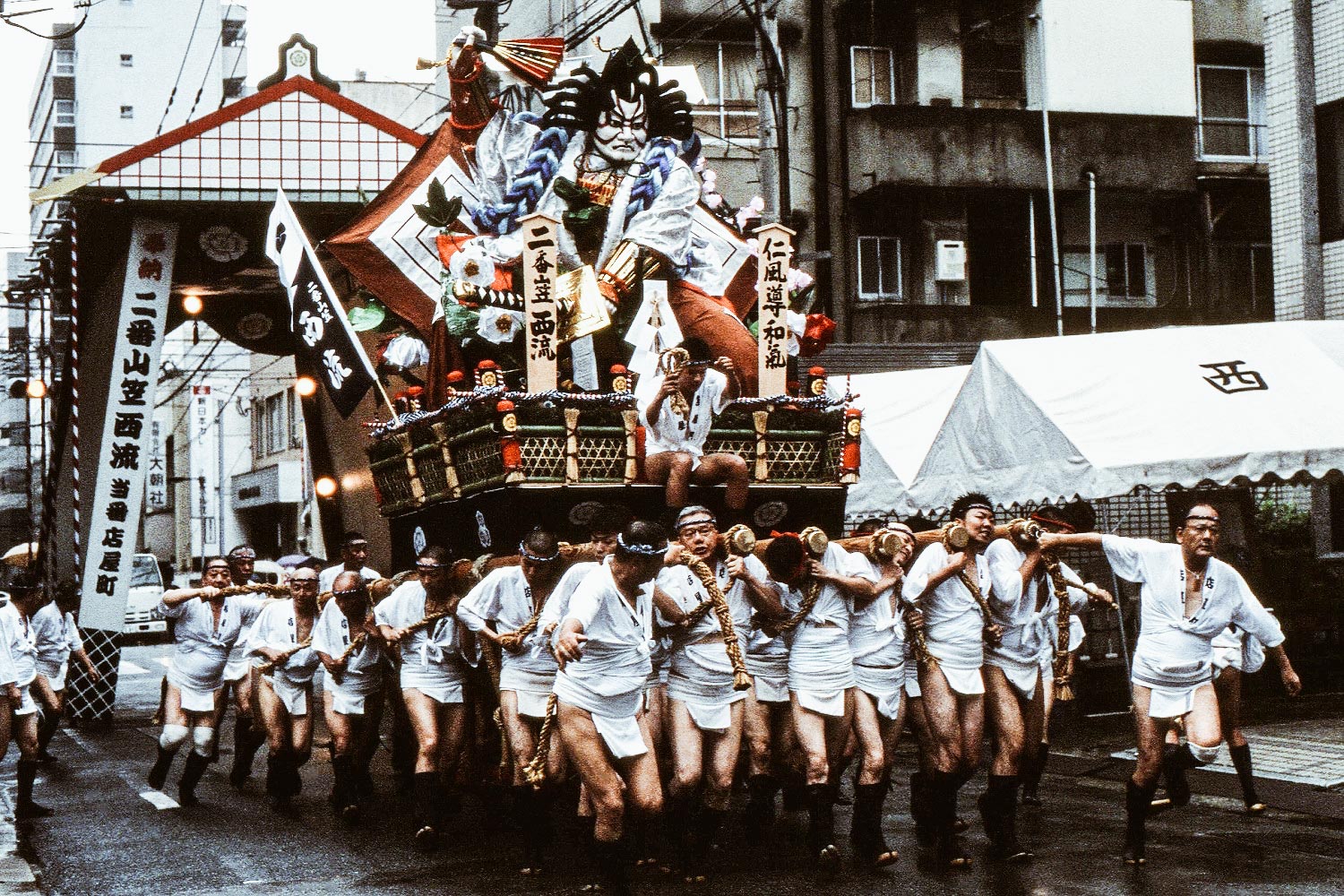
photo credits: matcha-jp.com, gaijinpot.com
The intangible cultural heritage of sacred origins
For more than 700 years, Hakata Gion Yamakasa has been celebrated in the Hakata (Fukuoka) district from 1 to 15 July. Designated as "intangible cultural heritage" by the Cultural Affairs Agency, this festival has its origins in the 13th century when a plague epidemic struck the city. The population turned to the Buddhist monk Shoichi Kokusgu to pray for the plague to end. The monk was let up on a platform and was transported throughout the city by sprinkling the streets with sacred water. At the end of the tour, the platform was thrown away and the plague disappeared completely.

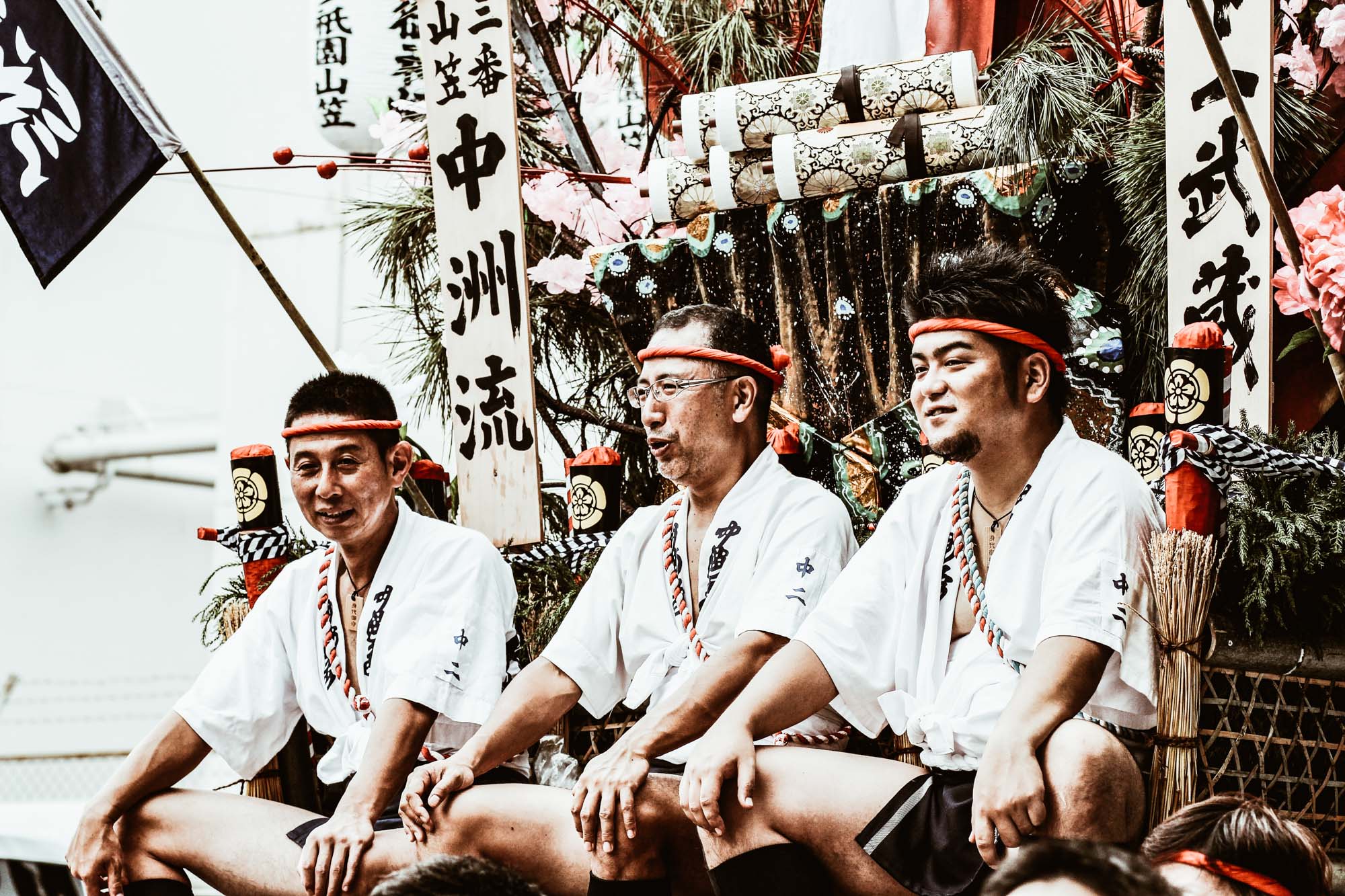
photo credits: Pascal, otsukarekun
Hakata Gion Yamakasa Matsuri: The unmissable demonstration of strength
In the period in which the festival takes place, the frenzy pervades the streets of Hakata discrict. In fact, more than one million people are preparing to attend the celebrations consisting of a chariot race!
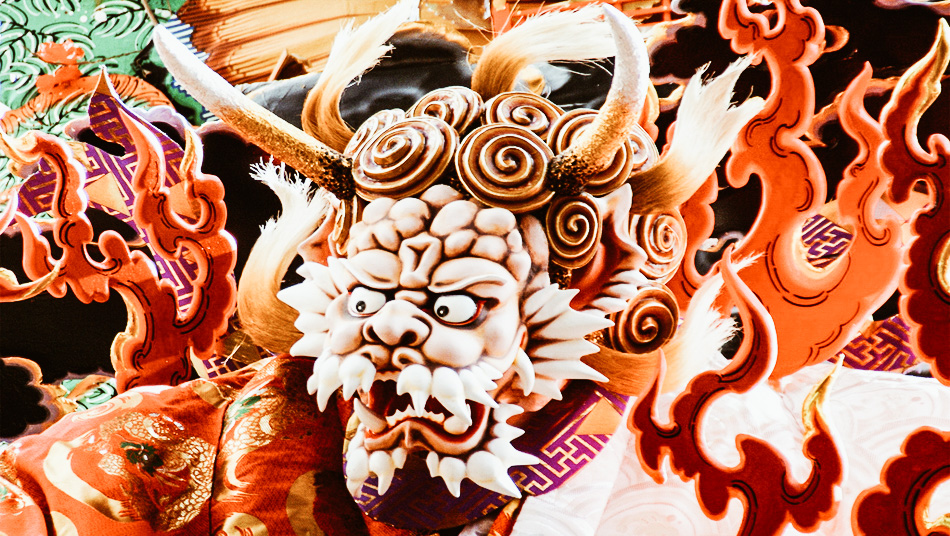
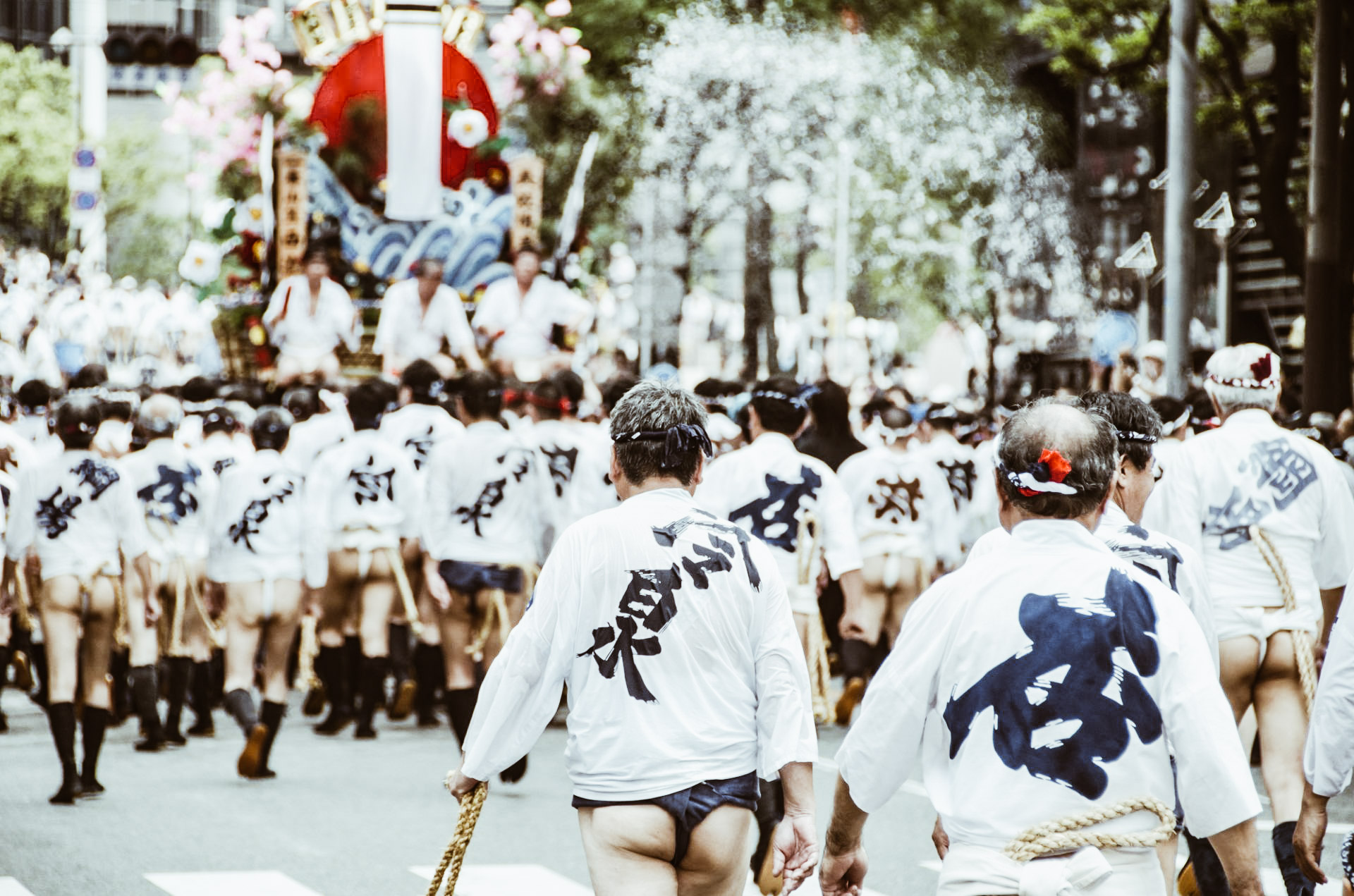
photo credits: japanbullet.com, goodlucktripjapan.com
The participants, who in this case are exclusively men, are organized in 7 Nagare (teams): Daikoku, Higashi, Nakasu, Nishi, Chiyo, Ebisu and Doi. On 1 and 2 July, each district carries its own richly decorated cart, the Kazariyama, which remains on display for a week. Thus the Oshioitori is celebrated, that is the purification of the members of the 7 Nagare. After the prayer, these teams then move from the Kushida temple and go to Hakozakihama beach. Here they take sand to applaud the setting sun. Each of them wears a Mizuhappi (a short jacket), a Shimekomi (the loincloth) and a Tenugui (a band on the head that changes color according to the role played).

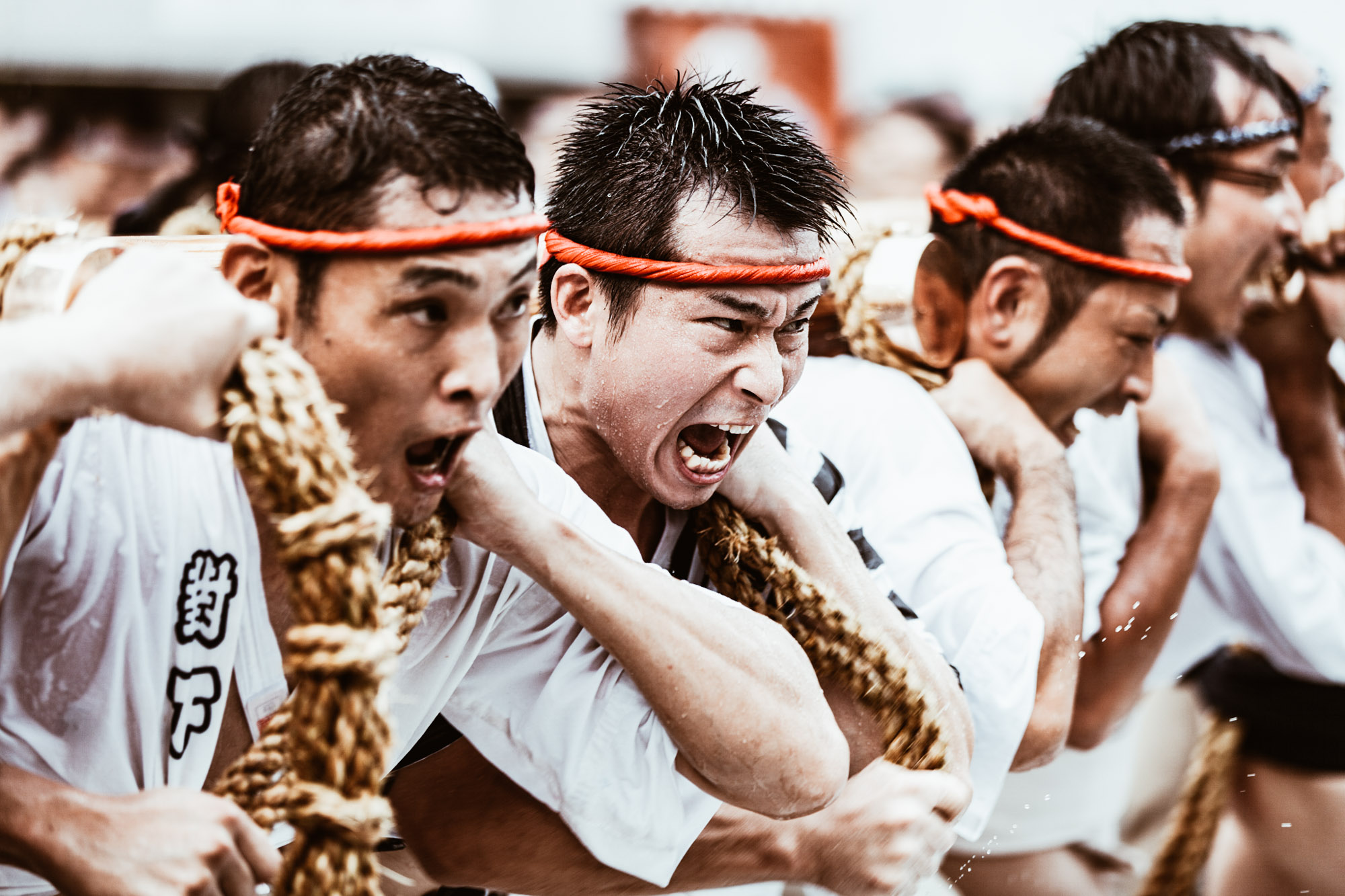
photo credits: shin7d
Training for the Hakata Gion Yamakasa Matsuri
Consisting of a race with wagons in which the winner will be those who have traveled 5 km in the shortest possible time, the participants must be ready for the grand finale. It begins with the Nagaregaki, the moment in which each team raises its wagon for the first time along the streets of its own district.
The next day is the time of the Asayama and the Tanagaregaki: the elderly receive the respect of the youngest and are able to sit on the Kazariyama transported in the opponents' neighborhoods.
The next day it is still the turn of the Oiyama-Narashi which starts precisely at 3.59 pm. This is a sort of general rehearsal in which the race is timed, thus increasing the tension and the spirit of competition that now begins to meander through the Nagare.
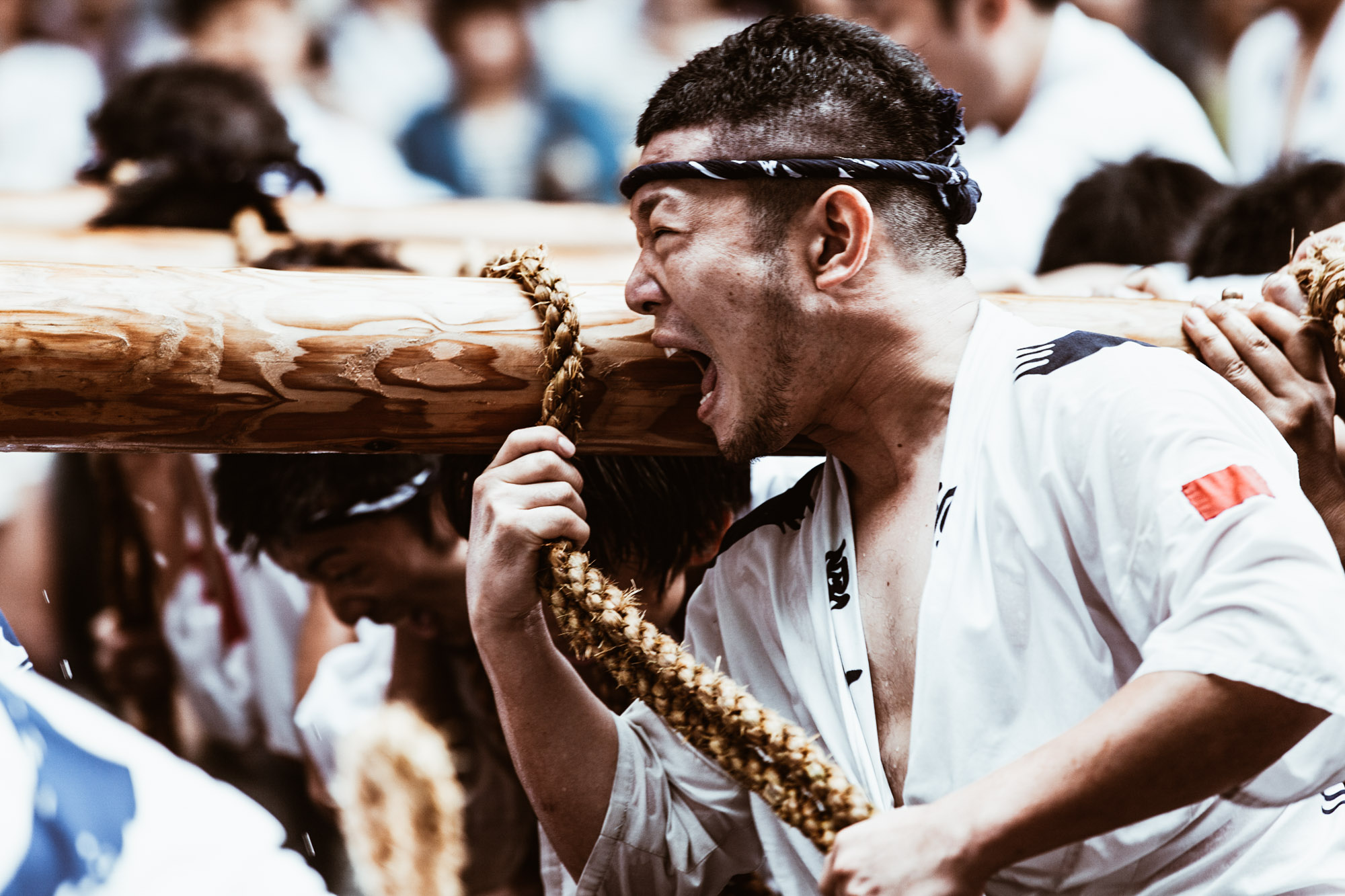
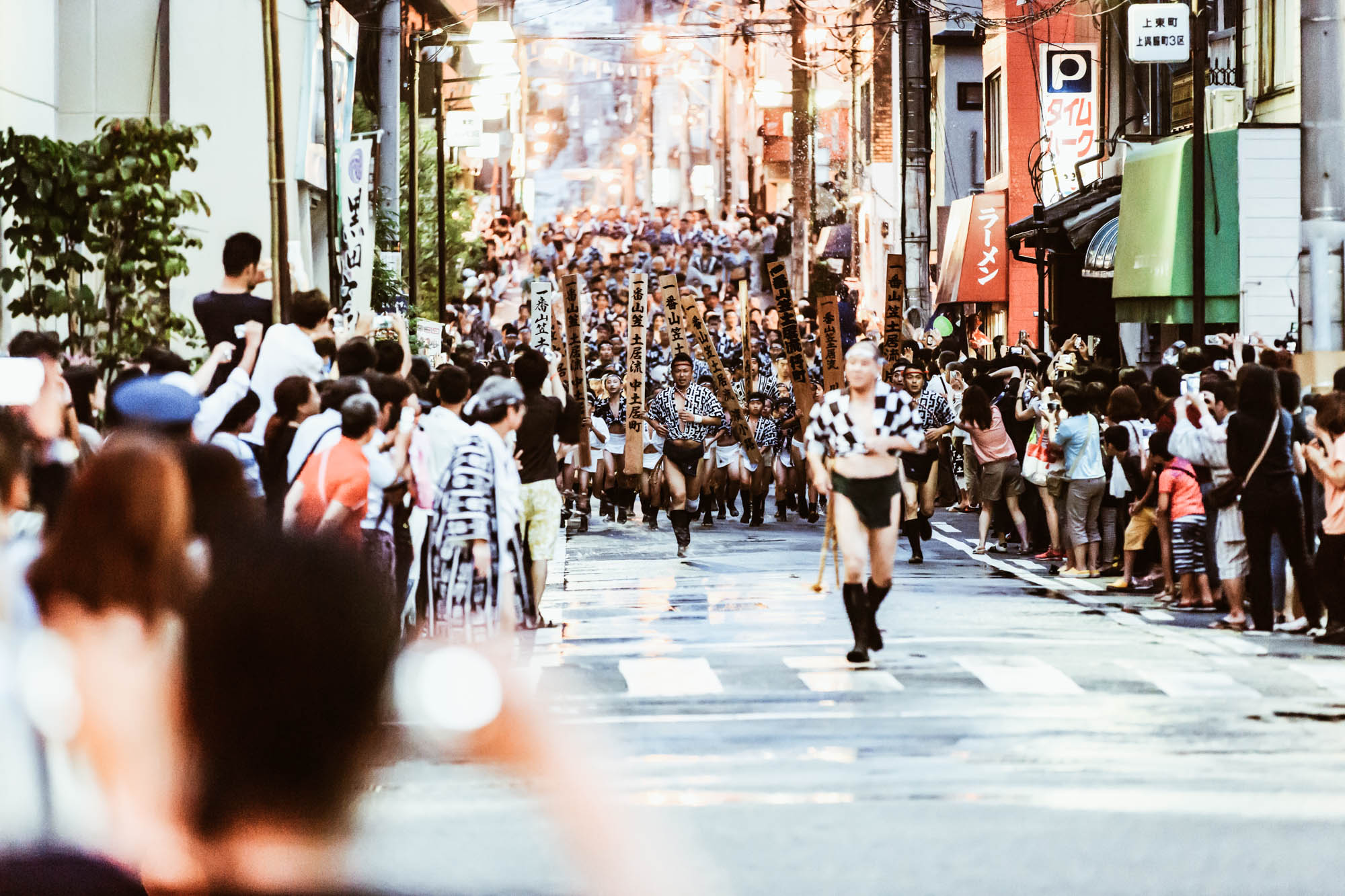
photo credits: shin7d, tak_orange
The last 3 days are the most challenging. During Shudan Yamamise the Kazariyama crosses the Naka river entering Fukuoka. During this event, the mayor and city personalities take a 1.2 km ride on the wagon. The penultimate day is that of Nagaregaki, the last training. Finally, on July 15th at 4.59 am Kushida-iri begins. The first wagon fires fast, followed by the second after 6 minutes and all the others every 5 minutes. The 5 km run will decide the winning team.
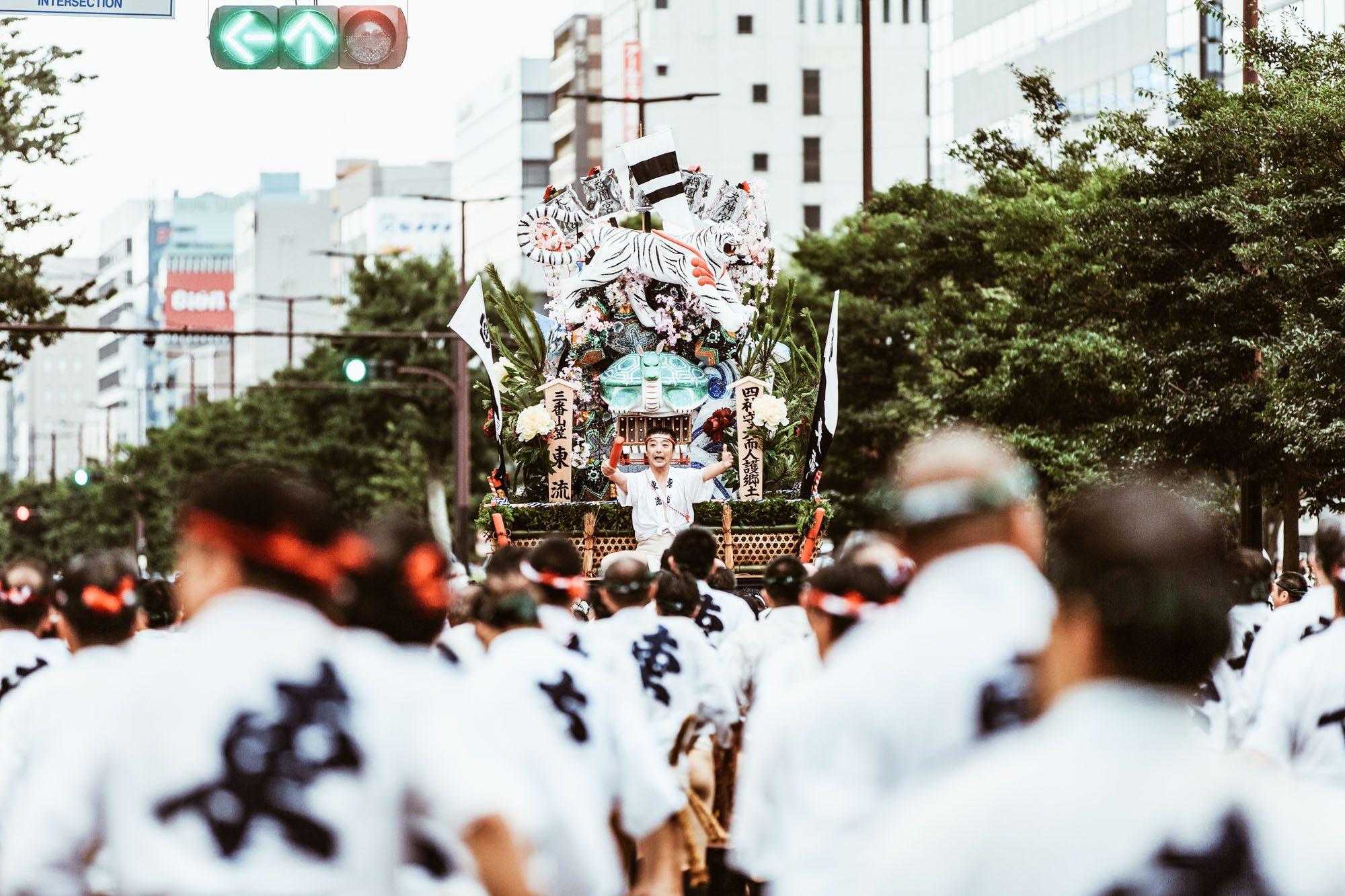

photo credits: tak_orange
Reach Hakata
The festival takes place in the Hakata district of Fukuoka. Kushida Shrine is a five-minute walk from Canal City Hakata or Gion Subway Station. Alternatively, you can reach Hakata station within a 15-20 minute walk. It is convenient to walk 10 minutes from JR Hakata station to the Kushida Shrine. Or you can get there with the Kûkô-sen subway line, get off at "Nakasu Kawabata" station and walk for 5 minutes.
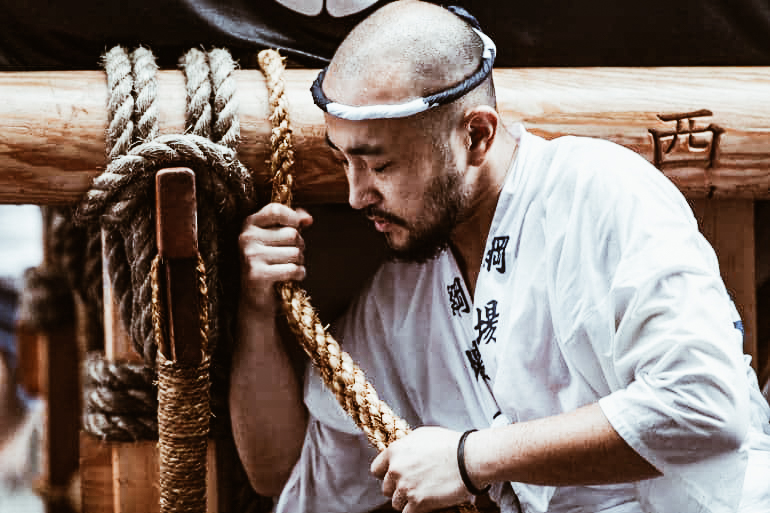
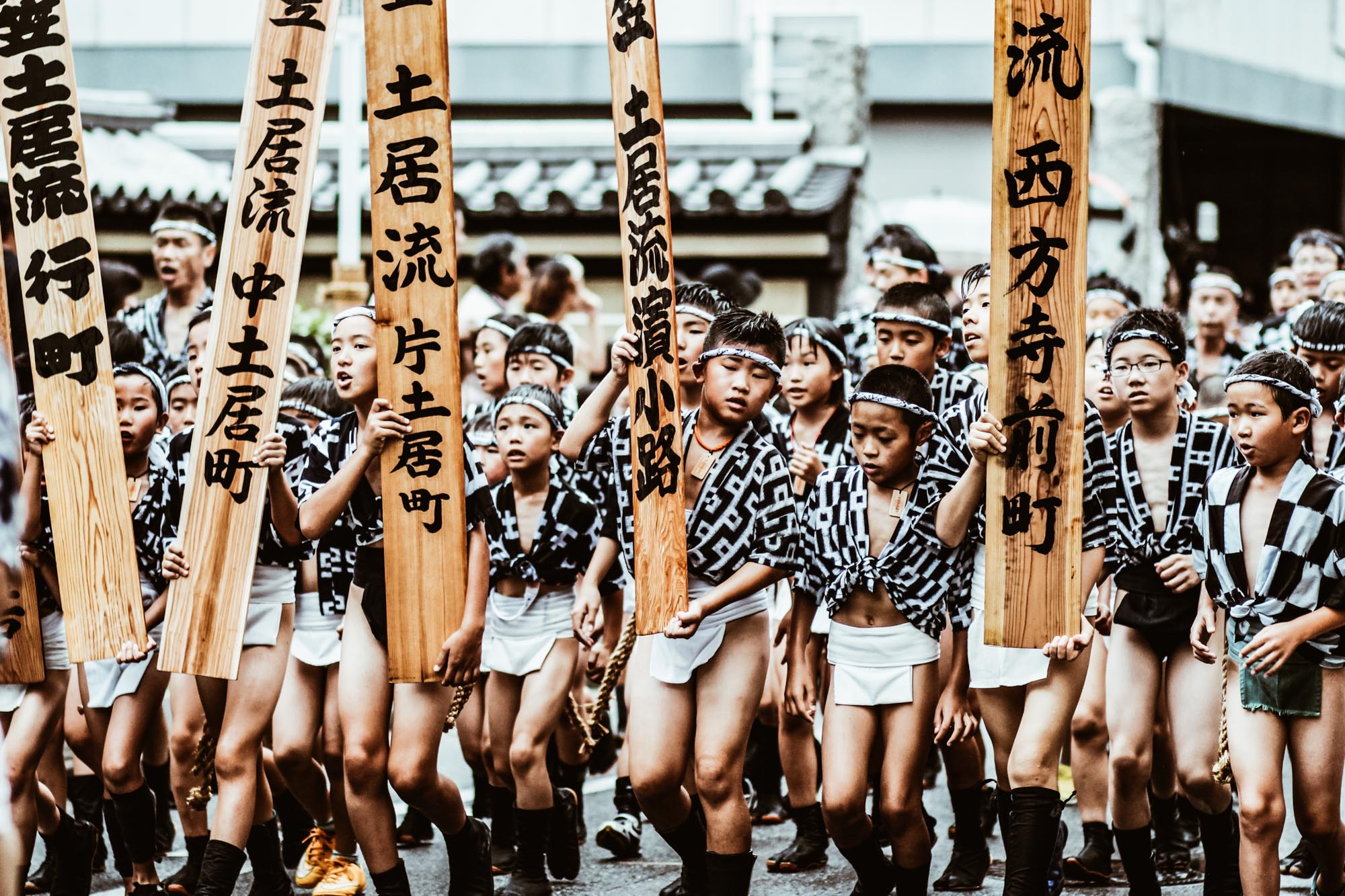
photo credits: japancheapo.com, otsukarekun
Japan Travel: Odaiba

photo credits: gotokyo.org
Odaiba, the artificial island of shopping and entertainment
The first time I saw Odaiba was thanks to the Natsuko Takahashi animated series, "Tokyo Magnitude 8.0" (東京マグニチード). In the anime, the protagonists go to a robot exhibition on the island, beautifully detailed in its reproduction. At that moment I had the idea to insert in our editorial calendar an article about this place so technological and colorful!
Odaiba (お台場) was born under the Tokugawa shogunate at the end of the Edo period in the form of 6 small artificial fortified islands. The purpose of these islands was to protect and contrast possible attacks against Tokyo by the ships of the Commodore Perry fleet.
More than 100 years later, in the early 1980s, the small islands were joined together to create a huge residential and financial district. The project suffered a major slowdown due to the outbreak of the "bubble economy" in 1991, leaving Odaiba almost completely abandoned. It wasn’t until the second half of the 1990s that the large unified artificial island became one of Tokyo's most famous tourist attractions, with populated hotels, shopping malls, restaurants, shops, and the Yurikamome elevated railway line.
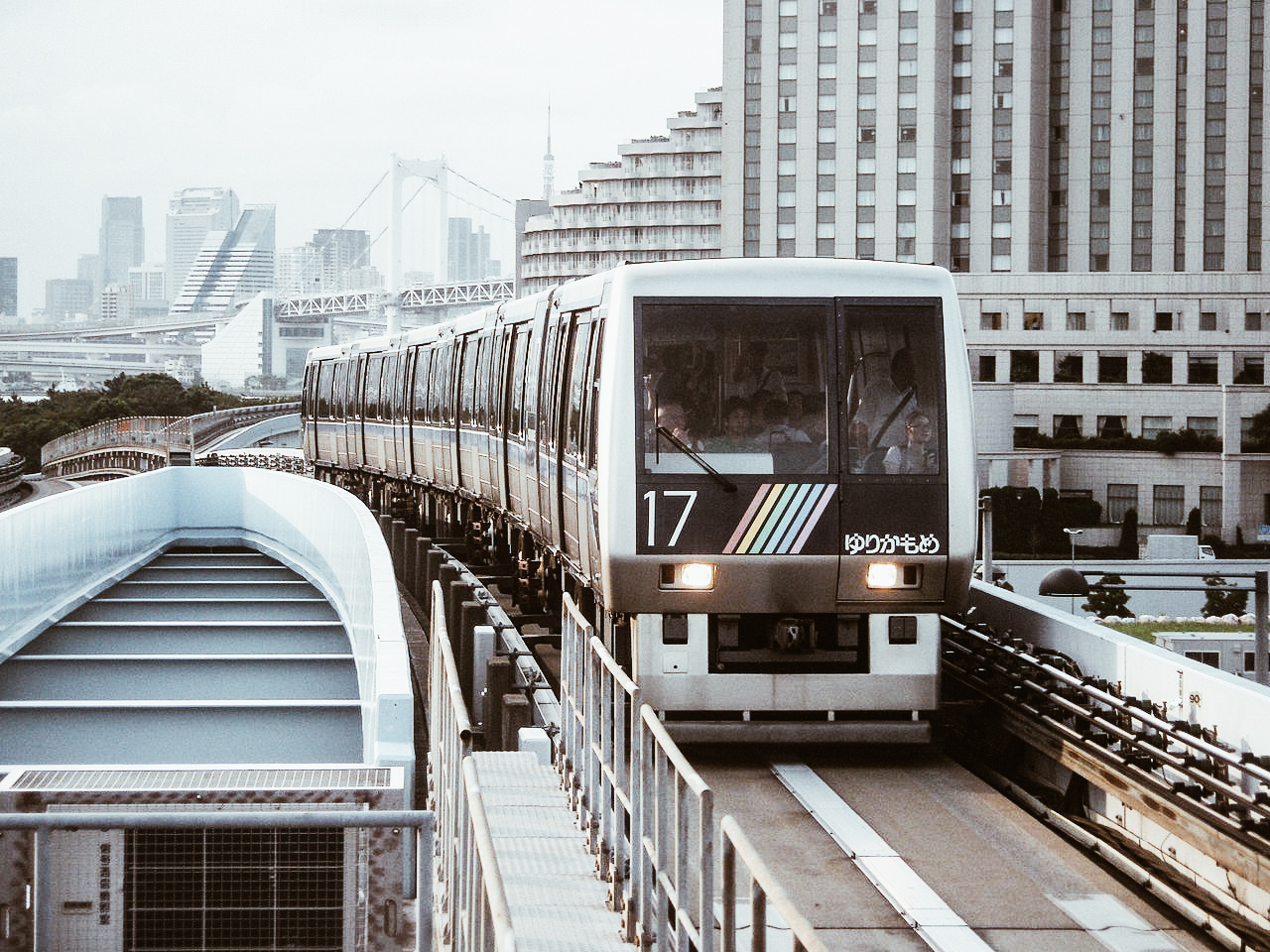
photo credits: wikipedia.org
Two sides of the same island: West Odaiba, East Odaiba
West Odaiba is home to large parks and shopping centers. Among the most scenic, we find the Odaiba Seaside Park which extends on the north coast and where a replica of the Statue of Liberty stands right on its beach. The first of the island's largest shopping centers are located here. It’s the Decks Tokyo Beach in which you can visit Madame Tussaud's wax museum. The second shopping center is Acqua City with its two floors dedicated to catering, various shops, a multiplex cinema, a wedding chapel and the Sony Explora Science Technology Museum: a science museum that explores "light", "sound" and " entertainment. "
(For all information on the museum, you can visit the official website, in English: https://www.sonyexplorascience.jp/english/)

photo credits: anaintercontinental-tokyo.jp
Not far from Acqua City is the Fuji TV Building, one of the most bizarre buildings in Japan. From the ultra-futuristic style. This 25-story building was designed by the architect Kenzo Tange and completed in 1997. Headquarters of the Fuji Television Network, making it particularly attractive is the titanium silver sphere on top of it. Thirty-two meters in diameter, inside this element there is a viewing platform open to the public that offers a complete view of Tokyo and Mount Fuji.

photo credits: gaijinpot.com
Further south lies the Diver City Tokyo Plaza, Odaiba's third-largest shopping mall designed to be the "theatrical space of the city". It is an almost mandatory destination for foreign visitors in Tokyo because it offers a wide selection of Japanese themed souvenirs in many of its shops and as many authentic Japanese restaurants.
If you think shopping malls are enough, you're wrong. And with Palette Town that Odaiba wins everything. Much more than a simple aggregation of shops, it is a real mini city. Its towering Ferris wheel, known as Daikanransha (大観覧車) can be seen all over the island thanks to its 115m of height as an undisputed sign of fun and joy. Palette Town offers numerous attractions whose focus is Venus Fort, the realm of shopping. Venus Fort was opened in 1999 and was designed to take on the features of 17th century Europe, complete with an artificial sky painted on the roof that follows the alternation of day and night as if you were really in the open air.
Just below Venus Fort is the Sun Walk, which offers a collection of shops for pet lovers. Here you can not only eat at the Dog Cafe but even rent a dog for an hour to take it for a walk. Palette Town also includes the technological showcase of Toyota Mega Web, the entertaining lounge for leisure time and one of the most popular entertainment venues for live events: the Zepp Tokyo (ゼップ東京).
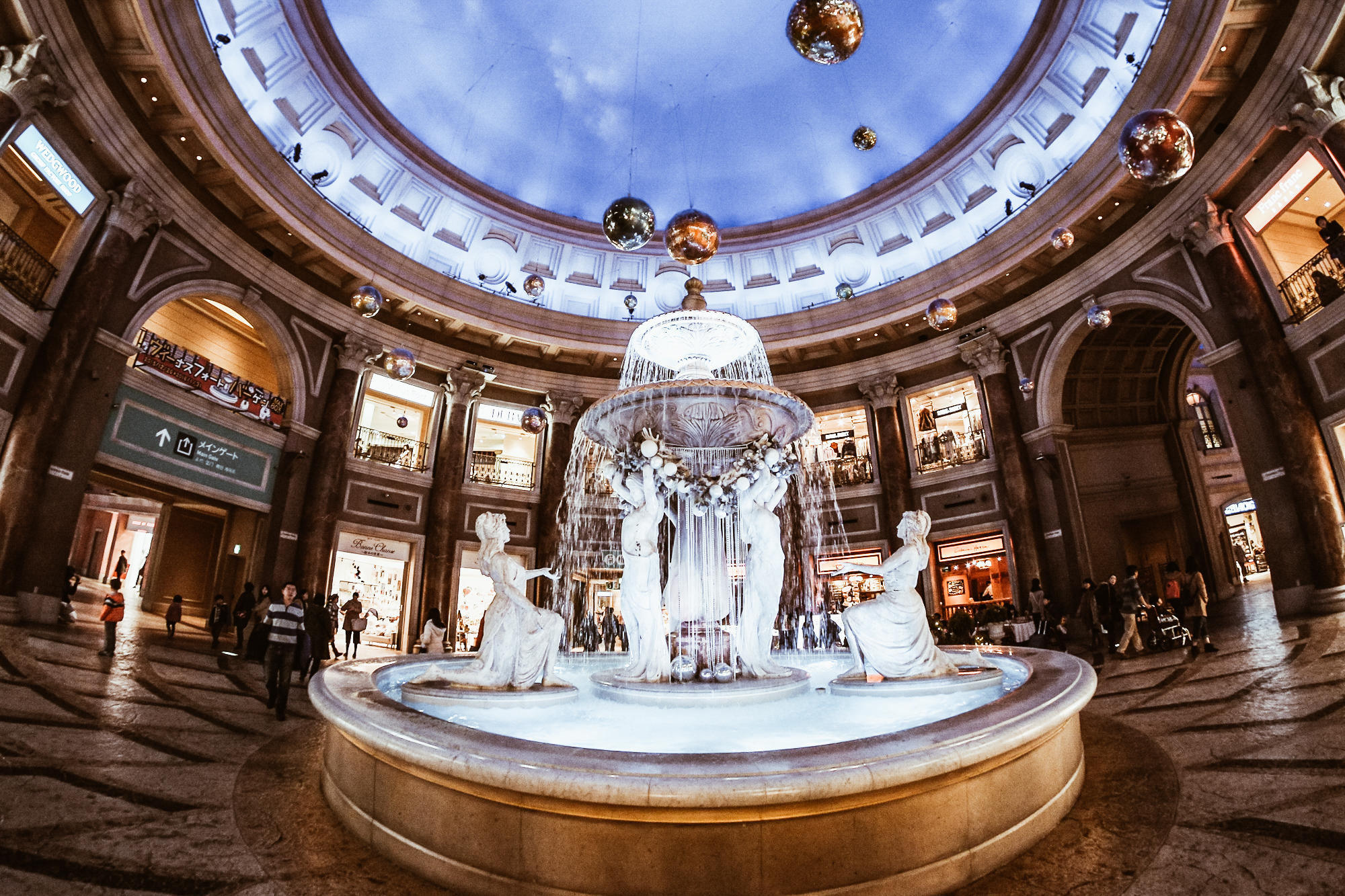
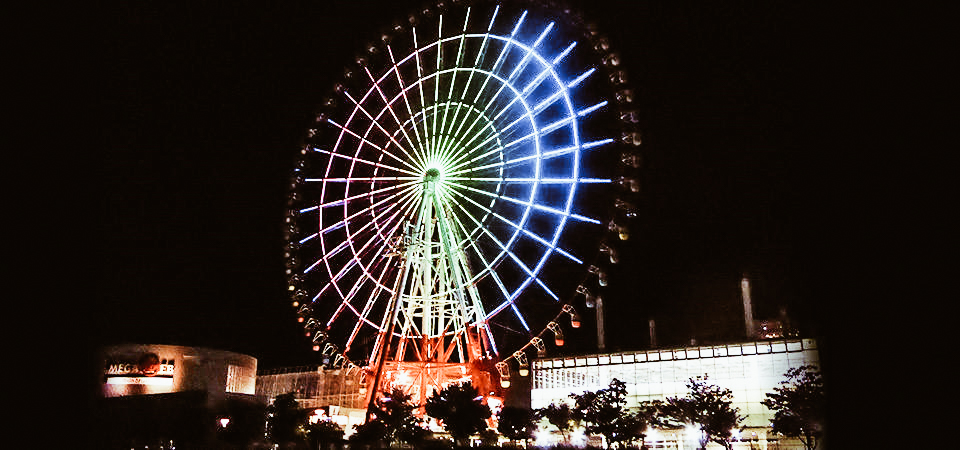
photo credits: scottshaw.org, shutoko.jp
Odaiba Est is entirely dedicated to exhibitions and sports.
Of great importance is the Tokyo Big Sight (Tokyo International Exhibition Center), one of the main arenas and convention centers of the nation. It is here where the fencing, wrestling and taekwondo events will be hosted during the 2020 Tokyo Olympics. Opened in 1996, the Tokyo International Exhibition Center stands out thanks to its iconic Conference Tower made up of four inverted pyramids. The entire Tokyo Big Sight complex has numerous restaurants, cafes, a grocery store and a sales corner dedicated to Big Sight goods.

photo credits: mystays.com
Next to it there’s the Panasonic Center, a showroom for new products and new Panasonic technologies. On the first floor is the Atrium Exhibition where sponsorships of events and all the advertising campaigns of the electronics giant take place all over the world. Also on the same level is the Wonder Life-Box where visitors are presented with the new technologies of the future and the company's latest products. The second-floor houses RiSuPia, an interactive museum focused on hidden mathematics in nature and science. Extremely beloved is the Nintendo Game Front where all the latest Nintendo games are present with the chance to try them! Here is also the Cafe E-Feel for a gourmet break thanks to its wide range of coffees, desserts and light meals.
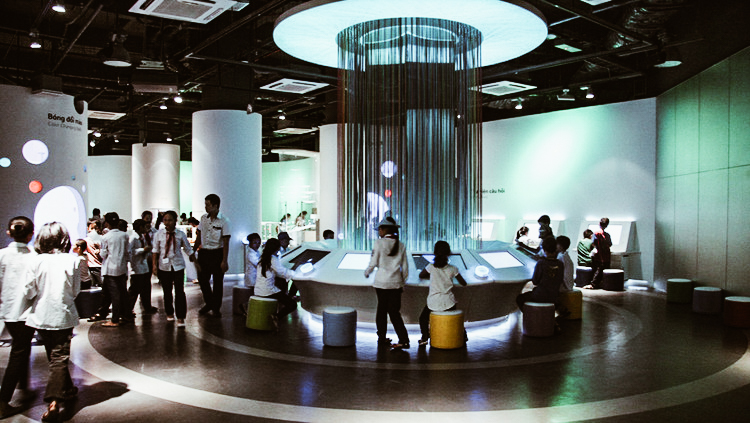
photo credits: expology.com
In this part of the neighborhood, there is also the Tennis – no – Mori Park, a huge center dedicated to the game of tennis with 48 courts. Also present was the Ariake Coliseum stadium, an indoor sports arena in the Ariake Tennis Forest Park which can hold up to 10,000 people.

photo credits: tokyo20ty20ty.com
Reaching Odaiba
Reaching Odaiba from Tokyo is easy! You can opt for the boat thanks to the Tokyo Water Bus or the Tokyo Cruise. Alternatively, you can take a taxi or just hop on the Yurikamome train, the TWR Rinkai Line or the Japan Railways. However, if you love walking, then don't think twice: the Rainbow Bridge is for you! An 800-meter long bridge that is not opened at night and in case of bad weather or festive events.
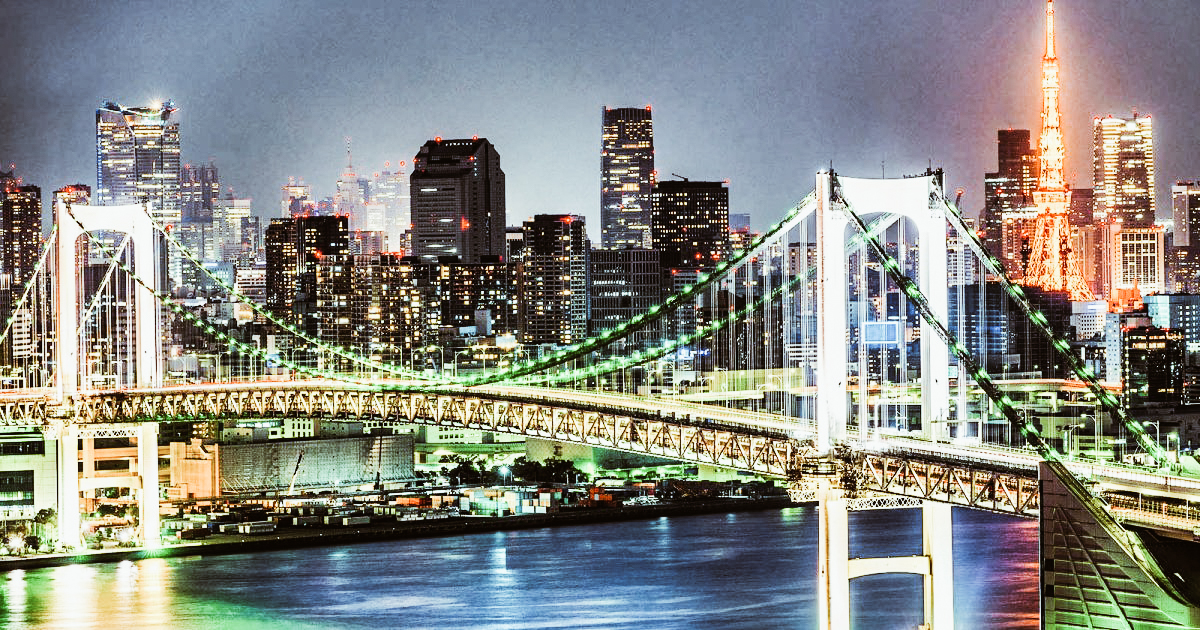
photo credits: mywowo.net
Do you think this will be enough to visit Odaiba? There are really many inputs. Like all the rest of Japan, every corner takes on an enormous charm that increases from time to time discovering the complex details that have made it.[:]
Japan Tradition: Sanja Matsuri
photo credits: Yoshikazu TAKADA
The festival of the three temples
The Sanja Matsuri (三社祭) is one of the most famous festivals, largest and "wildest" festivals in Tokyo dedicated to the Shinto religion. The festival is held in honor of Hinokuma Hamanari, Hinokuma Takenari and Hajino Nakatomo, the three men who founded the Sensō-ji temple.
The Sanja Matsuri is held on the third weekend of May at the Asakusa temple and the sumptuous parade involves three mikoshi (portable temples), dances, traditional music and lasts about three days.
Like most Japanese festivals, the Sanja matsuri is also a religious celebration dedicated to the spirits of the three men, founders of the temple. This festival seems to have been born in the 7th century and is also known as "Kannon Matsuri" and "Asakusa Matsuri" and with a different shape than today.
The modalities in which today's Sanja Matsuri is organized were established during the Edo period when in 1649 the shogun Tokugawa Iemitsu commissioned the construction of the Asakusa temple.
If you happen to be around Asakusa during the festival days, you can feel an atmosphere full of energy. People flock to the streets surrounding the Sensō-ji temple to the sound of flutes, whistles and taiko (traditional Japanese percussion).


photo credits: Atsushi Ebara, Yoshikazu TAKADA
The Mikoshi
The main attraction of this festival is the three mokoshi belonging to the Asakusa temple. These three elaborate temples in black lacquered wood have the function of being a miniature and a portable version of the Asakusa Temple. Decorated with sculptures and golden leaves, they weigh about a ton and are transported by long poles held together by ropes. For each mikoshi there is a need for about 40 people for safe transport and during the day, around 500 people participate in the transport of each temple.
The "parade" of these mikoshi is perhaps the most important moment of the day and the streets are crowded as they pass. As they are also transported, they are agitated and made to bounce strongly, because it is said that this leads to intensifying the power of the Kami inside and that it helps to increase luck in the respective neighborhoods.
While the three main mikoshi are the most important objects in the streets during the Sanja Matsuri, there are about 100 other smaller mikoshi scattered in the neighborhood on Saturday. Many of these temples are also transported by women or children.

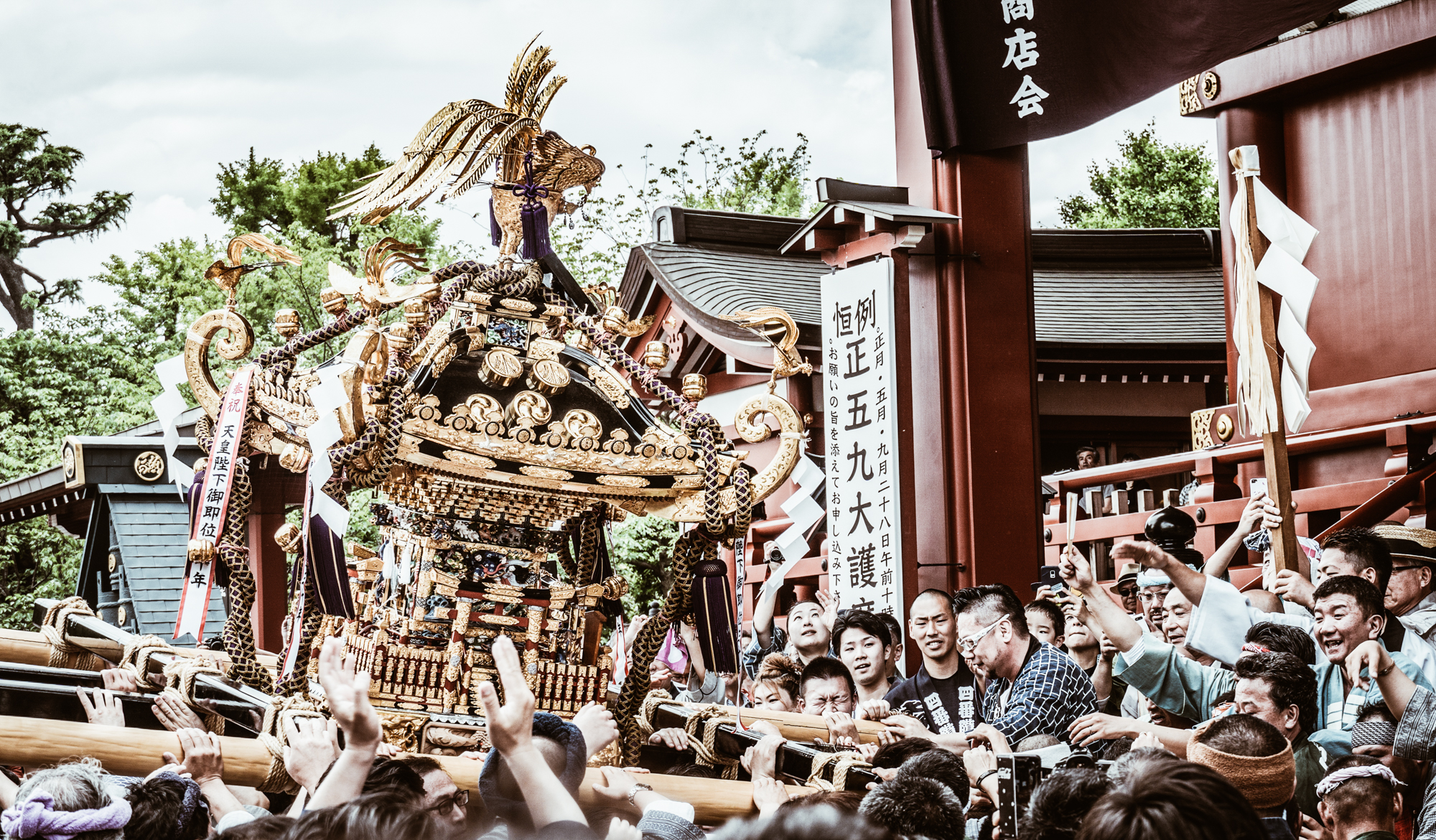
Day after day
The Sanja matsuri, is a festival that lasts several days and begins on Thursday with an important religious ceremony. This function requires the priest responsible for the temple to perform a ritual that makes the Kami of the three founders of the temple move from within into the three mikoshi. The latter will then be the protagonists of the parade that will last all weekend in Asakusa.
By opening the three small doors of the mikoshi the three spirits are invited to enter the miniature temples where they will stay for the duration of the festival. The interior of these mikoshi is also concealed from the public by a thin cotton curtain.

photo credits: Yoshikazu TAKADA
But the actual parade begins on Friday, known as Daigyōretsu (大 行列) which literally means "great parade".
The famous procession goes down via Yanagi Street and continues to the Nakamise-dōri up to the Asakusa temple. This festival is also well known for the sumptuous costumes of the participants, but also for the geishas and city officials who wear hakama, traditional Japanese clothes.
In the evening, six mikoshi from the most central neighborhoods are sent in procession on the shoulders of several dozen people.


photo credits: Hong Seongwan, Yoshikazu TAKADA
The following day, Saturday, about 100 mikoshi belonging to the 44 districts of Asakusa gather at the Kaminarimon and then leave on parade via the Nakamise-dōri in the direction of Hōzōmon. Once here they pay their respects to Kannon, the goddess of Mercy. Later, the mikoshi are taken to the Asakusa temple where the Shinto priest blesses them and purifies them for the coming year. Once the ceremony is completed, these small portable temples are transported back to their respective neighborhoods.
However, the most important event of the Sanja Matsuri takes place on Sunday. It is in this day in fact that we can see the parade of the three mikoshi belonging to the Asakusa Shrine. They march along the Nakamise-dōri to arrive at the Kaminarimon on Sunday morning. These three mikoshi enclose the three spirits of the three founding men of the Sensō-ji temple and, during the final day of this festival, they come to visit and bring blessings to the 44 districts of Asakusa.
When evening arrives, the three mikoshi find their way back to the Asakusa temple creating another great procession that lasts until late at night.


photo credits: ageless foto, Yoshikazu TAKADA
Yakuza Show
This festival of monumental size, also allows to mix fringes of the population that usually remain very detached. It is indeed common to find the Yakuza performing in fundoshi, without shame or fear, proudly showing their tattoos. In the eyes of a westerner, not accustomed to Japanese culture, this could almost seem like a comic scene. However, don't dare to laugh if you don't want bad luck to hit you!


photo credits: Hong Seongwan, syasya_akemi
Japan Tradition: Kanda Matsuri
The festival held on odd-numbered years
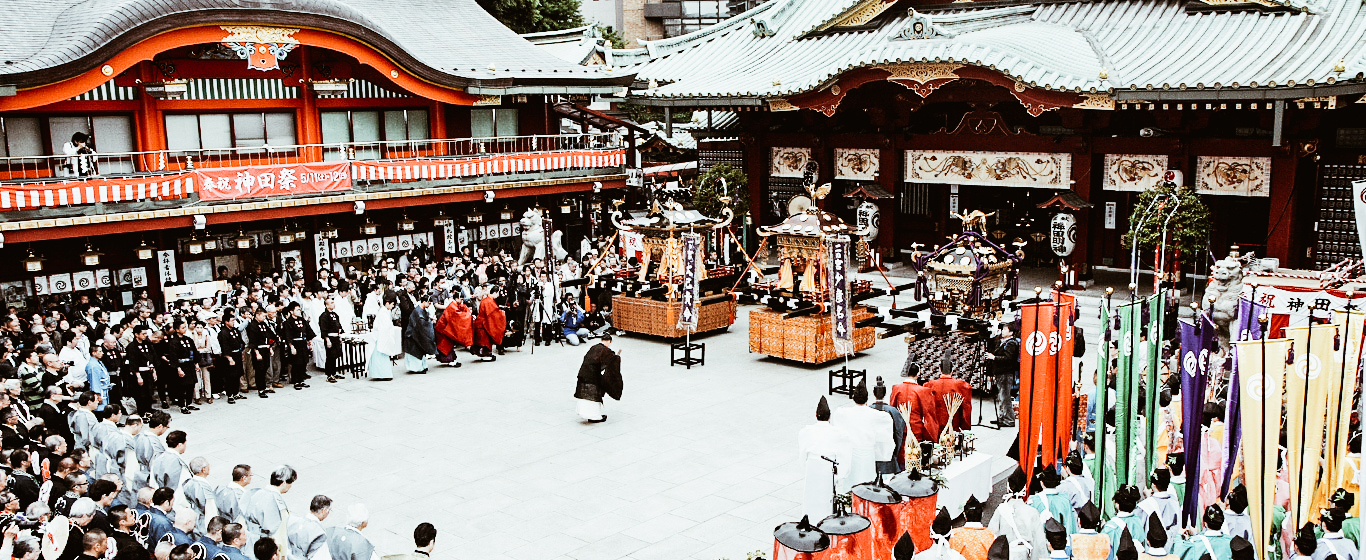
photo credits: dydo-matsuri.com
In the middle of May on every odd-numbered year, the Kanda Matsuri (神田祭) takes place in Tokyo’s Kanda. Together with the Sanno Matsuri and the Fukagawa Matsuri, Kanda Matsuri is one of the three most important Shinto festivals being held in Tokyo. It is also one of the three largest festivals of Japan together with Osaka’s Tenjin Matsuri and Kyoto’s Gion Matsuri.
The origin of Kanda Matsuri dates back to the Edo Period (1603-1867), when the shogun Tokugawa Ieyasu ruled over Edo, now modern day Tokyo. It is for this reason that Kanda Matsuri is also sometimes known as Tenka Matsuri (Tenka meaning shogun).
The celebration of this festival also doubled as a demonstration of prosperity under the new regime.


photo credits: xin beitou, Atsushi Ebara
At the same time, the Sanno Matsuri took place to celebrate the new political center and its rulers. Because of the long and extravagant preparations, competition between the two festivals grew, and eventually, it was decided to celebrate them in alternate years. Under this new rule, Kanda Matsuri was to be celebrated in the middle of May on odd numbered years , while the Sanno Matsuri would be celebrated in the middle of June on even numbered years.
Today, Kanda Matsuri is celebrated in honour of the gods residing in the Shinto shrine called Kanda Myojin that can be found nestled among modern buildings in one of the most exclusive neighbourhoods in Tokyo, Chiyoda ward. The shrine is dedicated to 3 deities: Daikokuten, the god of good harvest and matrimony, Ebisu, the god of fishermen and businessmen and Taira no Masakado, a revered samurai of the 10th century who was deified.

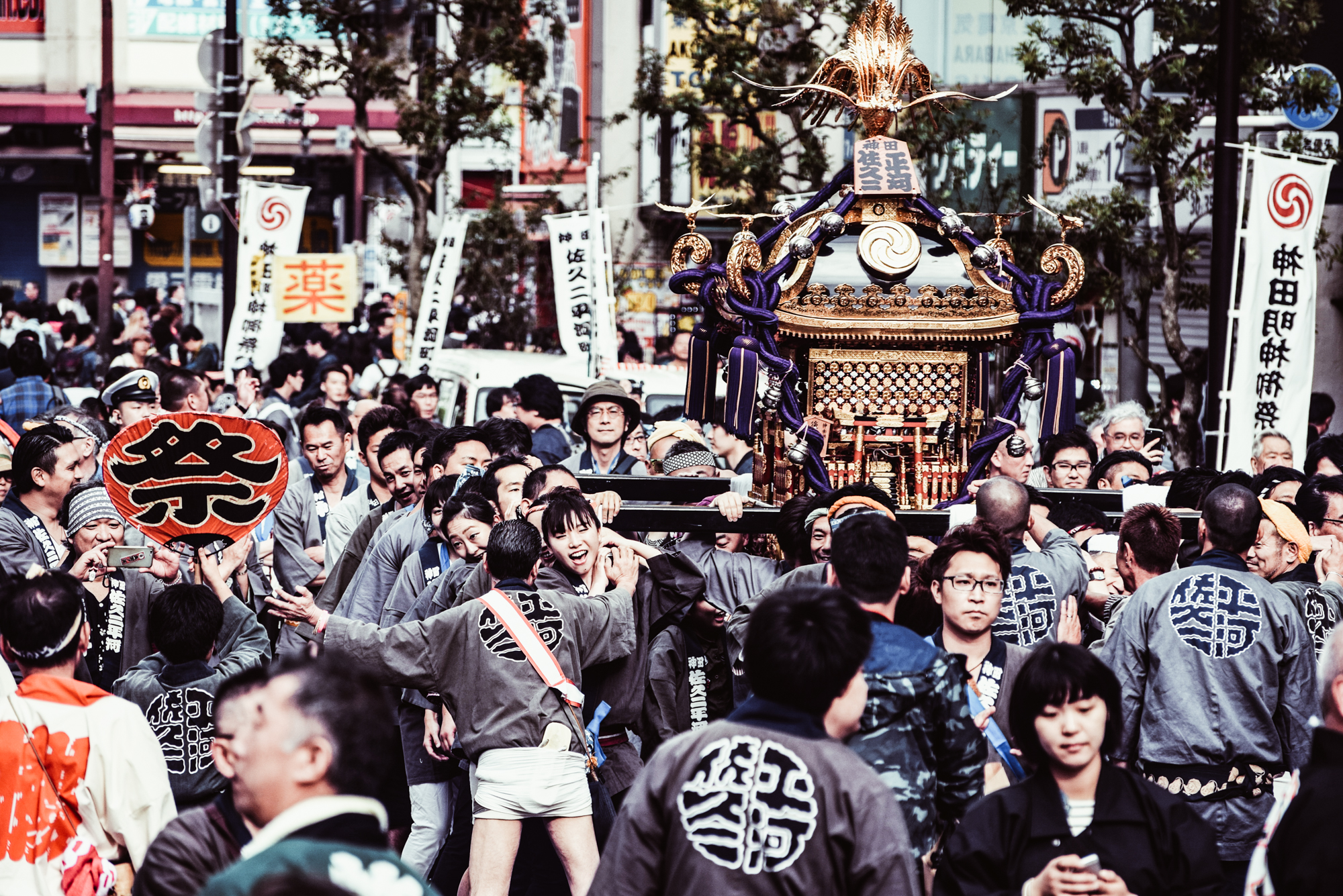
photo credits: rove.me, bill ben
Celebrating prosperity and good fortune
Like most other festivals, shinto rites are an essential part of the preparations. On the eve of the main procession, the kami (gods) of the shrine are invited to enter the three finely decorated mikoshi (portable shrines) through these rituals. At 8 a.m. on the day of the festival, these mikoshi are paraded through the streets of Kanda, continuing down to Nihonbashi, followed by Otemachi, and finally Akihabara, before returning to the temple at around 7 p.m. This procession is typically accompanied by an immense crowd of people, along with musicians, priests riding on horseback and many other participants wearing colorful, traditional clothes.
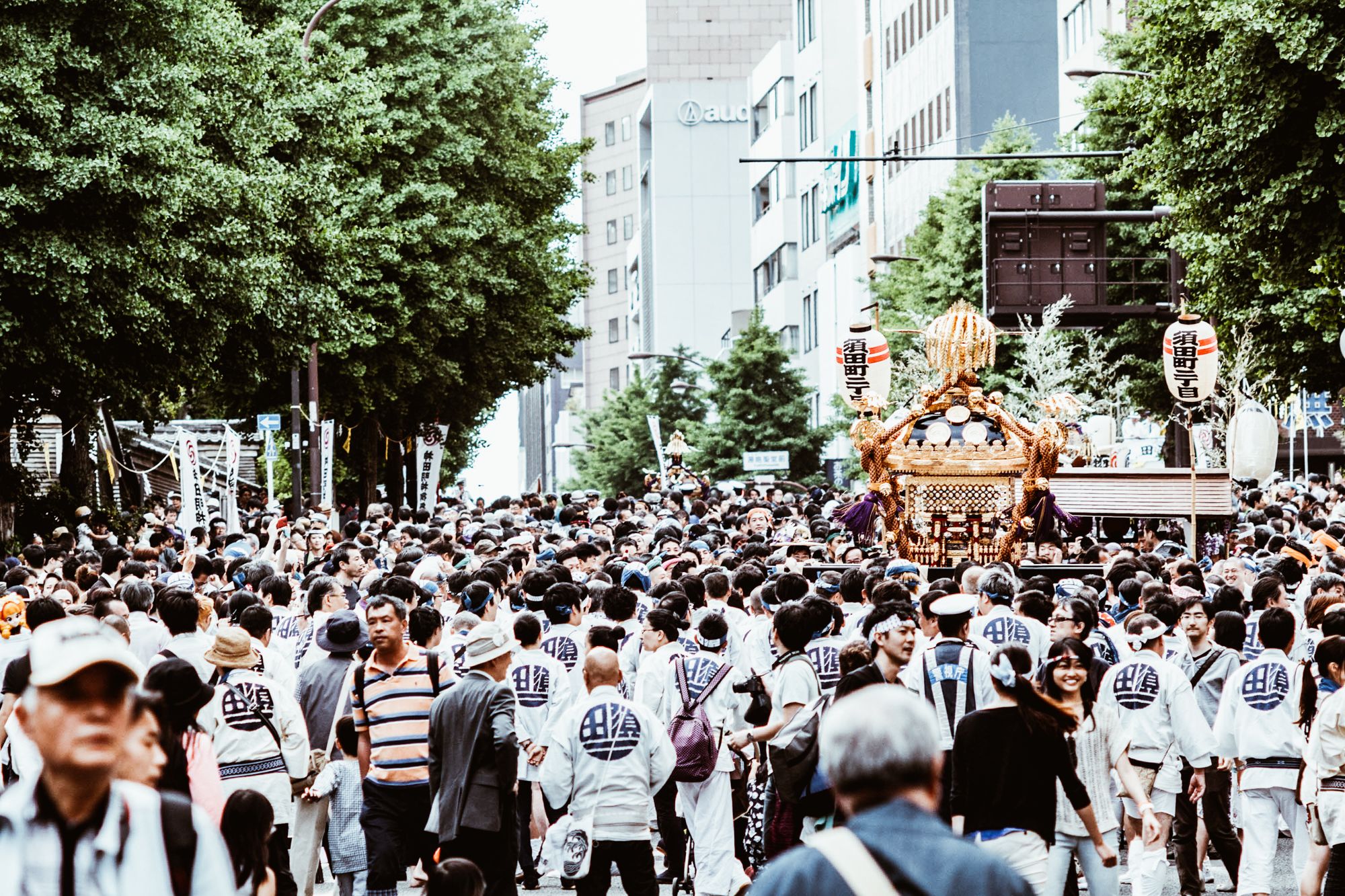

photo credits: nlgwest , Kemy Shibata
At the same time, there is a smaller three-hour long secondary procession being held. This is attended by men on horseback dressed as samurai, characters from folk stories, musicians, and dancers who depart from Arima Elementary School in the early afternoon and proceed north towards the Kanda Myojin shrine.
The next day following the festival is dedicated to the procession of mikoshi from various neighbourhoods in the Kanda and Nihonbashi district. Each of them contains an ujigami, guardian deities who, on this occasion, are housed in mikoshi to bless the residents of the area as they are paraded through the streets.

photo credits: Eugene Kaspersky
Many small curiosities
Those who were born and raised in Edo were called “Edokko”. Edokko had a peculiar personality and they were said to be very open and cheerful people. All these characteristics were, and still are, reflected in the Kanda Matsuri, a festival full of energy.
The procession with all its main elements also recalls the celebrations for Tokugawa's victory in the battle of Sekigahara, which cleared the path to the shogunate that led to a long period of peace and prosperity in Japan. Originally, townspeople would dress up and give thanks to the shrine through lavish performances of Noh theater.

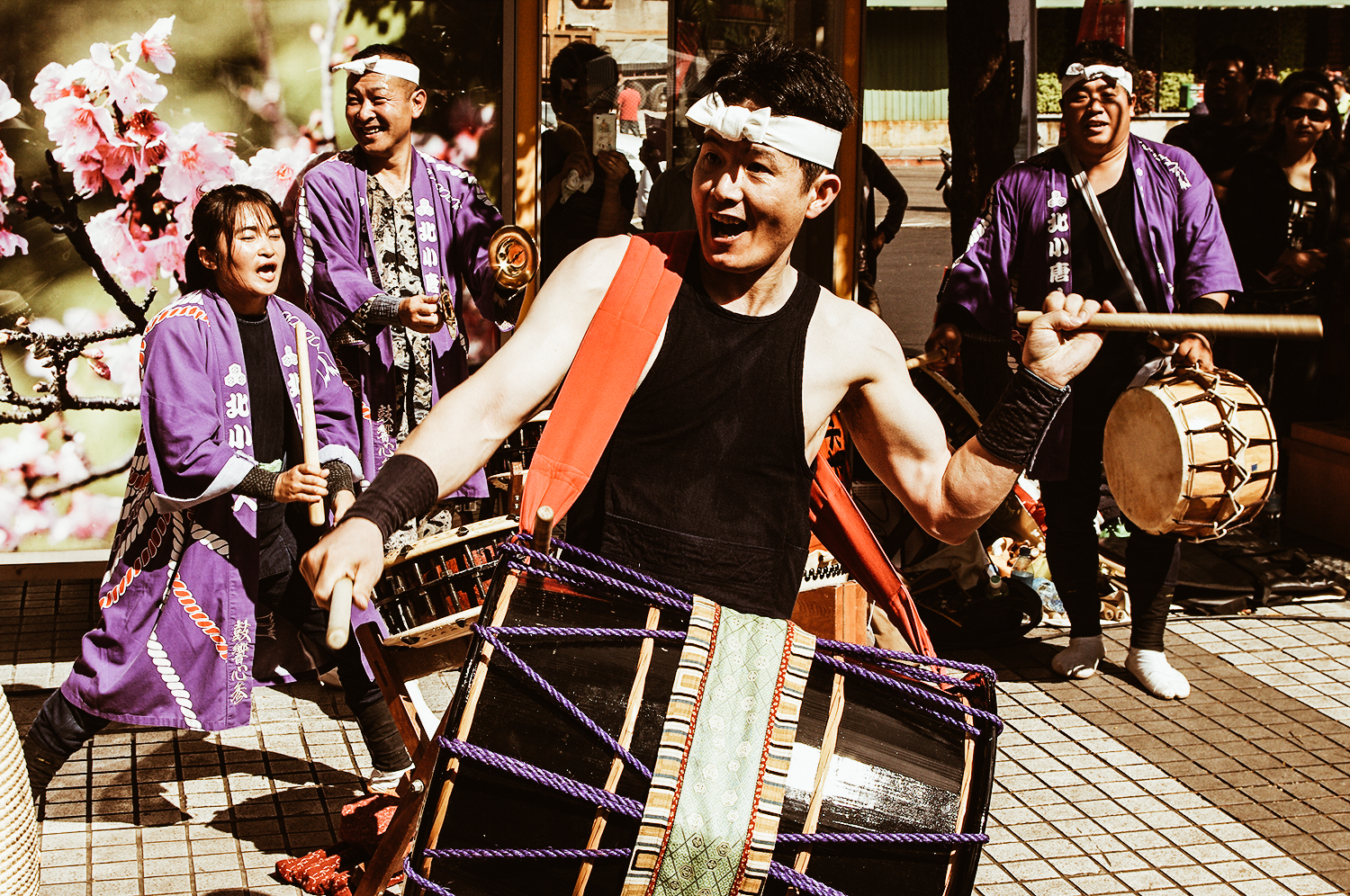
photo credits: tokyoexcess.blogspot.it, xin beitou
During the Edo period, the parade with its beautiful decorations would pass by Edo Castle, giving common people a rare chance to enter its grounds.
Most of the original floats, which had been used since the early days of the festival, were destroyed in the Great Kanto Earthquake of 1923 and in the bombing of WWII.


photo credits: viajejet.com, fastjapan.com
Japan Tradition: Aoi Matsuri
The Hollyhock Festival
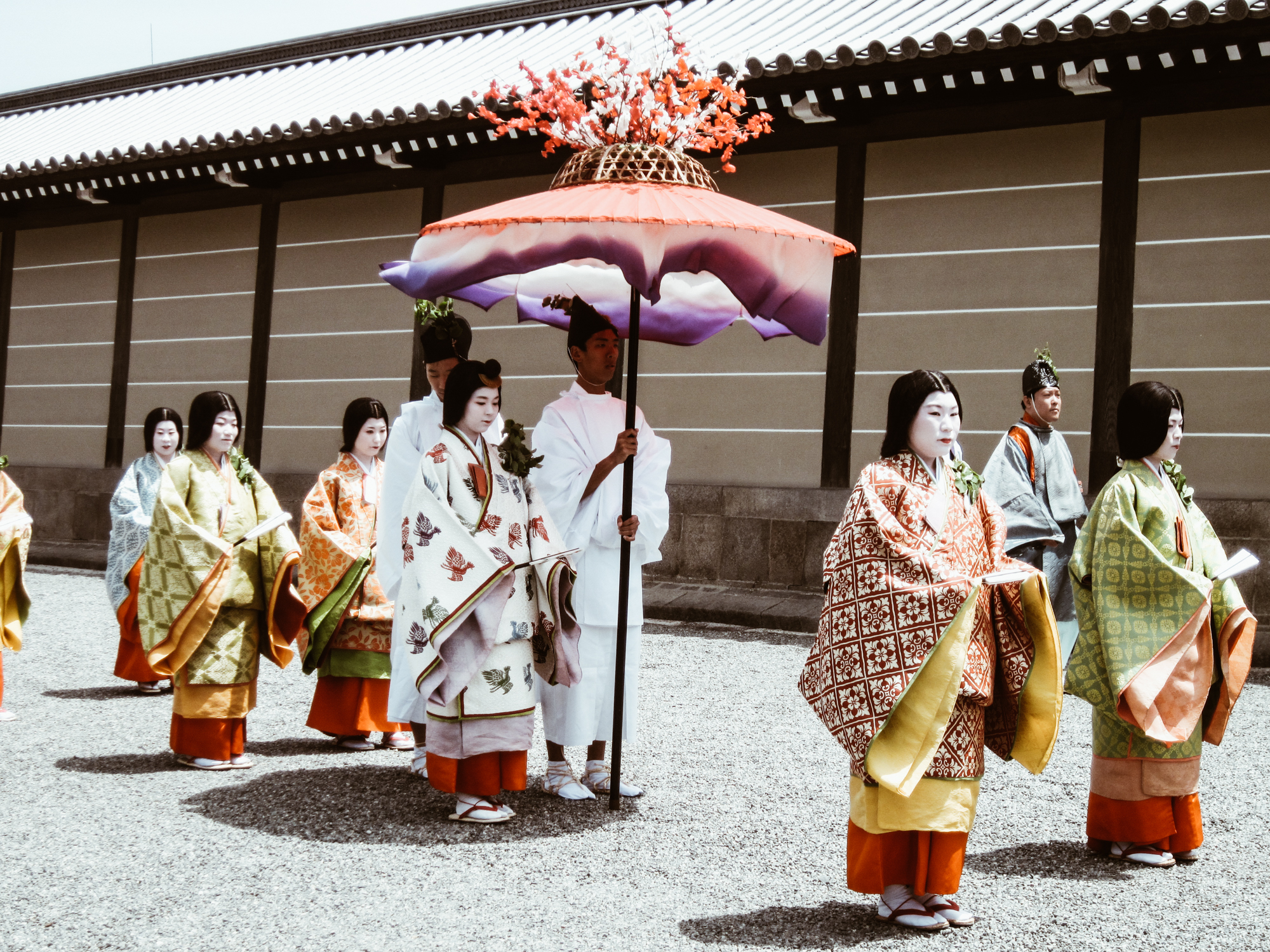
photo credits: mutabi.wordpress.com
One of Kyoto’s three most well-known festivals, Aoi Matsuri (葵祭) takes place every year on the 15th of May. The name of this festival derives from the hollyhock leaves that participants in the festival’s parade carry with them as they walk down the designated route. In Japanese, “Aoi” (葵) refers to the “alcea rosea” or, as the namesake of this festival, the “hollyhock”. This plant produces brilliant colours and beautiful flowers, and its leaves are believed to have the power to prevent natural disasters.
The main attraction of this festival is a grand parade that involves more than 500 people dressing up in the aristocratic styles of the Heian period (794 - 1185 CE).
This annual parade starts from the Imperial Palace, and the participants will walk down the road until they arrive at Kamo Shrine. This name refers to the shinto sanctuary complex that consists of Kamigamo shrine and Shimogamo shrine.


photo credits: amanohashidate.jp, Nobuhiro Suhara
The Origins
The festival first started during the reign of Emperor Kinmei (539 - 571CE), when a period of heavy rains ruined the harvest and an epidemic spread through the country.
It was believed that these tragedies came about because the Kamo deities wanted to punish the people. Thus, the emperor sent a messenger to the temple with offerings and to perform various rituals in order to appease these deities. Part of these rituals also required the riding of a galloping horse.


photo credit: Alex Hurst, Clement Koh
This became an annual event with the intention of preventing further disasters. However, during the reign of Emperor Monmu (697 - 707CE), it was suspended due to the huge amount of people joining to watch the rituals. In the 19° century, Emperor Kanmu established the seat of the imperial throne in Kyoto and this represented the beginning of the Heian period in Japanese history. The emperor recognised the Kamo deities as protectors of the capital and reestablished the Aoi Matsuri as an annual imperial event. The festival was sometimes discontinued in some periods of Japanese history, especially during World War II, but it was actively resumed in 1953. The Saiō-Dai tradition in this festival was also initiated in 1956.
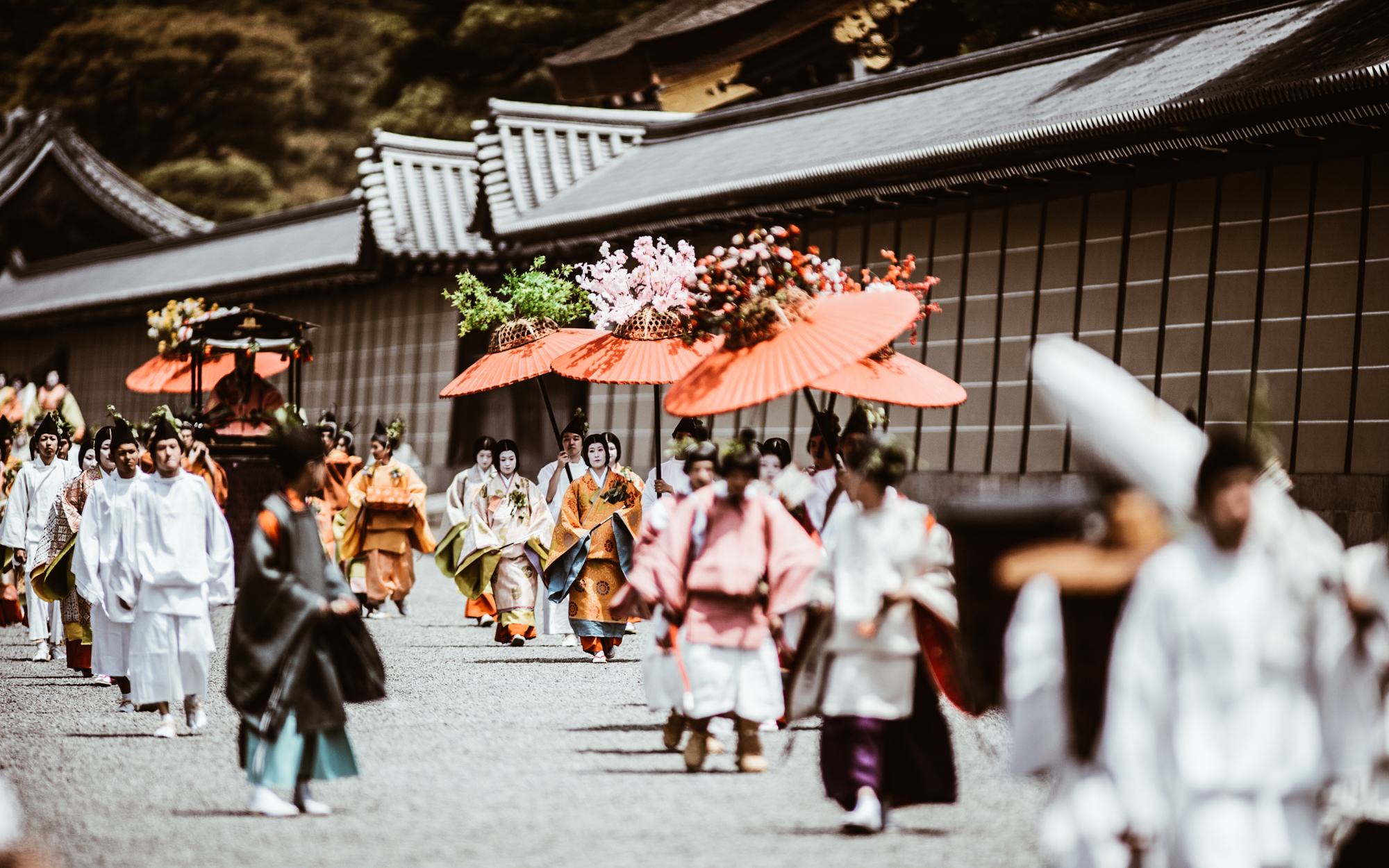
photo credits: regex.info
The characters of the Festival
There are two main characters in the Aoi Matsuri: the Saiō-Dai and the Imperial Messenger.
The Saiō-Dai is a woman chosen from the sisters and daughters of the emperor to dedicate herself to the Shimogamo Shrine. The role of the Saiō-Dai is to maintain spiritual purity and represent the Emperor at the festival. Today the Saiō-Dai is chosen from all unmarried women of Kyoto. She wears twelve layers of silk robes (jūnihitoe), finely colored in the traditional style of the Heian court. To maintain ritual purity the Saiō-Dai has to go through several ceremonies of purification before the festival’s parade.
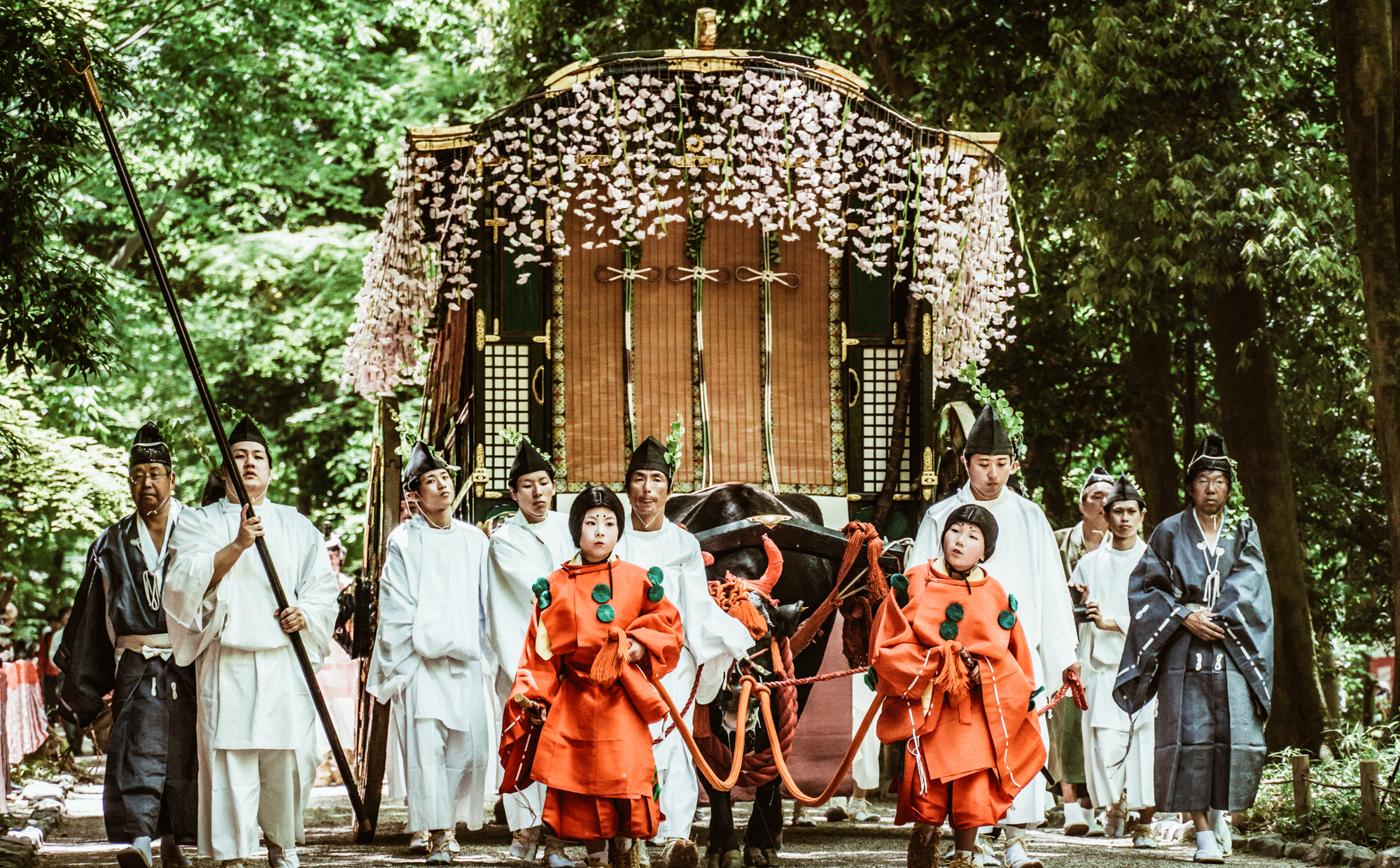

photo credit: Hong Seongwan
The Imperial Messenger, on the other hand, conducts the procession of the festival by riding a horse. During the Heian period, he would be a Fifth-Rank courtier holding office of middle or lesser capitan. He was also typically a man destined for high office. His role was to read the imperial edict and present the emperor’s offerings. During the Heian period, the Saiō-Dai and the Imperial Messenger would be accompanied by ten dancers and twelve musicians.

photo credits: Hisanori
Celebrations Today
The parade starts at 10:30 a.m. on May 15th at Kyoto’s Imperial Palace. It then slowly departs for two important stops: the Shimogamo Shrine, where the procession should arrive at 11:15 a.m., and the Kamigamo Shrine, where they will arrive at 3:30 p.m. The Saiō-Dai and the Imperial Messenger perform their rituals at these stops. The Saiō-Dai pays her respects to the deities, while the Imperial Messenger intones the imperial rescript, praising the deities and requesting their continued favor.


photo credits: Slugicide, find-your-jpn.com
Japan Travel: Character Cafes
Japan is the richest land when it’s about magical places, in every sense! Even stopping for a snack can become a unique experience when you immerse yourself in a fantasy world like that of the "Character Cafes" scattered throughout the territory. What are these places? Particular types of themed cafes that allow customers fond of comics and animation to savor incredible kawaii dishes in a room totally inspired by a specific character.
There are temporary concept cafes that open about every two months, but fortunately, there are also permanent ones and they are a fundamental step for anyone who wants a bit of sweetness.
Fantastic Character Cafes and where to find them
PomPomPurin Café


photo credits: dangonews.com, straitstimes.com
Entering the PomPomPurin Café is like entering the room of this sweet big dog, a famous Sanrio character. You are welcomed by the yellow and brown of the furnishings, a quiet and relaxing place where you can enjoy sweets, drinks and specialties of various kinds. Inside the café there are "photo corners", dedicated points to take a picture with your favorite pudding! There are also limited edition goods that can only be purchased at the in-house shop.
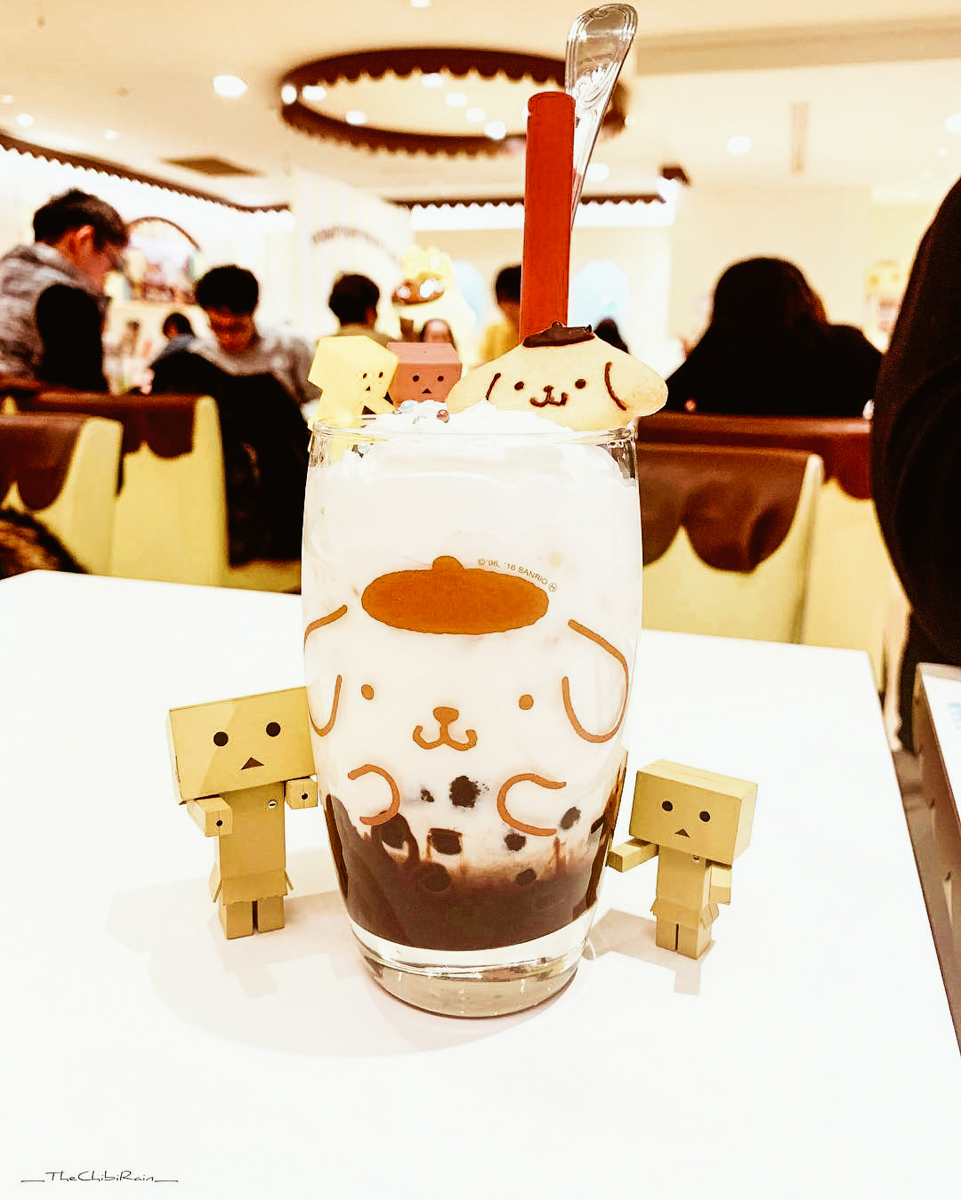


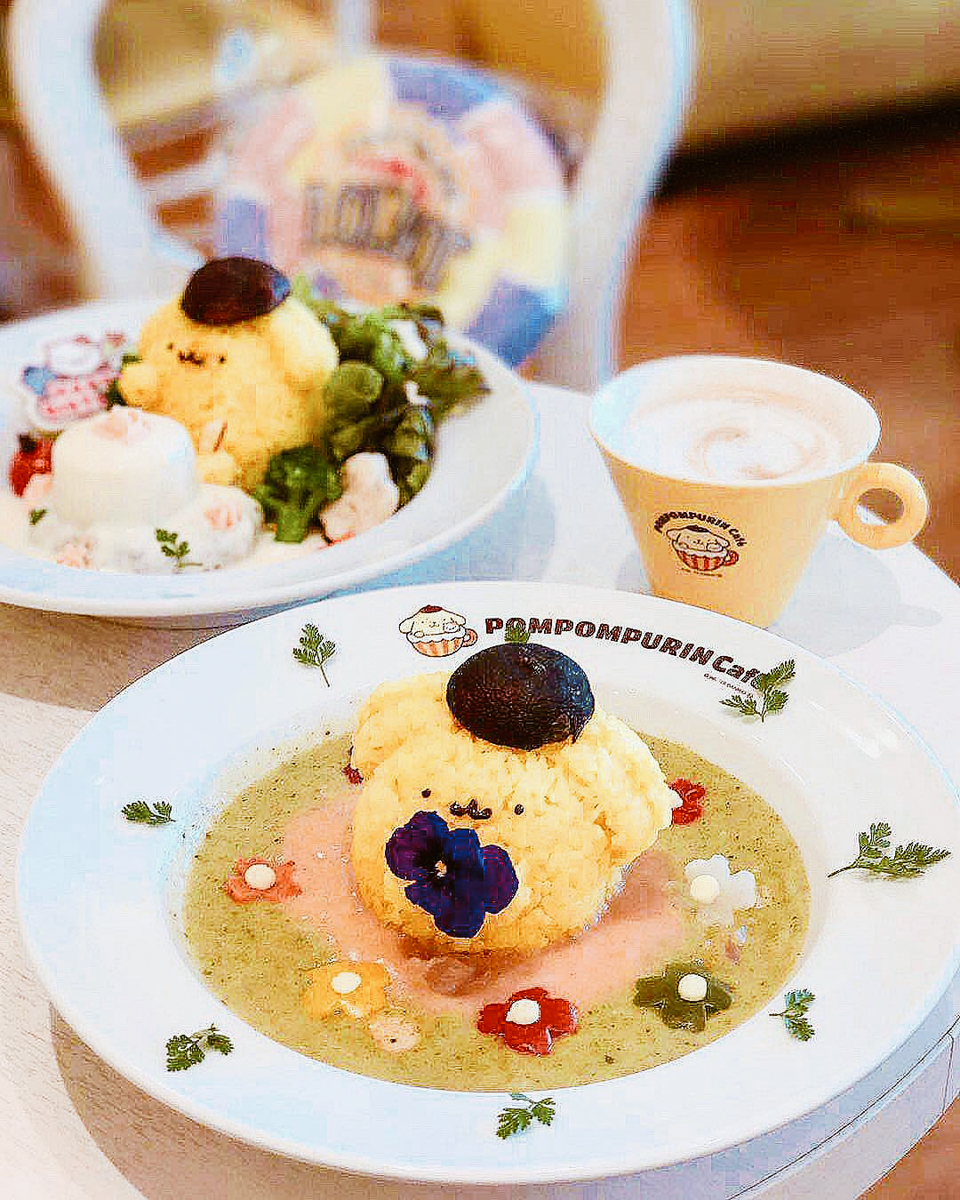
photo credits: thechibirain, littlemomiji, klawsbykatya, xxakira0412xx
Official Website: http://pompom.createrestaurants.com/jp/
Address:
TOKYO: 〒150-0001 Shibuya, 1-7-1 Jingumae, CUTE CUBE HARAJUKU 3F
OSAKA: 〒530-0012 Kita, Shibata, 1−1−3 Hankyu Third Avenue South Building
NAGOYA: 3 丁目-32-6 Sakae, Naka Ward, Aichi Prefecture 460-0008
YOKOHAMA: Yokohama City Nishi-ku 2-1-5. YOKOHAMA SOTETSU SQUARE
Final Fantasy Eorzea Café

photo credit: favy-jp.com
Final Fantasy Eorzea Café is a small sanctuary for all fans of the famous Square Enix game FFXIV. Eorzea takes its name from the region where the video game takes place. Its interiors are beautifully decorated and the café in Akihabara also has a bar where you can order alcoholic beverages.
The food and drinks served at the bar are constantly changing, just like in the game! By ordering different drinks you can receive a collector's coaster and the restaurant has a point collection system with which special goods can be won, in addition to those that can be purchased at the dedicated sales corner.
Reservations must be made at least two hours in advance if you wish to find a place in this space.

photo credit:japantravel.com
Official Website: https://www.pasela.co.jp/paselabo_shop/ff_eorzea/
Address:
TOKYO: 2F, 1-1-10 Sotokanda, Chiyoda-ku,
OSAKA: 4F Pasela Resort, 1-4-27 Dotonbori, Chuo-ku, Osaka-fu
Cinnamoroll Café

photo credit: sanrio.com
Cinnamoroll, a white puppy with long ears, blue eyes, and a curly tail, is one of the most adorable characters of the Sanrio brand. The environment of this café creates an extremely relaxing atmosphere thanks to its delicate colors and its irresistible dishes. Here it is possible to taste the Omu rice, the Stroganoff fillet, the special Shortcake and some seasonal dishes. There is also a shop with limited edition goods.

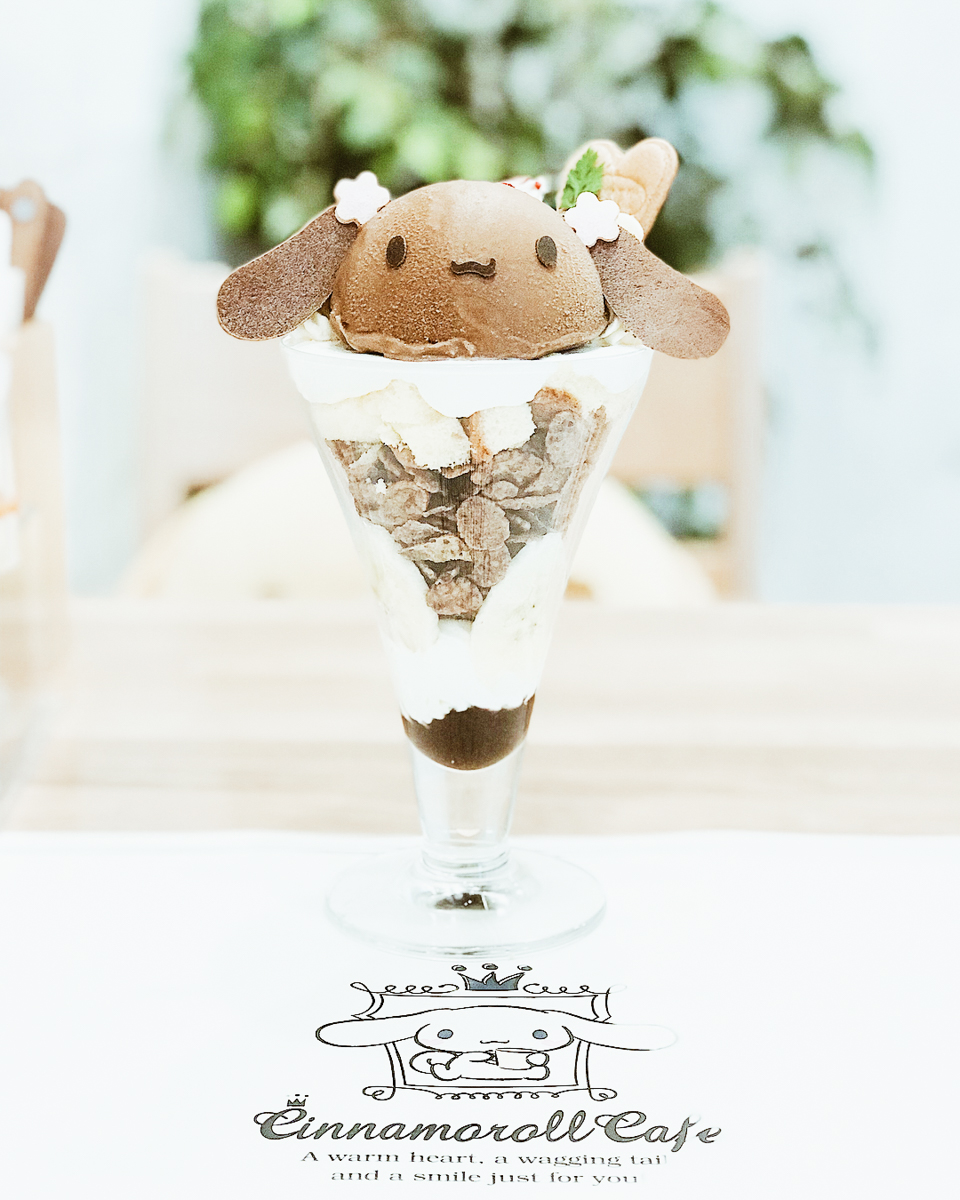

photo credit: rainbowholic, Japan Italy Bridge, rietiru
Official Website: http://www.cinnamorollcafe.com/shinjuku/
Address: Shinjuku Marui Annex 3 Chome-1-26 Shinjuku, Tokyo 160-0022
Gudetama Café

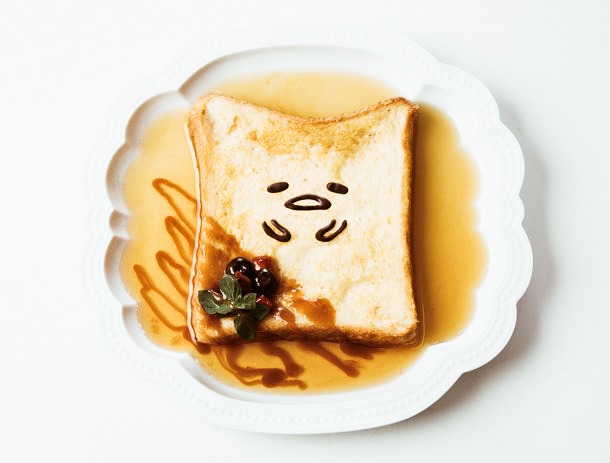
photo credits: digjapan.travel, picsunday.com
Gudetama is a lazy egg who thinks that everything is mendokusai (a pain) and never has any motivation. And he is the protagonist of the cafe located on the seventh floor of HEP FIVE, a shopping center near the Umeda station in Osaka. Recognizable thanks to its designs, this café offers an exquisitely evolving menu that reflects the lazy and unmotivated nature of its character, in an environment that combines all the shades of pastel yellow with large plush toys by Gudetama in its classic lazy poses.
Cups, magnets and gadgets of various kinds are available to be purchased to bring with you the memory of the most lethargic experience ever!


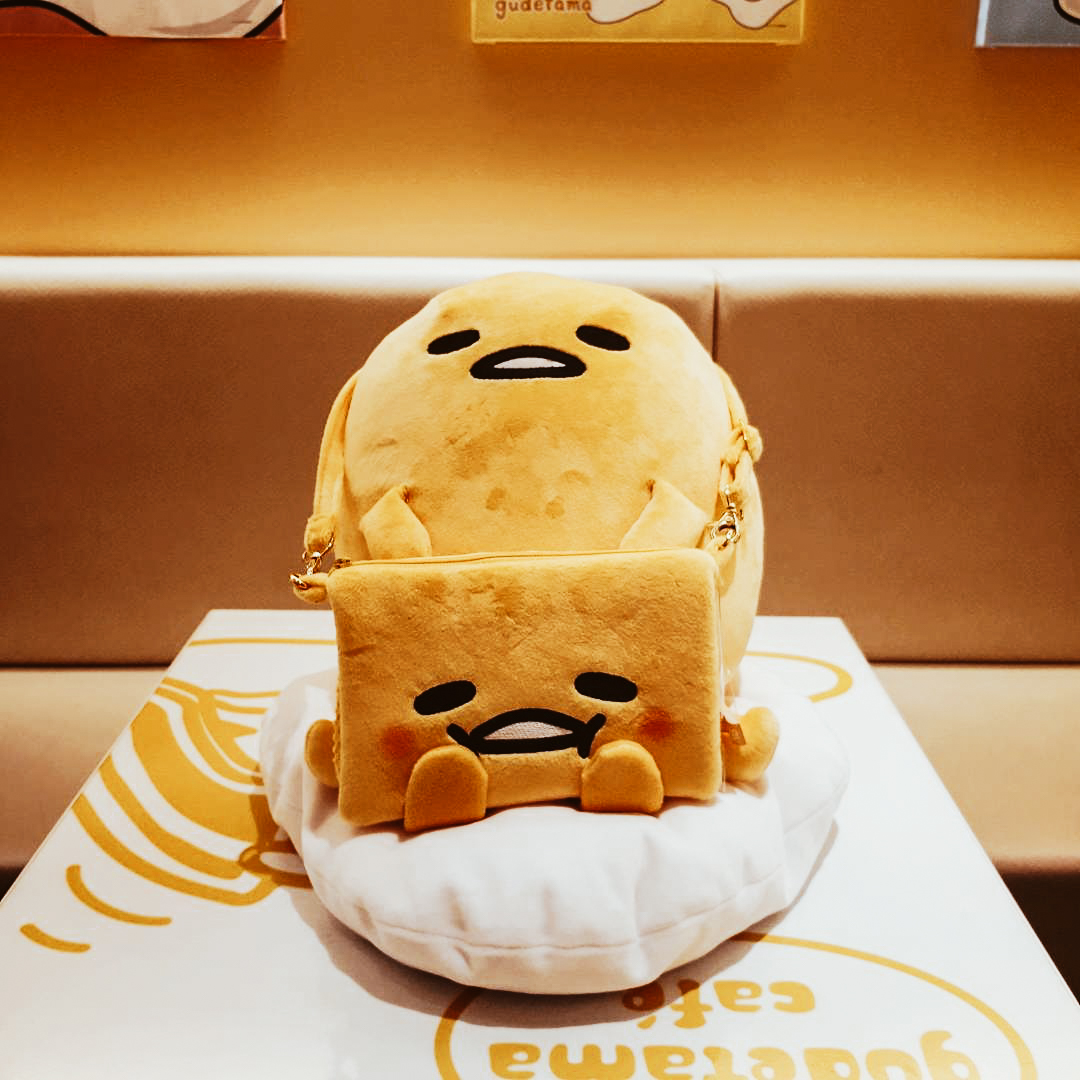
photo credits: gudetamacafe_hepfive, cafe_shirokuma
Official Website: http://gudetama.createrestaurants.com/jp/info.html
Address: 〒530-0017 Osaka, Kita-ku, Kakuda-cho 5-15, HEP FIVE 7F
Peter Rabbit Garden Cafe
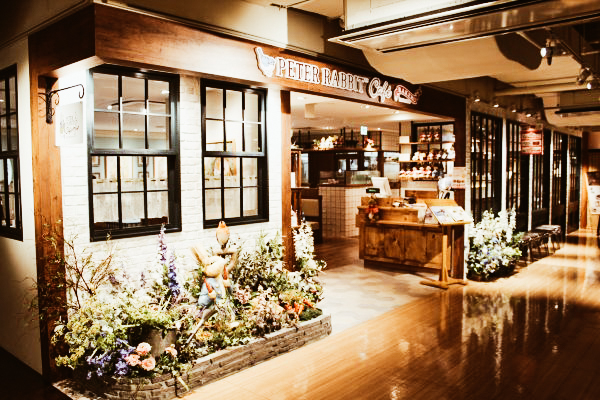

photo credits: japantravel.com, blog.we-are.com
Through the winding streets of Jiyugaoka in Tokyo, a small garden café is hidden, inspired by the stories told in the world of Beatrix Potter whose protagonist is Peter Rabbit. The atmosphere inside the cafeteria is very welcoming and inviting. The blue and white checkered tablecloths cover every table that is decorated with the author's books that you can read and draw on and, sitting next to the customers, you can find the stuffed animals. The wooden floors and furniture give warmth to the environment while various photographs are hung on the walls. On the shelves we find flowers, woven baskets, gardening tools and small objects that evoke images of the picturesque English countryside. Every dish on the menu is carefully designed and, of course, there is a small section dedicated to souvenirs if you want a small piece of sweetness to keep as a souvenir.

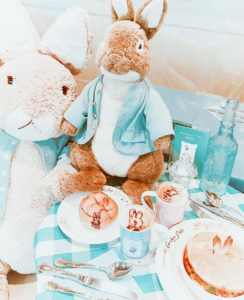

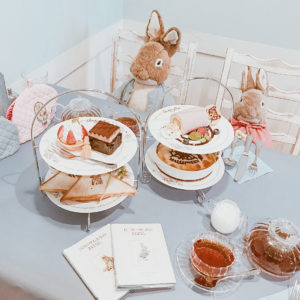
photo credit: nemui_ohirune_shitai, luv_barbie_pink, lolitandthecity, curetofficial
Official Website: http://www.peterrabbit-japan.com/cafe/
Address: 1 Chome-25-20 Jiyugaoka, 目黒区 Tokyo 152-0035
Pokémon Cafe
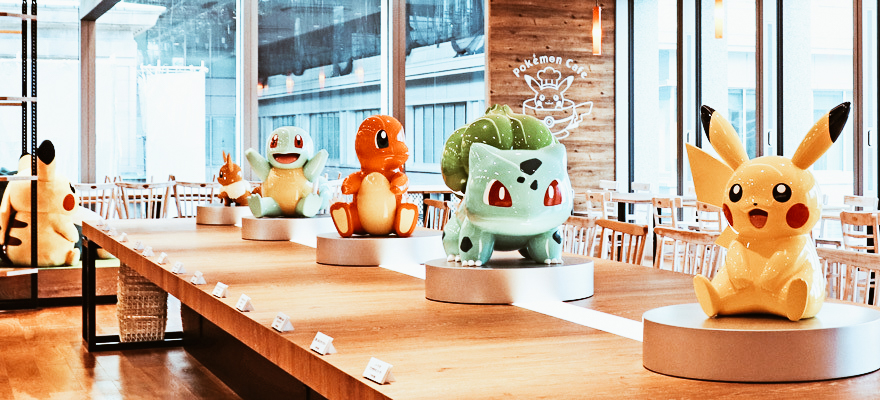

photo credit: digjapan.travel, jw-webmagazine.com
Have you ever dreamed of shouting "Gotta catch'em all!"? You may not be able to do it literally, but the most loyal fans will find joy at Pokémon Café. Opened in 2018 and associated with the Pokémon Center DX, this restaurant is spacious and bright, furnished with simplicity and minimalist decorations, with wooden floors and large tables.
As in any self-respecting character café, Pokémon-themed food and drinks are available, in addition to the seasonal menu available only for a limited period of the year. The unique gadgets always attract collectors. In fact only here is it possible to find poke-thermos, Pikachu stuffed animals in a cook version and the famous Pokéball-shaped cups! Unlike other cafes, online booking is required in advance as the seats are highly sought after.
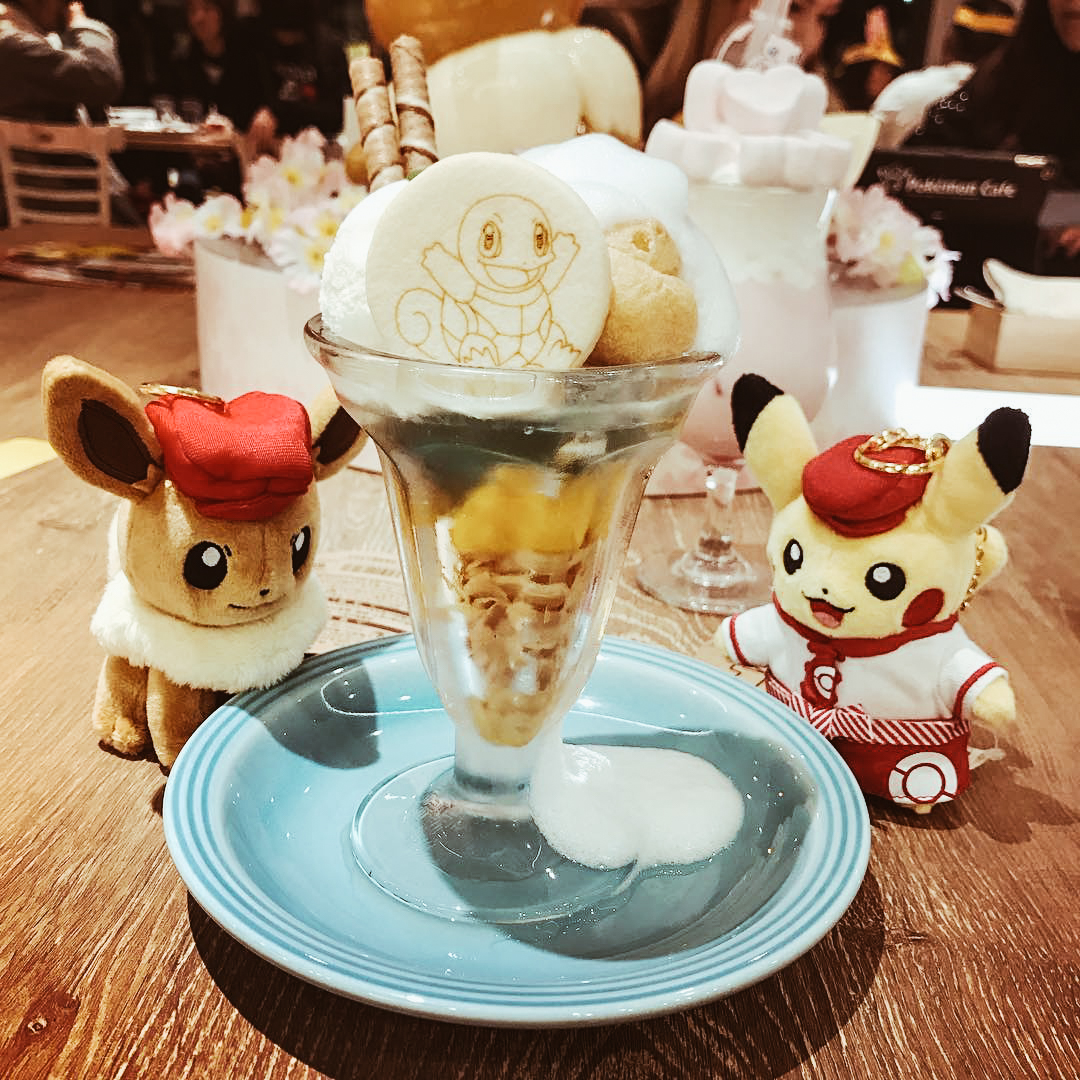

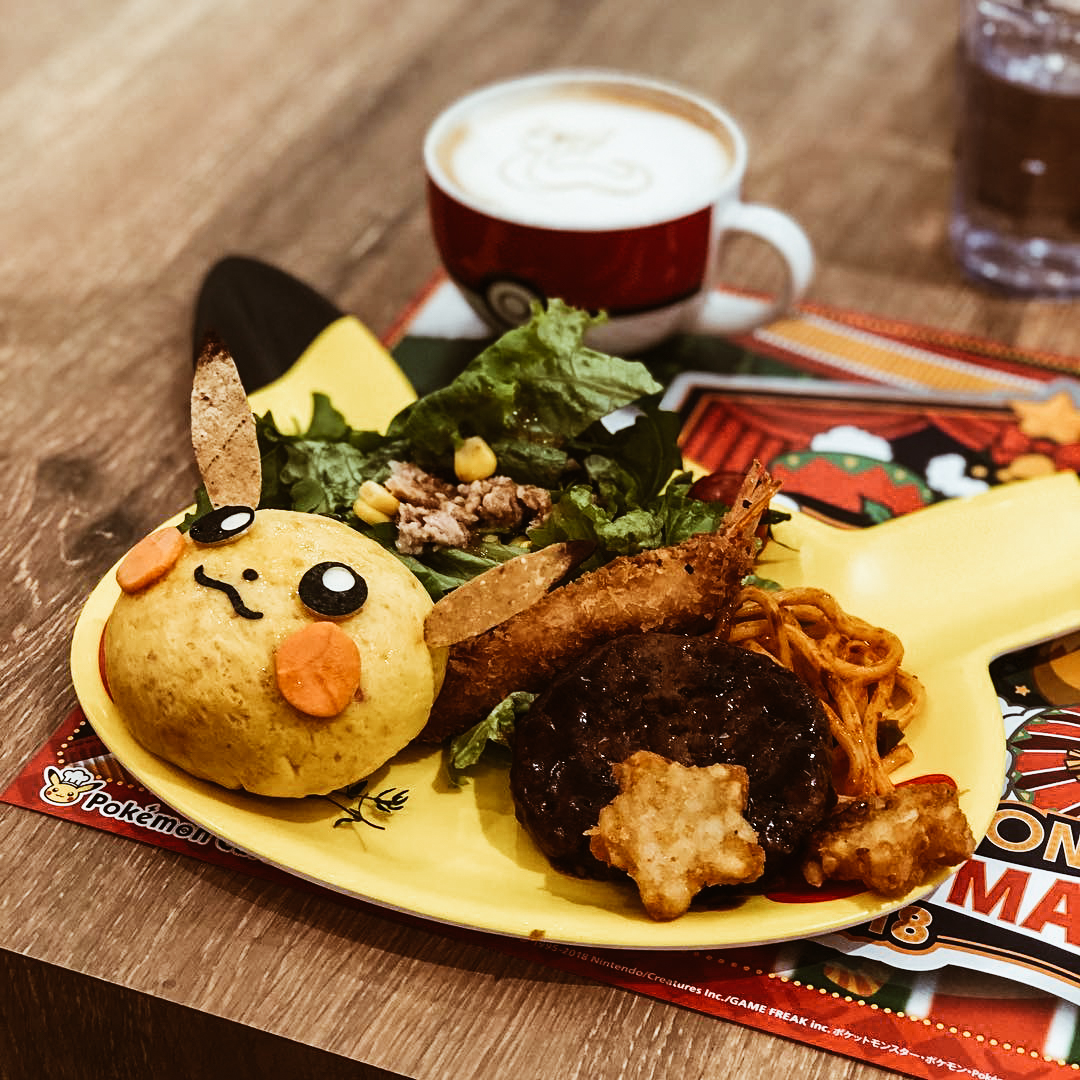
photo credit: nane0v0, xx.asu.pika.025.xx, hanrutmoe
Official Website: https://www.Pokémoncenter-online.com/cafe/
Address: 2-1-2 Nihombashi | Nihombashi Takashimaya SC East Bldg. 5F, Chuo 103-0027, Tokyo
Shiro-Hige’s Cream Puff Factory
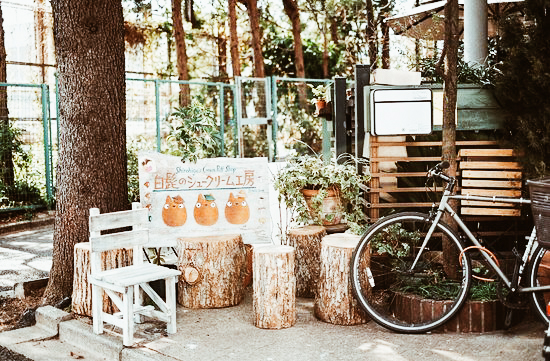

photo credit: tripadvisor.com, trip101.com
A solitary sign with 3 small painted Totoro signals the existence of this small café in the quiet neighborhood of Daita, hidden among many plants and tree trunks. Adorable puffs inspired by the famous Studio Ghibli creature are served in various flavors. From traditional vanilla and chocolate to seasonal matcha, white peach and Adzuki beans. But if your stomach demands something more, just go up to the second floor, to the Toto Café where tasty pasta dishes are served with iced coffees.
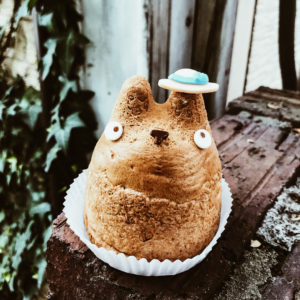


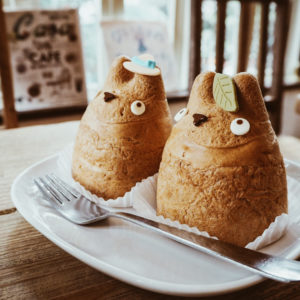
photo credit: onetheycallbela, eliseaki, cooki3zz
Official Website: http://www.shiro-hige.com/main/
Address: 5-3-1 Daita, Setagaya 155-0033, Tokyo
Shirokuma Cafe - Polar Bear’s Café

photo credit: tripzilla.com
Shirokuma-san, the big polar bear who stars in the manga written by Aloha Higa and owner of a bar that welcomes animal and human friends, is also the inspiration for this cozy café. Lots of masterfully modeled bear-and-panda shaped dishes will inspire customers to take lots of photos, captivated by their beauty and tenderness. The restaurant is cozy and guests can pose for many souvenir photos with adorable cartoon characters, while children can have fun in the corner dedicated to them, full of toys and a television! Do not miss the small shop where you can find soft stuffed animals, notebooks, t-shirts, bags, stationery and bento boxes.

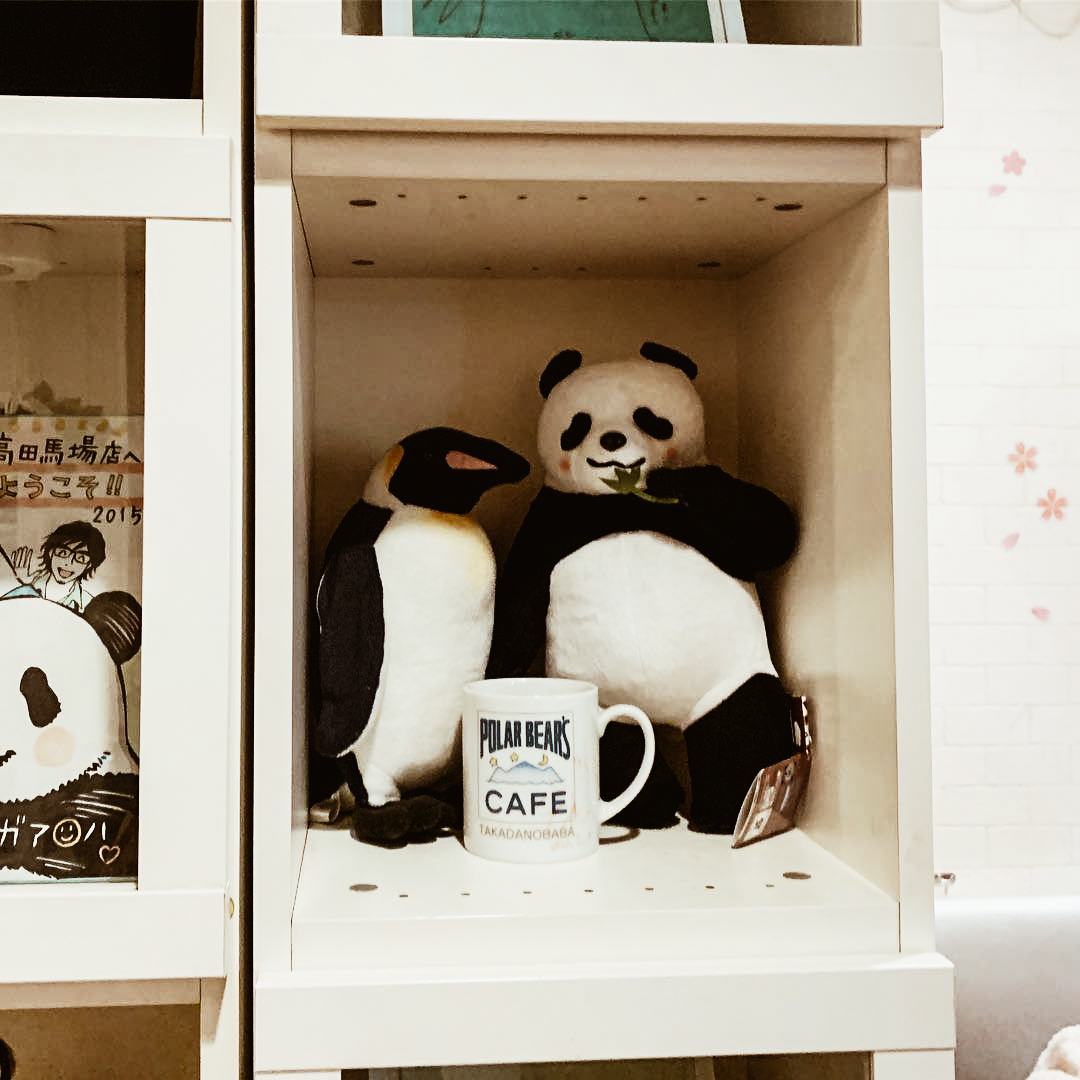
photo credit: chillintokyo.wordpress.com, airvarie
Official Website: http://www.shirokumacafe.net/.en/
Address: Tokyo-do Shinjuku-ku Takadanobaba 2-1-2 TOHMA takadanobaba 1F
Alice in Wonderland Café - Alice's Fantasy Restaurant
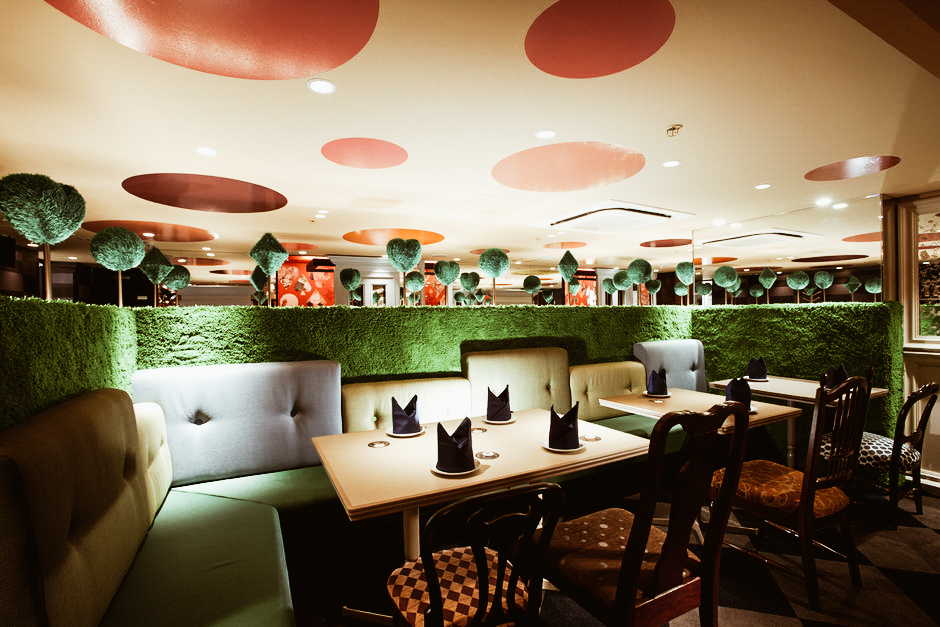

photo credit: materialicious.com, yanderette
Five restaurants inspired by the Lewis Carroll novel have permanent locations in Japan.
Each of them is extraordinarily engaging and transports visitors to the different scenarios of Alice's world. There are five themes to choose from: the maze, fantasyland, the fantastic book, the magical land, and the old castle. The menu is strictly inspired by British cuisine. To enter the wonderland it is necessary to book online or you can do it in person by going to the restaurant a few days before.
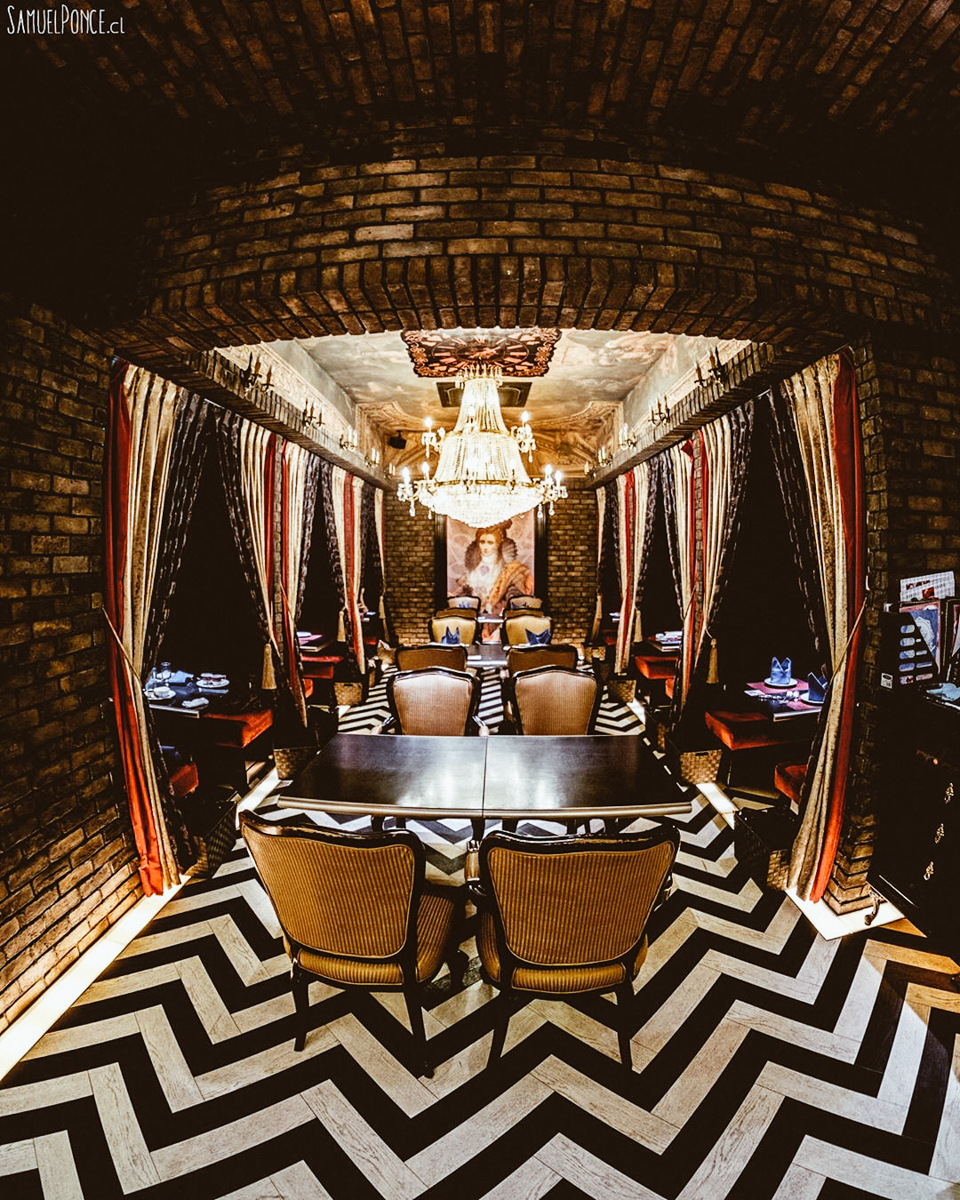
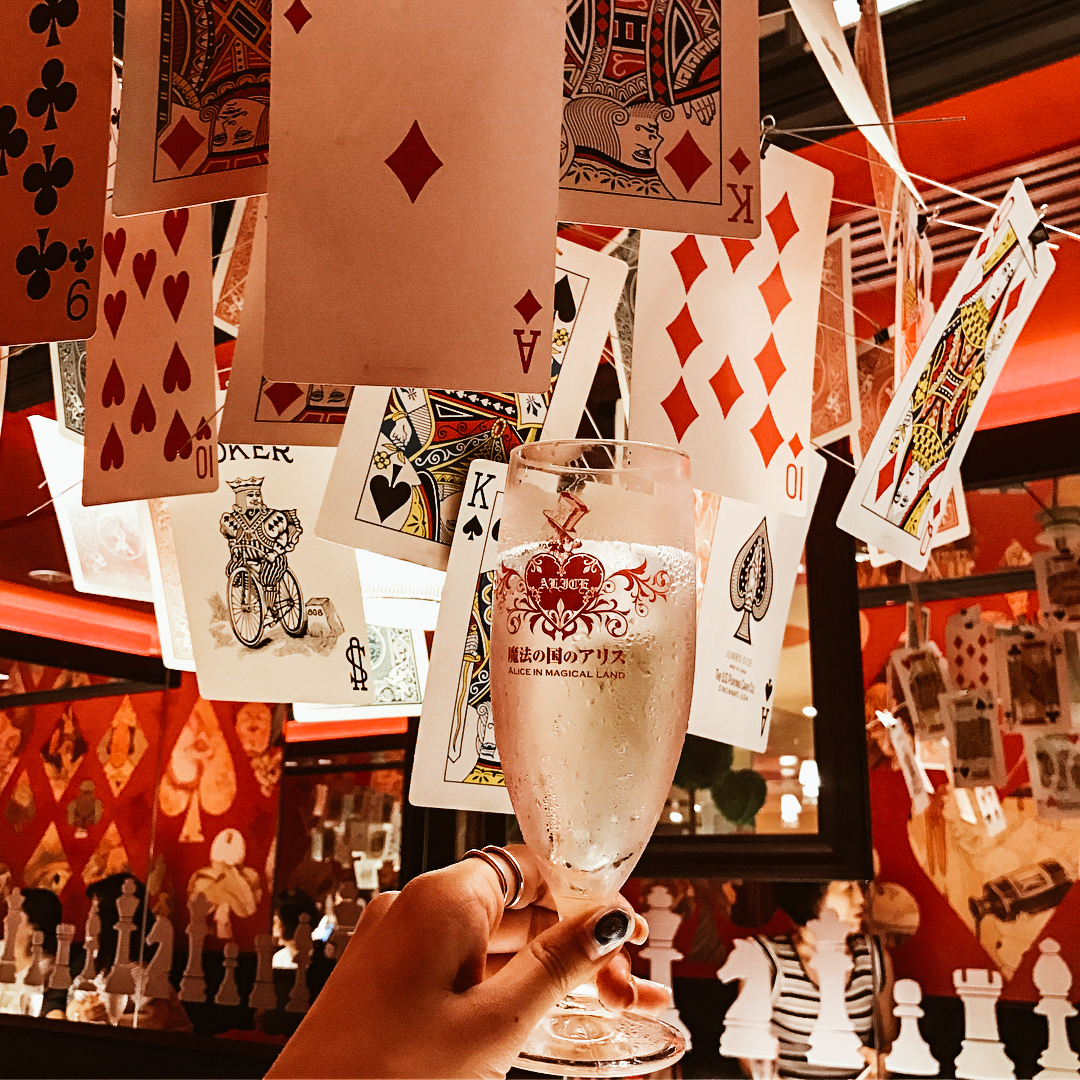


photo credits: samuelponce.cl, satokomorimoto, mydreamsofdisney, kiki_0_0
Official Website: http://www.alice-restaurant.com/
Address:
ALICE IN LABYRINTH (GINZA, TOKYO) 104-0061 東京都中央区銀座8-8-5 太陽ビル5F
ALICE IN FANTASYLAND (UMEDA, OSAKA) 530-0012 大阪府大阪市北区芝田1-8-1D.D.HOUSE1F
ALICE IN FANTASY BOOK (SHINJUKU, TOKYO) 160-0021 東京都新宿区歌舞伎町1-6-2 T-wingビルB2F
ALICE IN MAGICAL LAND (NISHI-SHINJUKU, TOKYO) 160-0023 東京都新宿区西新宿1-5-1 新宿西口ハルクB3
ALICE IN AN OLD CASTLE (IKEBUKURO, TOKYO) 171-0022 東京都豊島区南池袋2-16−8 鈴和ビルB1
Vampire Cafe


photo credit: dd-holdings.jp, ginzavampire
A macabre atmosphere, red velvet curtains, and luxurious chandeliers catapult customers into Medieval Europe, into a real "vampire house". Inside the café, there is even an altar, a coffin and a cross struck by a beam of light to allow total immersion in the gothic world of the legends concerning the creatures of the night. Of course, the menu is also thematic: dishes and cocktails with unique names belonging to the Italian and French cuisine and are served by staff in a vampire costume.
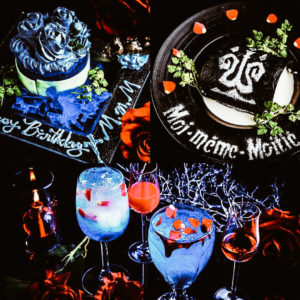
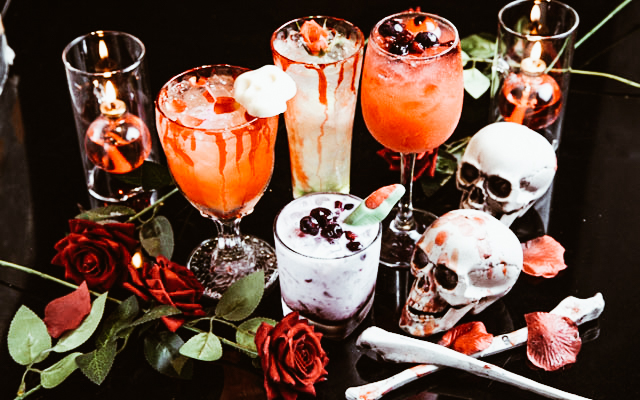
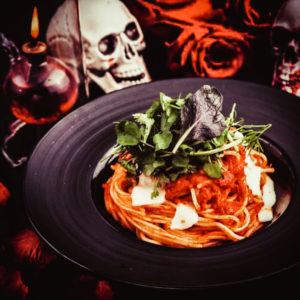
photo credit: prtimes.jp, ginzavampire
Address: 7F, La Paix Bldg., 6-7-6 Ginza, Chuo-ku, Tokyo
Moomin House Cafe
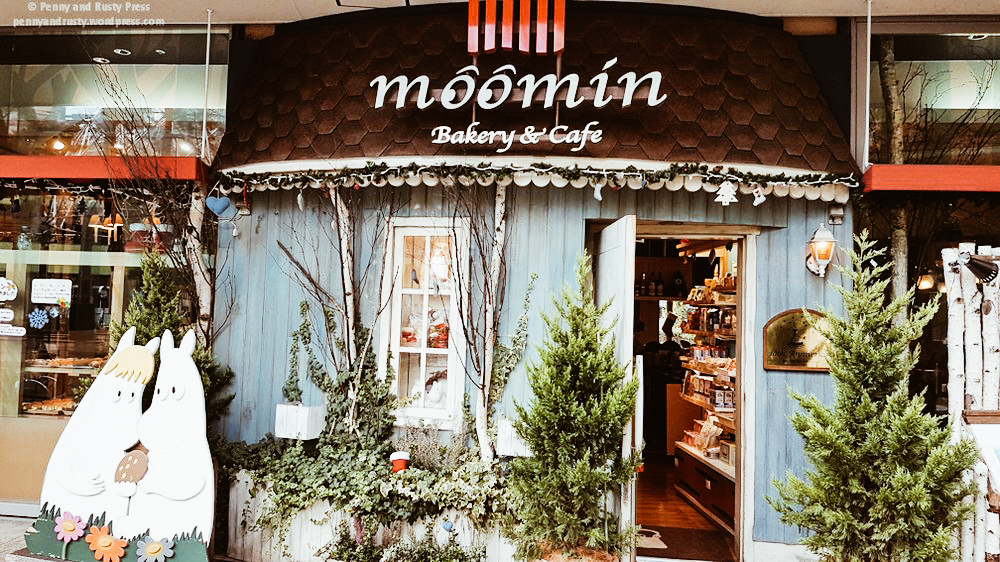
photo credits: yelp.com
The Moomin, despite belonging to the Finnish tradition, have also found a way in Tokyo to welcome fans into their world. The environment recreates the natural woods in which the Moomins live, giving the café that relaxing and timeless aspect whose goal is to allow everyone to have a place to get together and where they can witness many fun moments. Big puppets live in the café and keep company to the lucky visitors who are able to sit next to them. The dishes are tasty and as always perfectly presented to pamper the heart of those seeking a moment of tenderness.
The most famous menu is the "Souvenir Moomin House Pancakes" because the pancakes are served at the table along with ceramic figurines as a souvenir to take away with them.


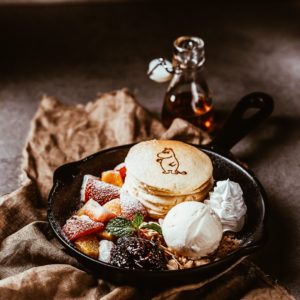
photo credit: moomincafe.jp, japantravel.com, moomincafe
Official Website: https://benelic.com/moomin_cafe/
Address: 1F Tokyo Soramachi, 1-1-2 Oshiage, Sumida-ku, Tokyo
Square Enix's Artnia Cafe
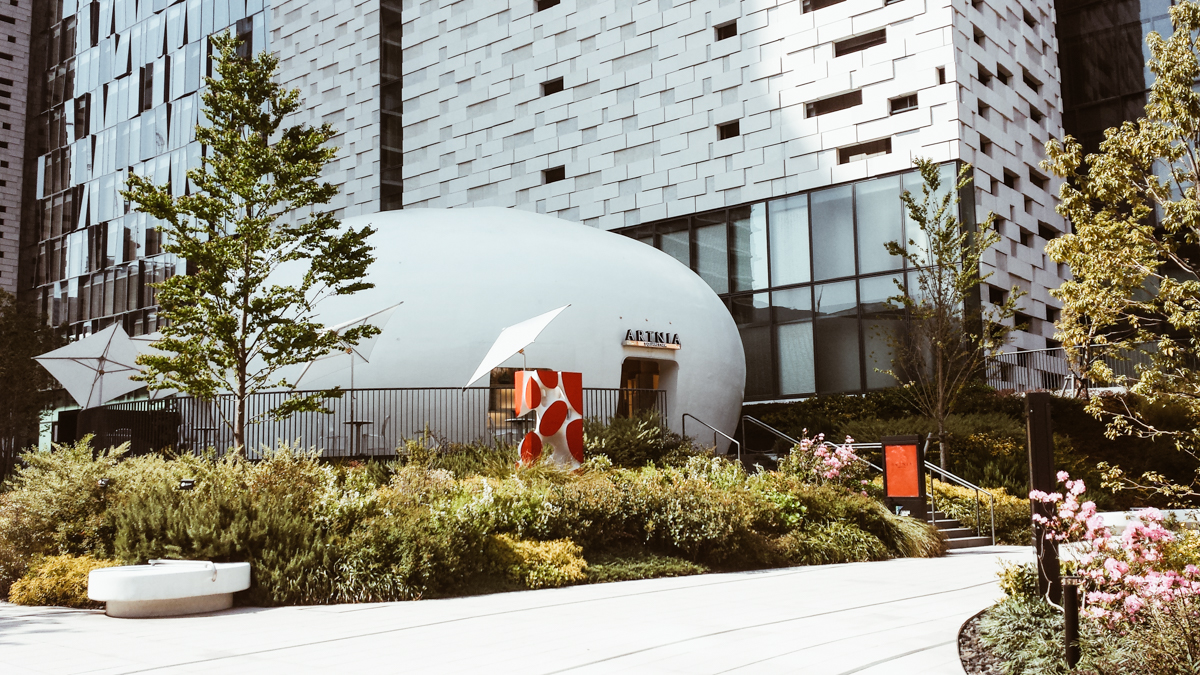
photo credits: sweetkammi.wordpress.com
Located in Shinjuku, Artnia mixes its being Square Enix's official goods store with the café whose dishes are based on the company's prestigious game series. Inside, it’s divided into 3 areas: the "Fancy Area", the area dedicated to the merchandising of Dragon Quest, Final Fantasy and Kingdom Hearts, the real "Café & Bar" that occupies most of the space and the splendid "Luxury Area” located behind the bar and designed in black granite. This luxurious area is a real museum containing replicas of the sagas, statues, works of art and jewels, but it is the fountain that rises in the center to be the real attraction of Artnia. It contains a red crystal suspended inside a waterfall that pours into a pedestal with all the spheres of Materia of various colors.
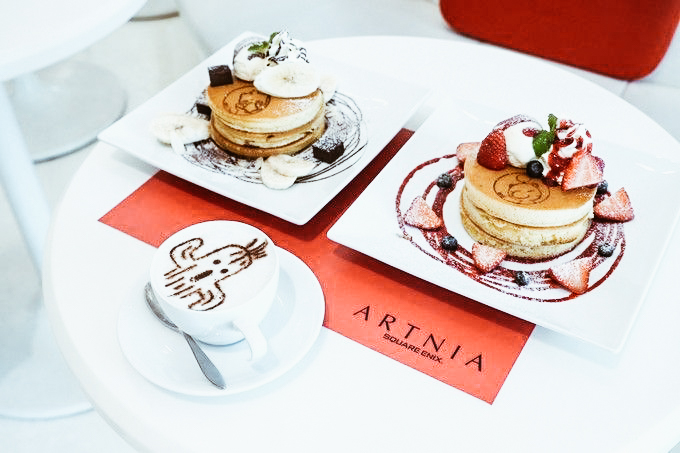
photo credits: favy-jp.com
Official Website: http://www.jp.square-enix.com/artnia/index
Address: 1F Shinjuku East Side Square, 6-27-30 Shinjuku, Shinjuku-ku, Tokyo
Maid Café
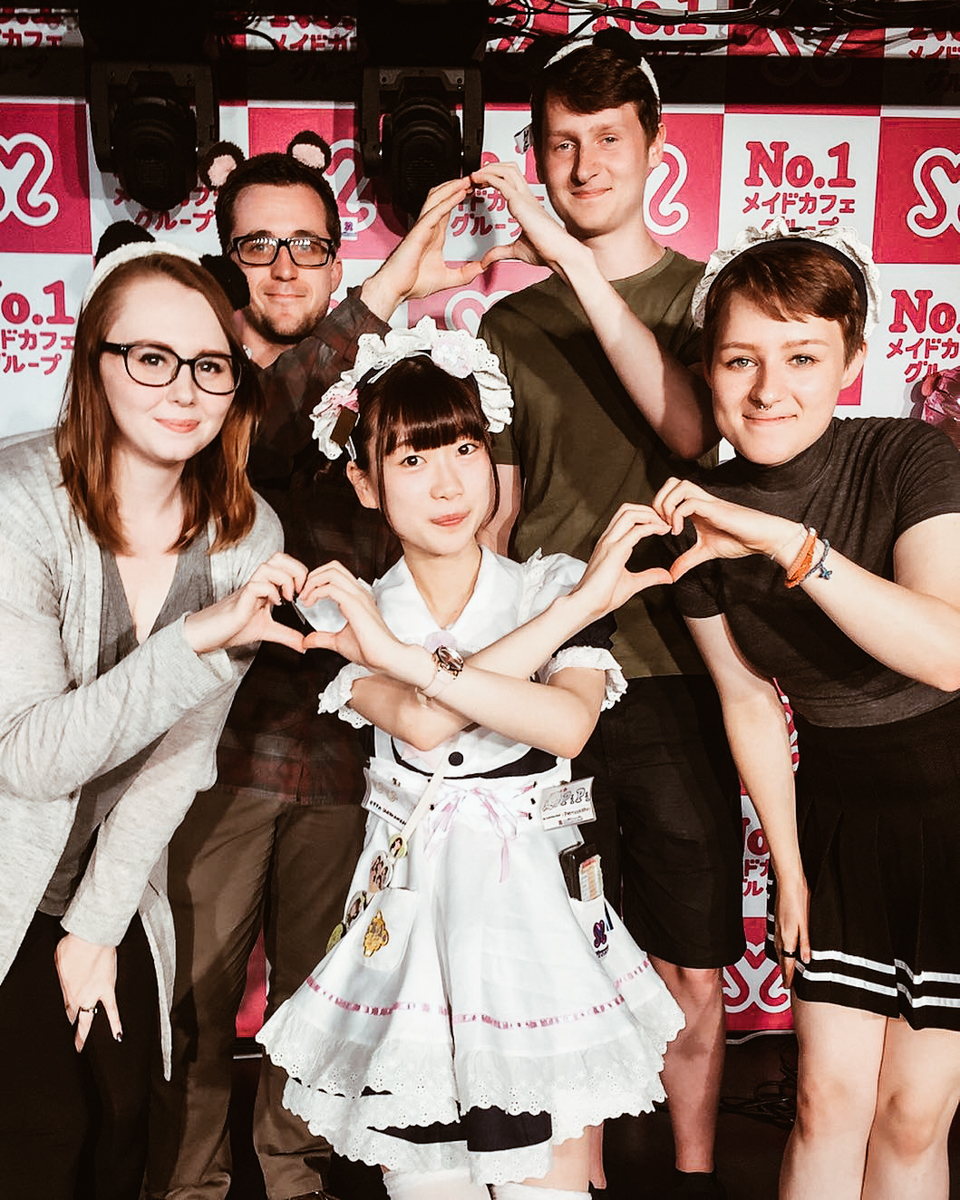
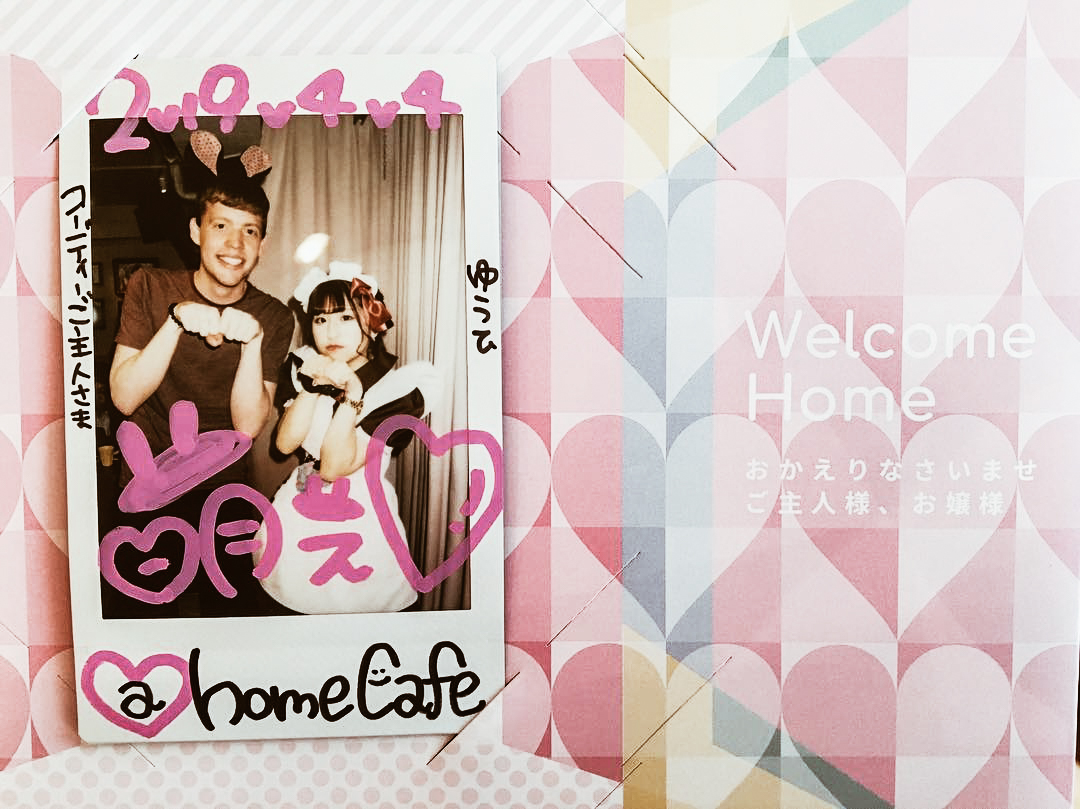
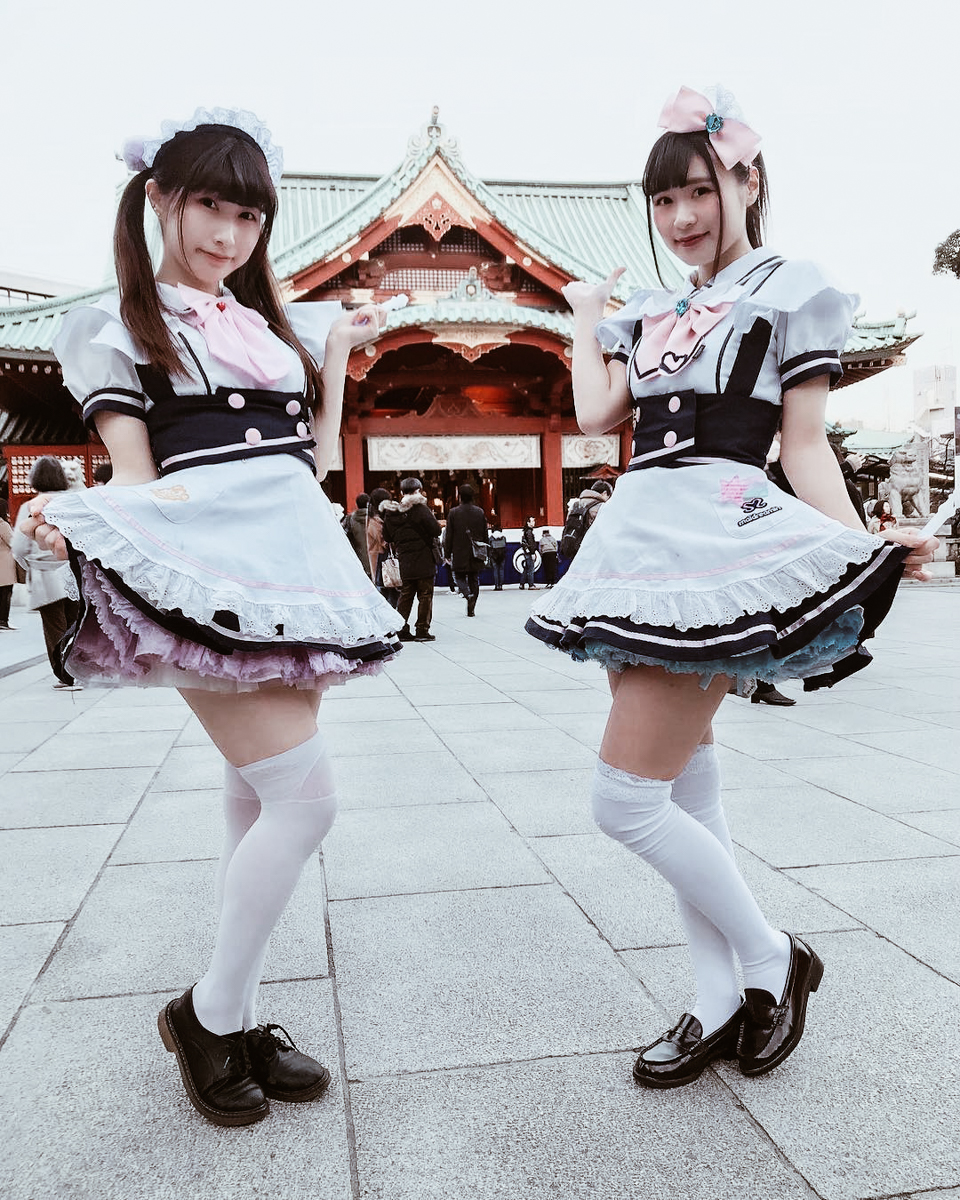
photo credits: cat.m.mayberry, theginger1nch, maidreamin
Better known as "Meido Kissa", the maid cafes are places where customers are served by Victorian-style waitresses, with their clothes full of lace. These maids have the specific task of satisfying customer requests, so the customers are called "Masters" if they are men, or "Princess" if they are women. These places are mostly concentrated in Akihabara and are always full of extremely accurate details. Once inside, a Maid will accompany the visitor who can only stay for 1 hour to the table and will have to choose whether to drink, eat or another of the available proposals. Moreover, the waitresses interact continuously with the customers and if these are not very talkative, then they will start to do ballets and sing little songs. They are very fun and carefree environments, for a more original break than usual!

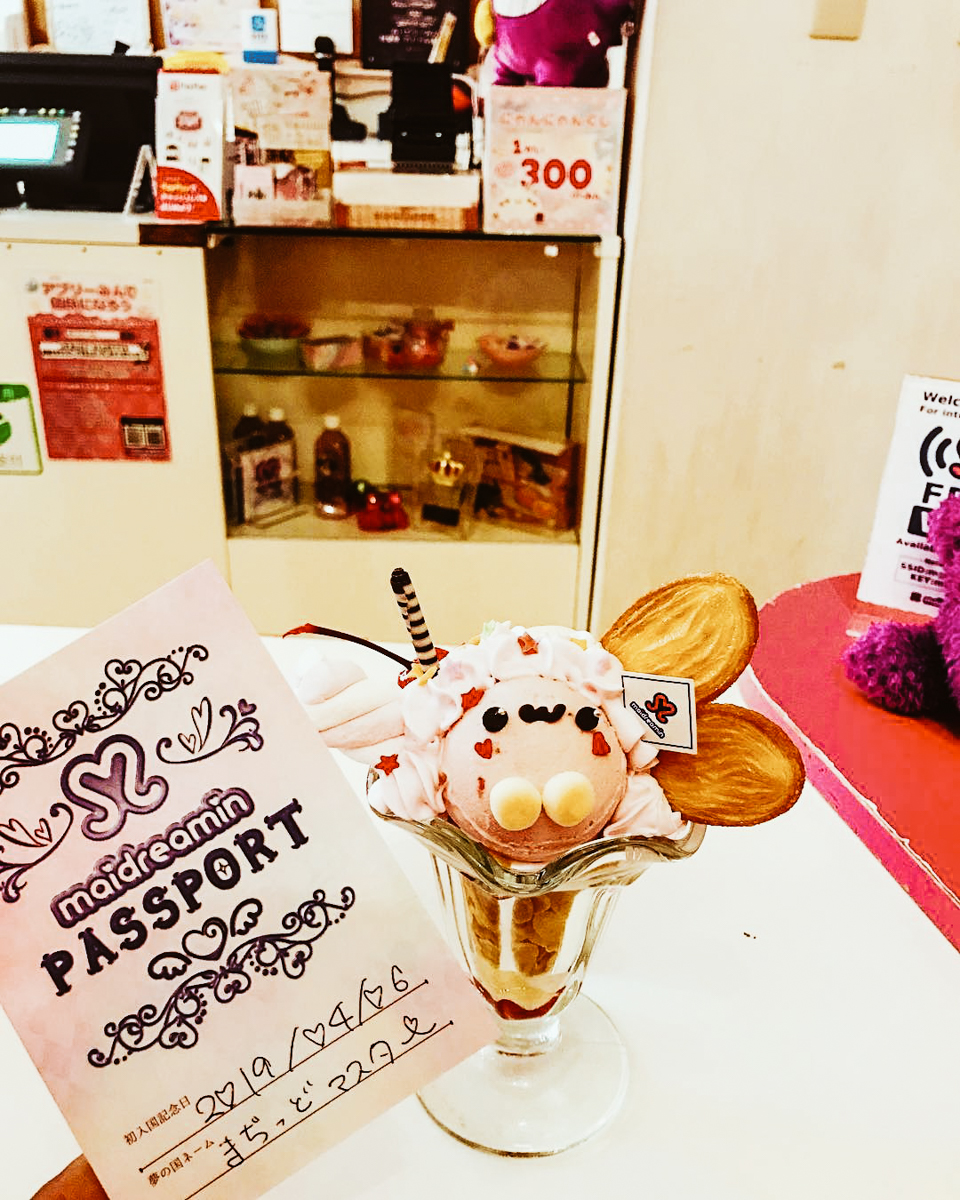
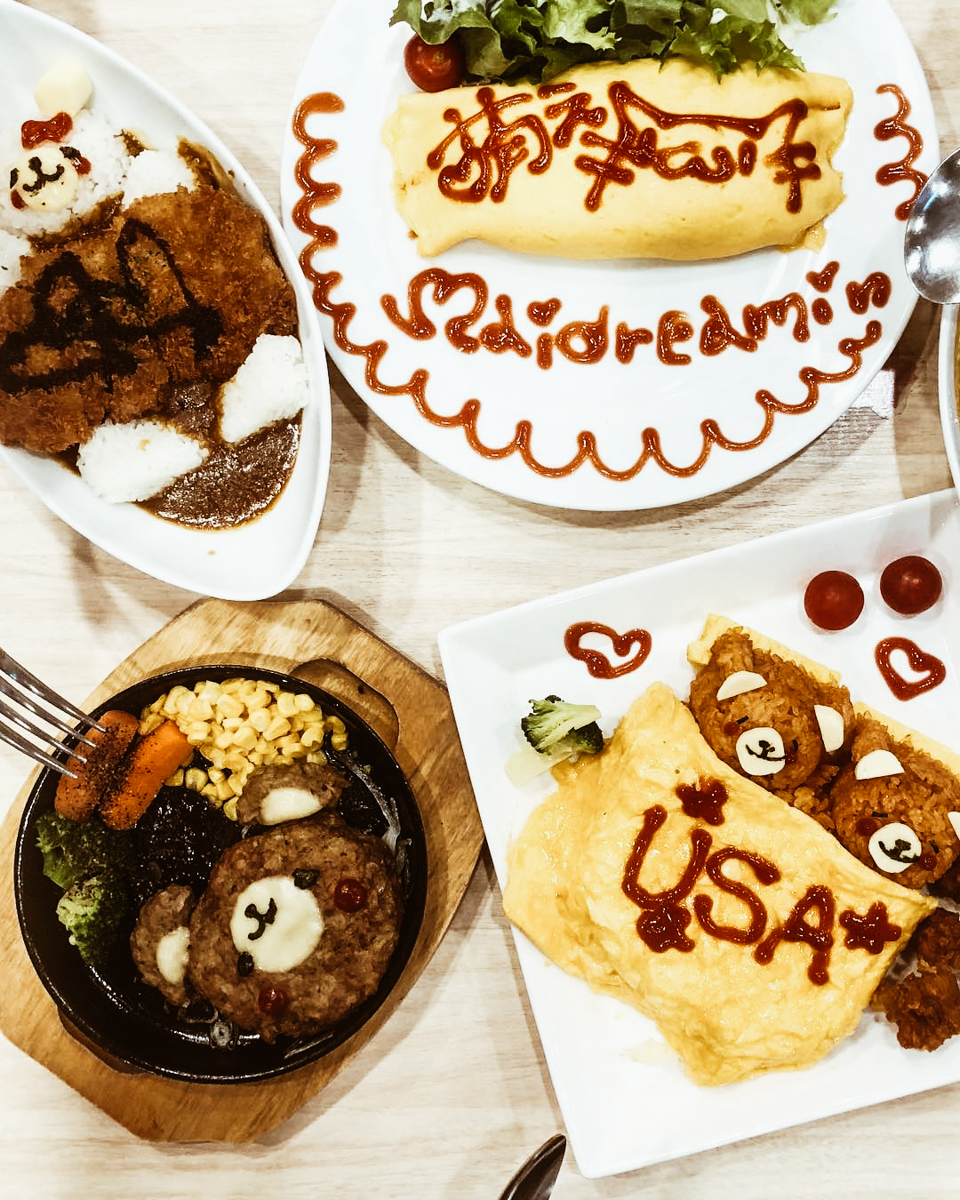

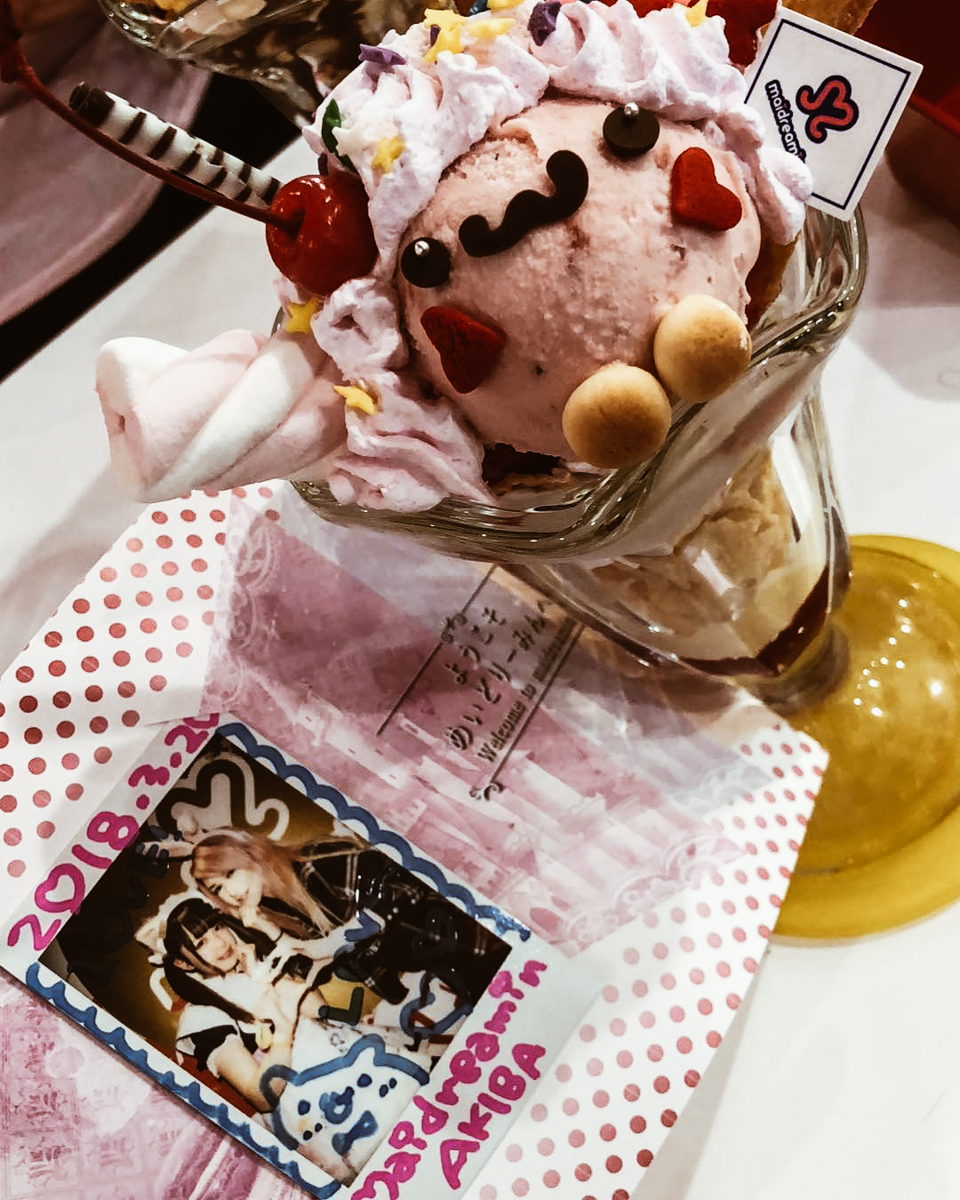
photo credits: wheresmy_dang_food, ranamajid007, pegsfordays, debydraws, m00nvixen
Some of the most popular Maid Cafes:
At-Home Café, 1-11-4 Sotokanda Mitsuwa Bldg. 4-7F, Chiyoda 101-0021 Tokyo, https://www.cafe-athome.com/info/
MAIDREAMIN, head store: Sumiyoshi BLDG.6F 3-16-17 Sotokanda Chiyoda-ku Tokyo 101-0021 https://maidreamin.com
MELCAFE, 4 Chome-9-9 Nipponbashi Naniwa-ku Osaka-shi, Osaka http://mel-cafe.com







